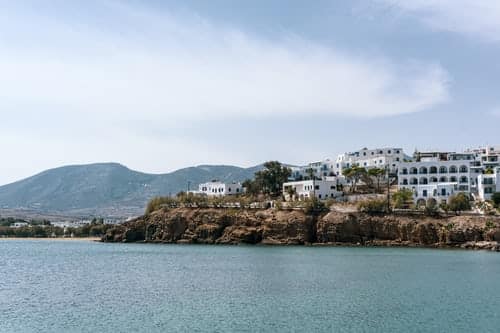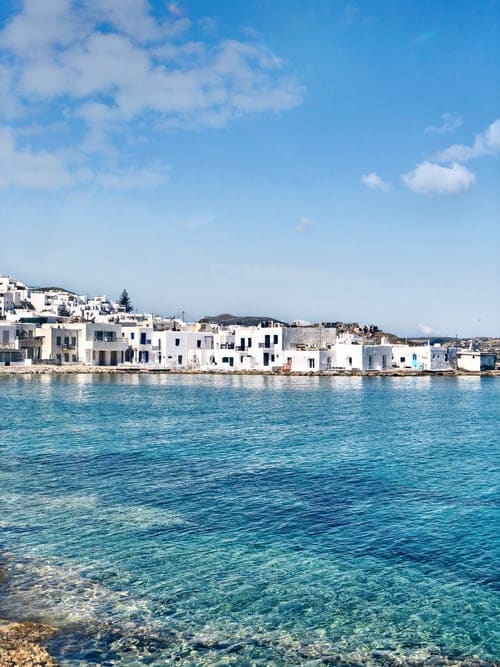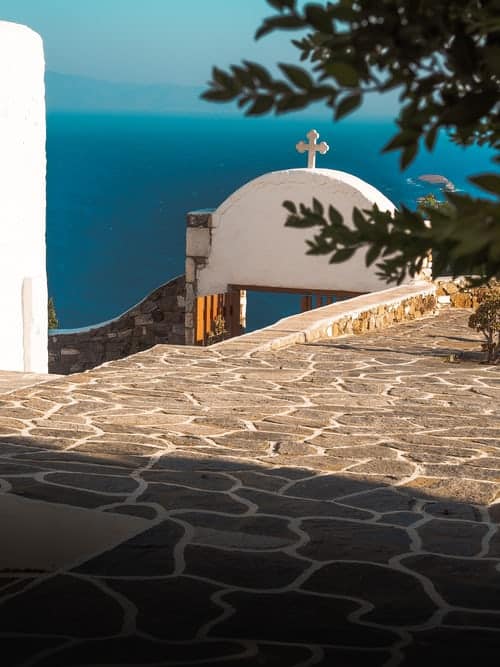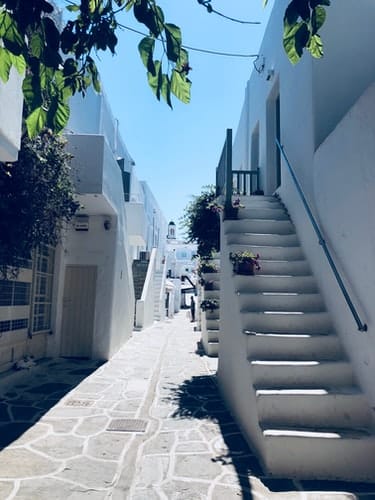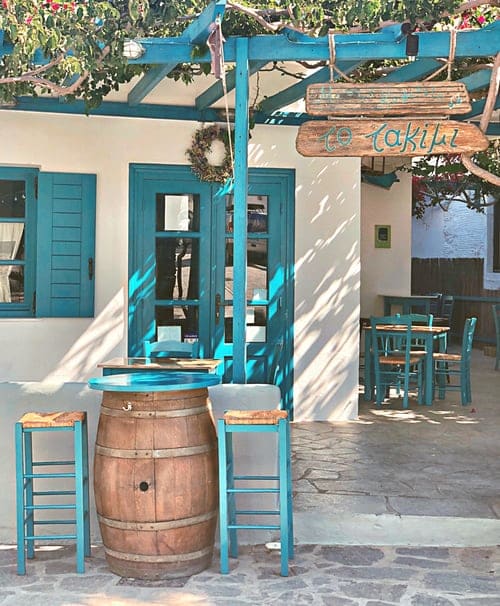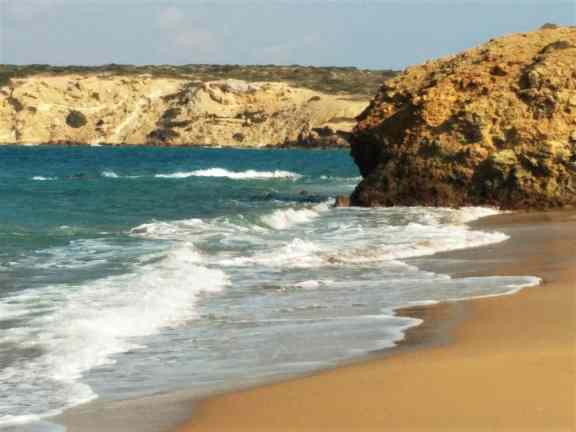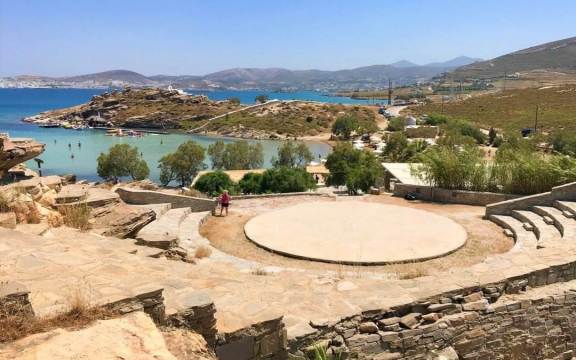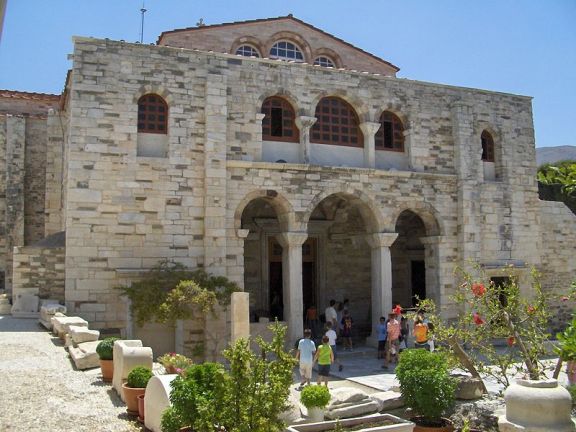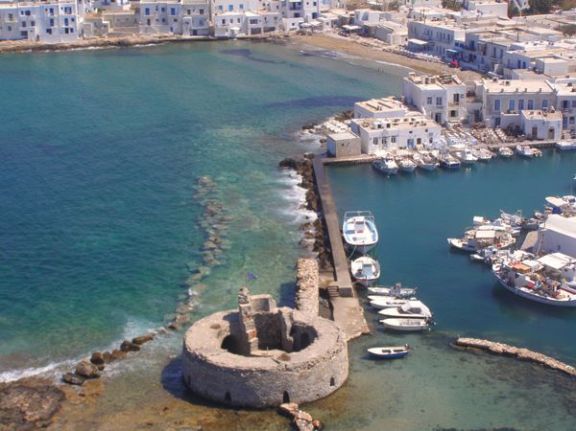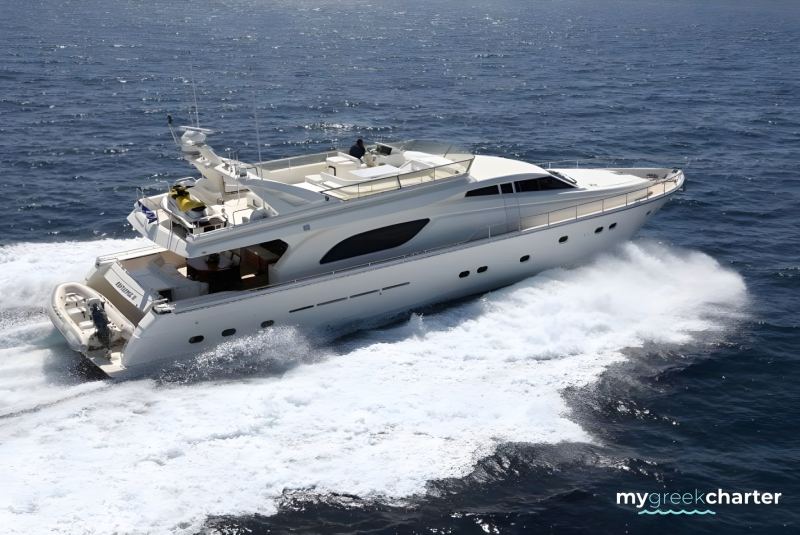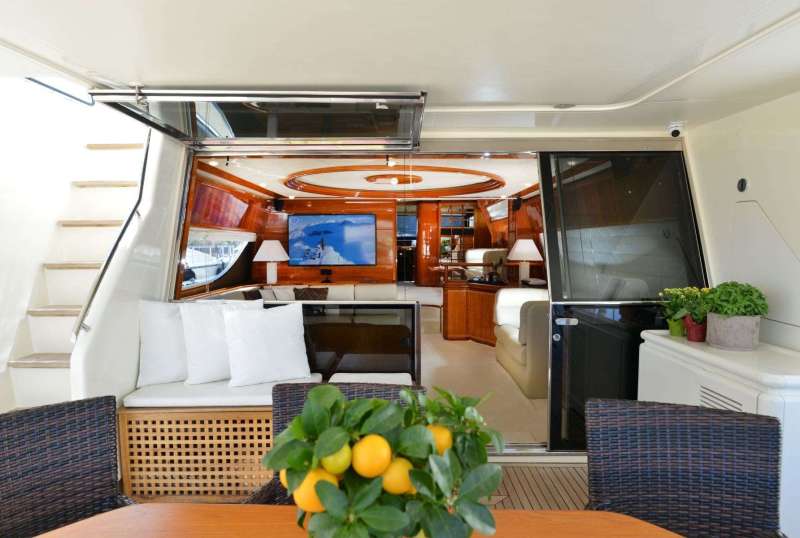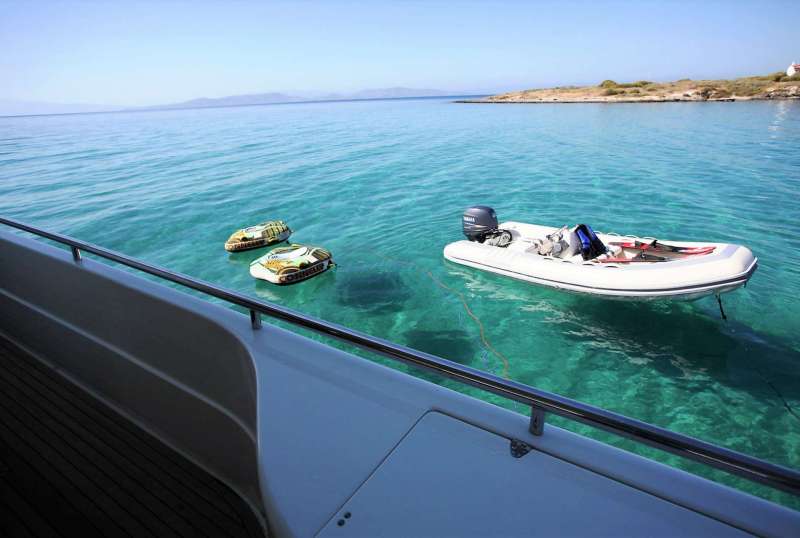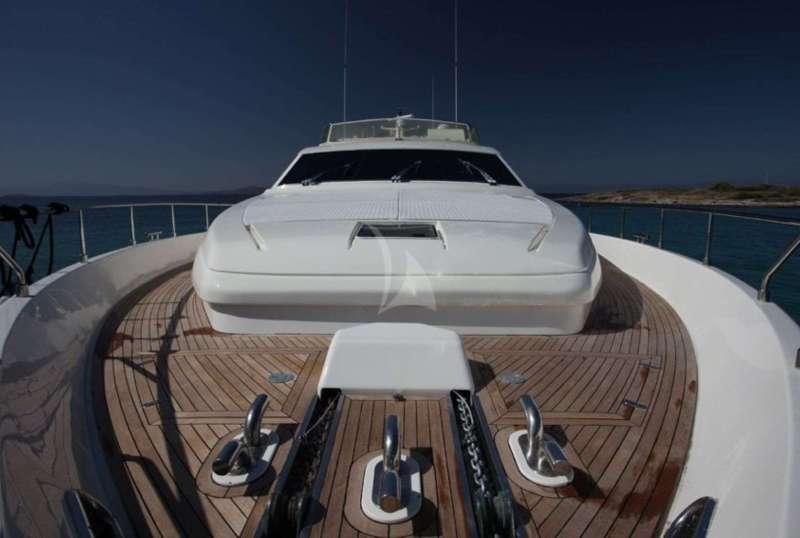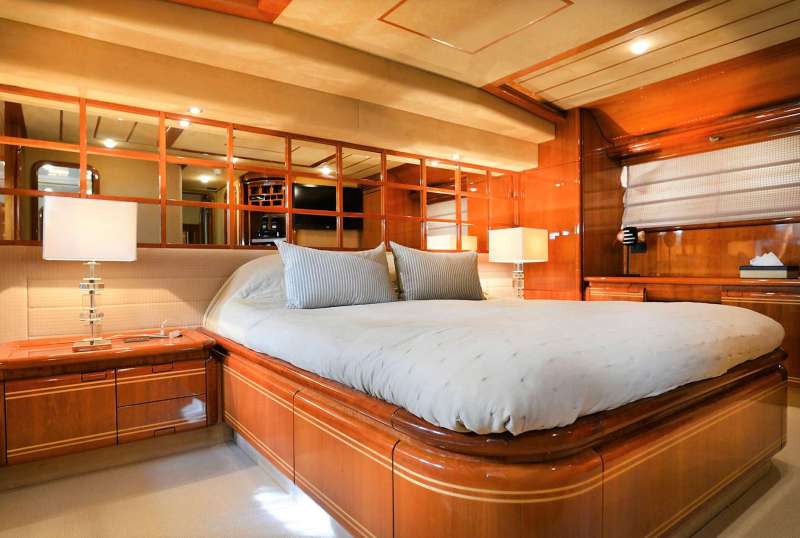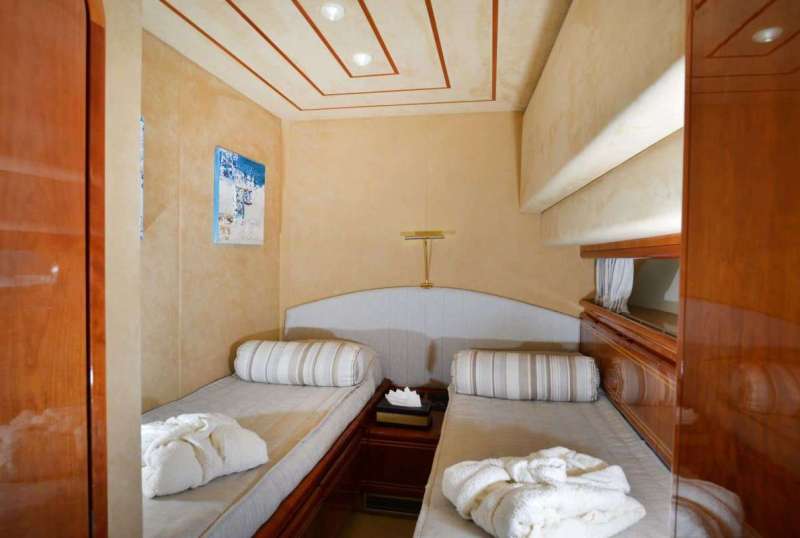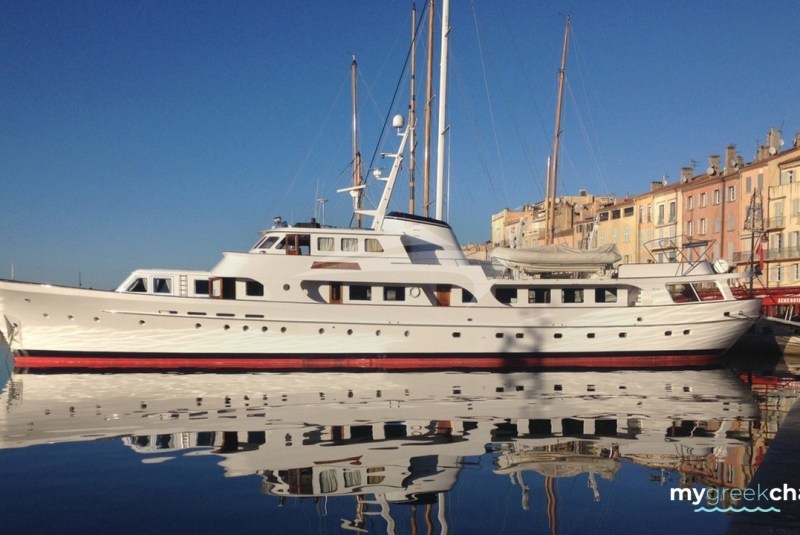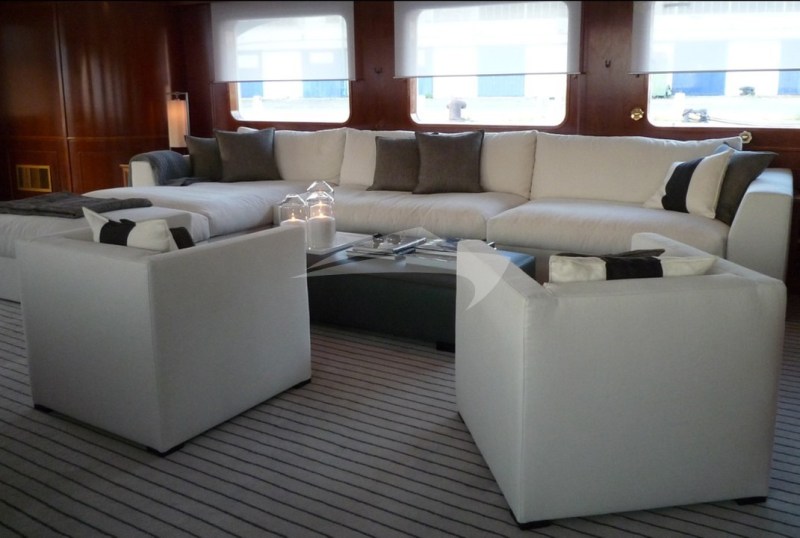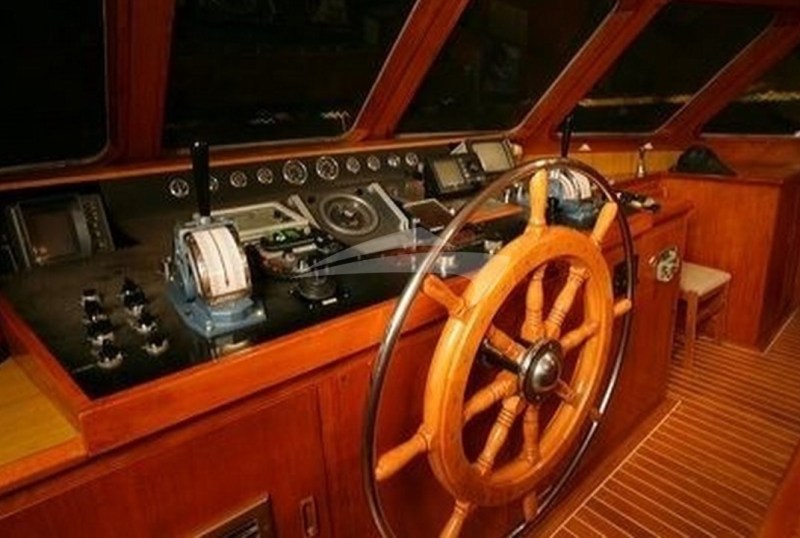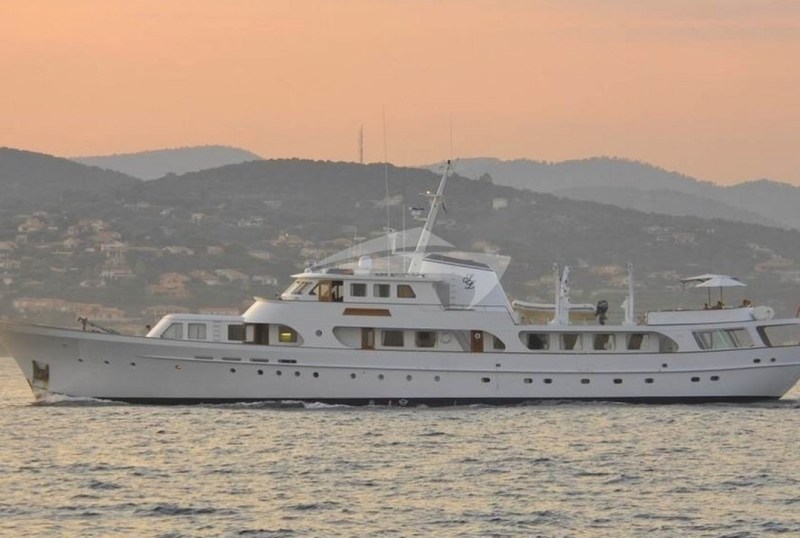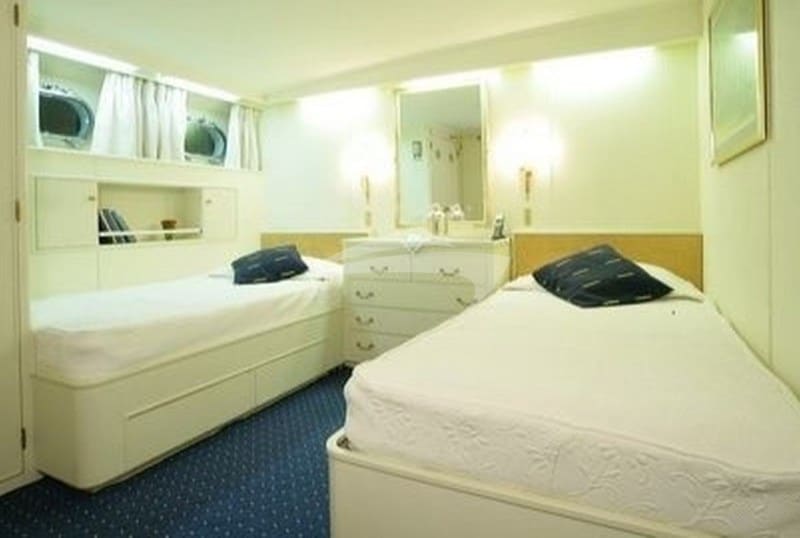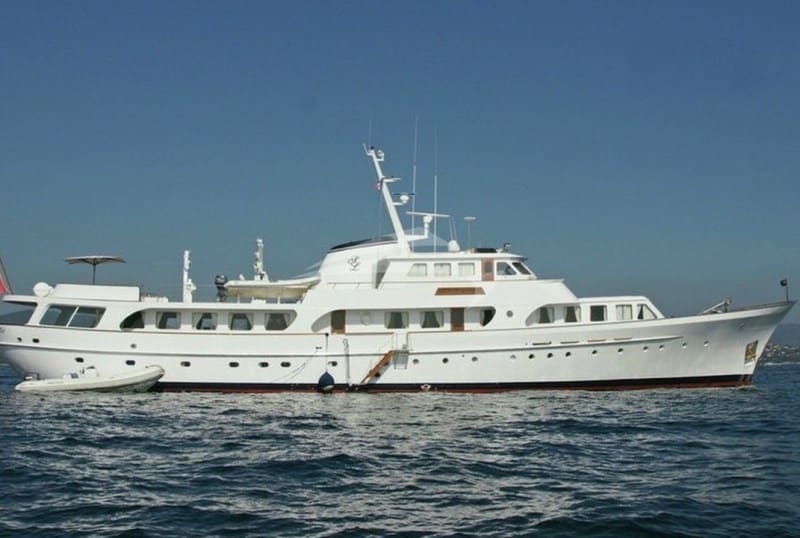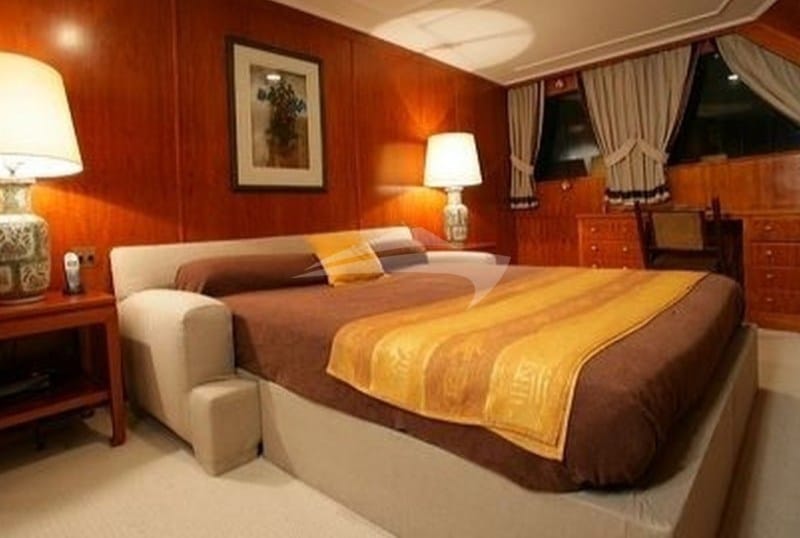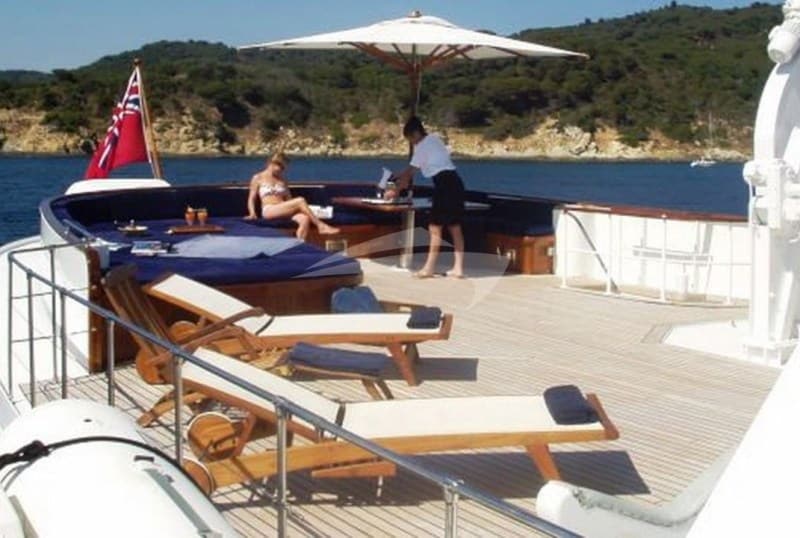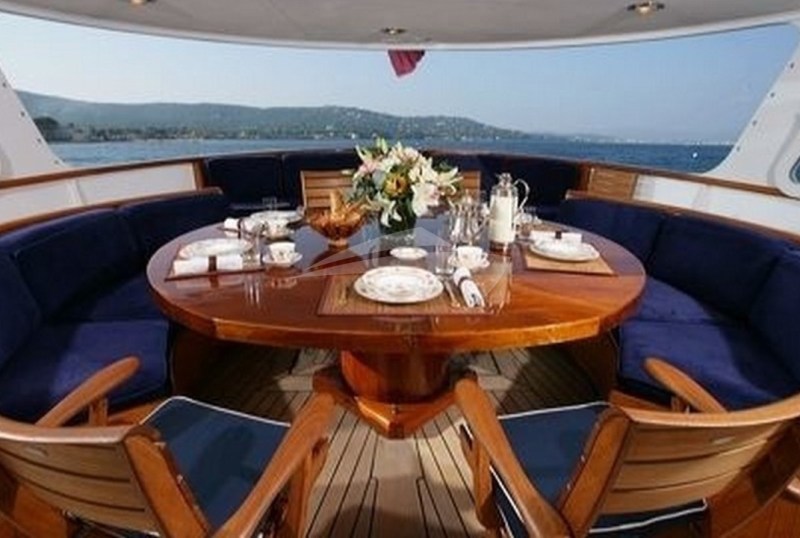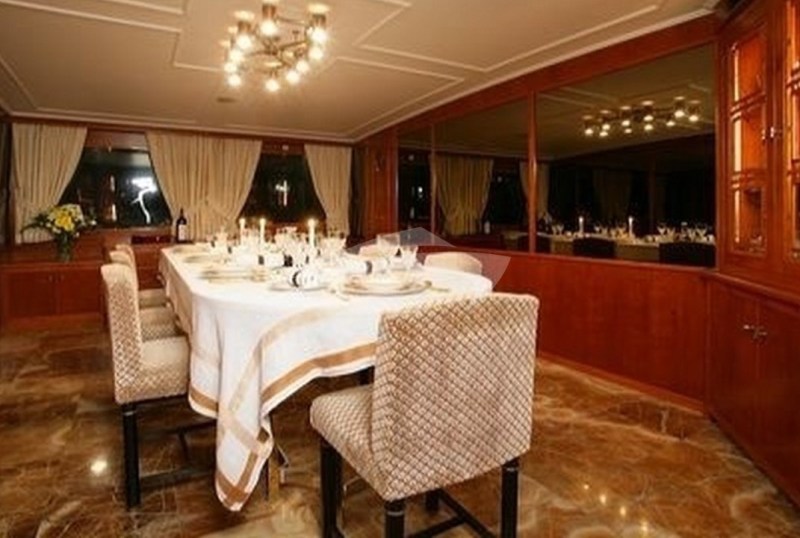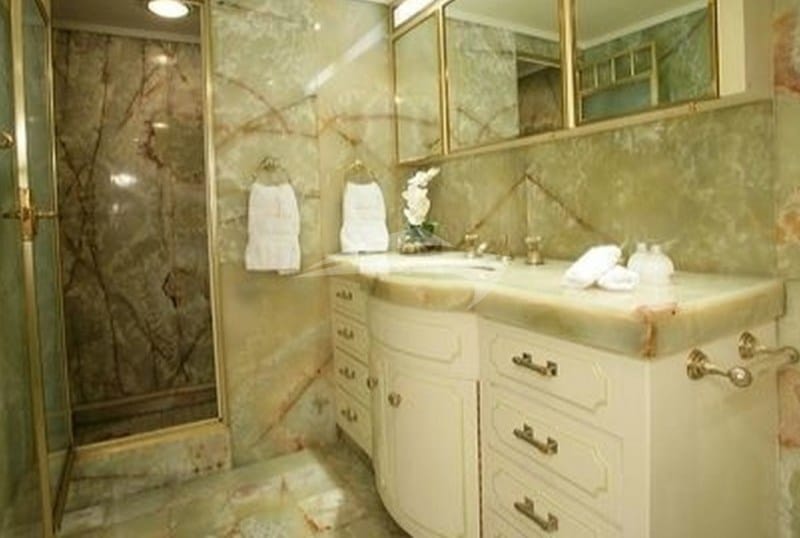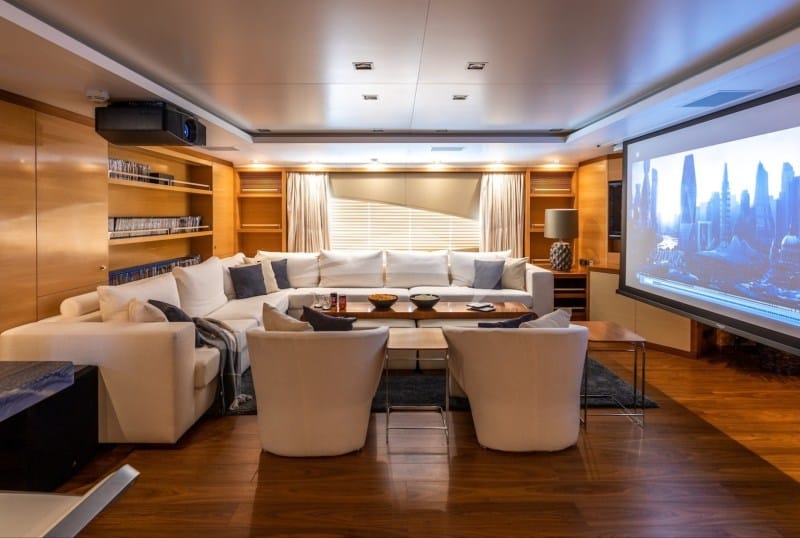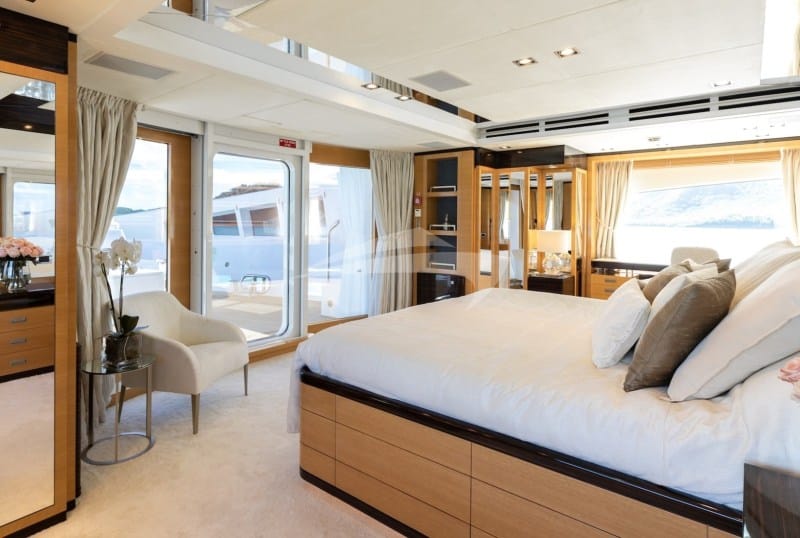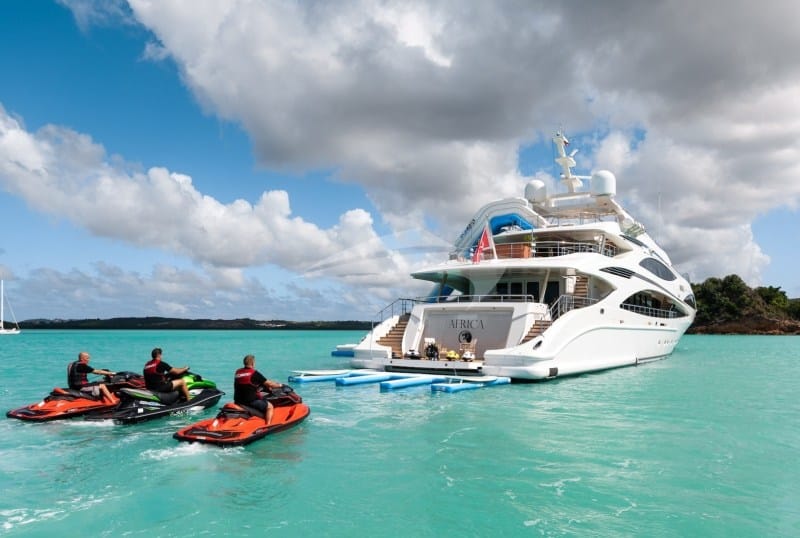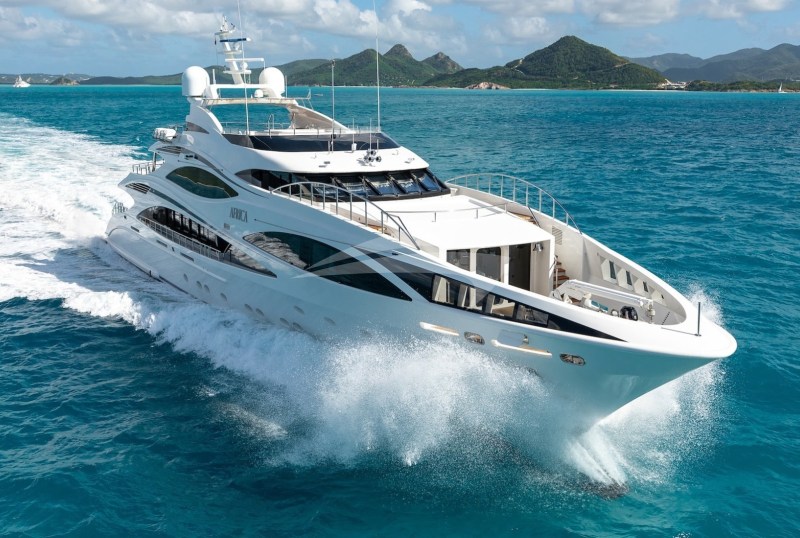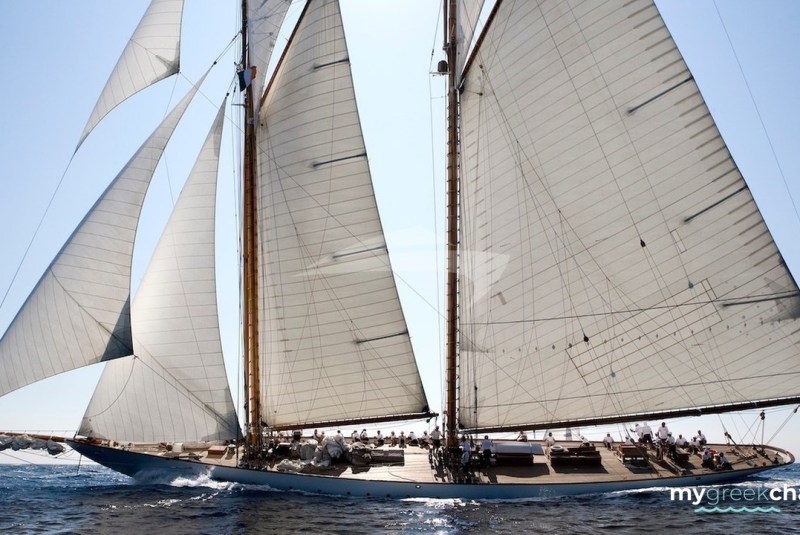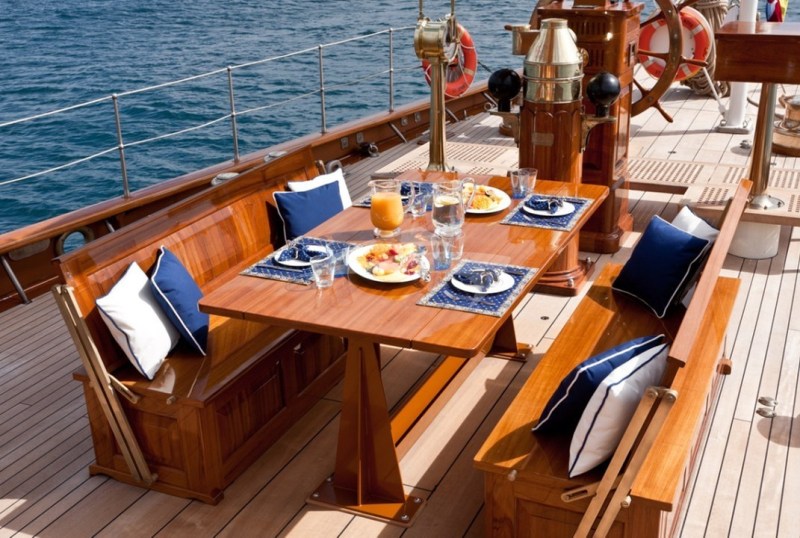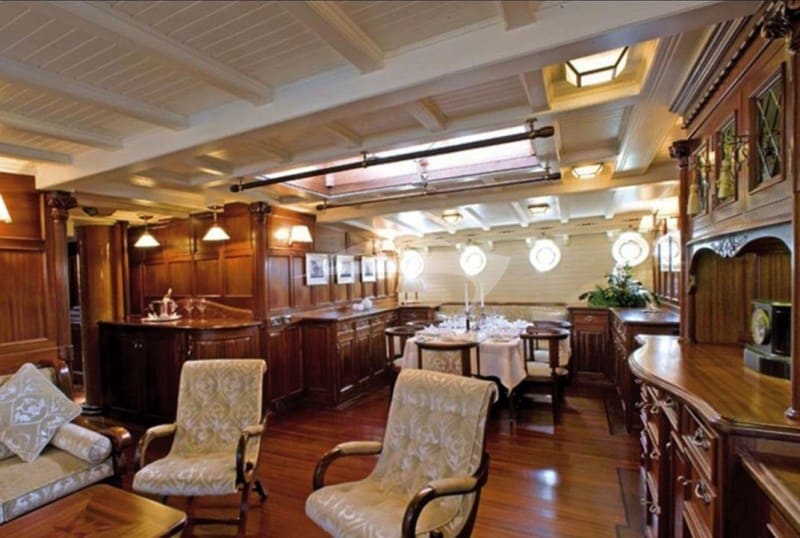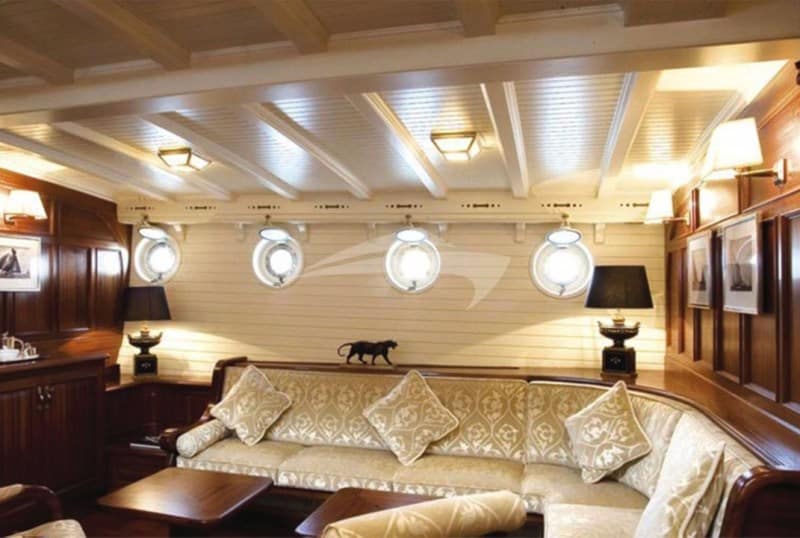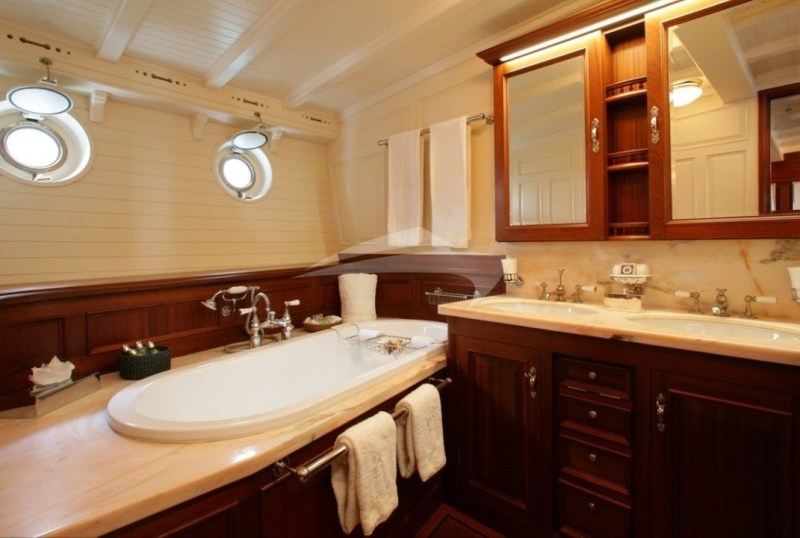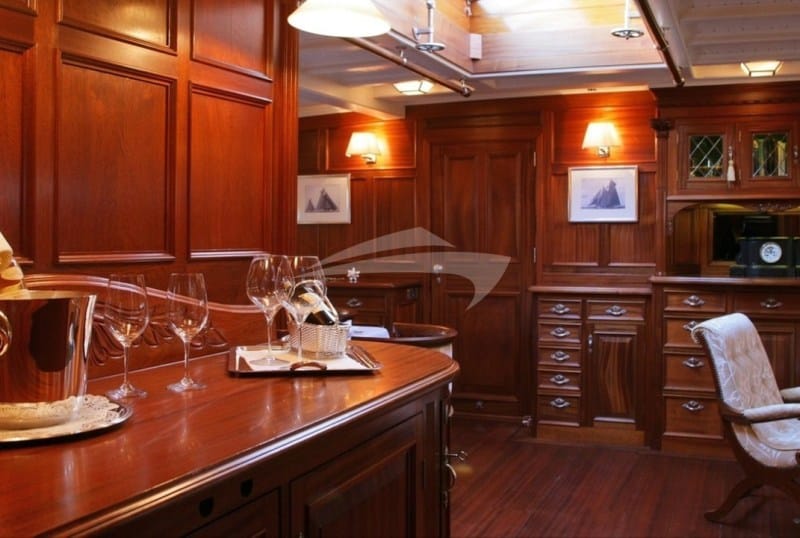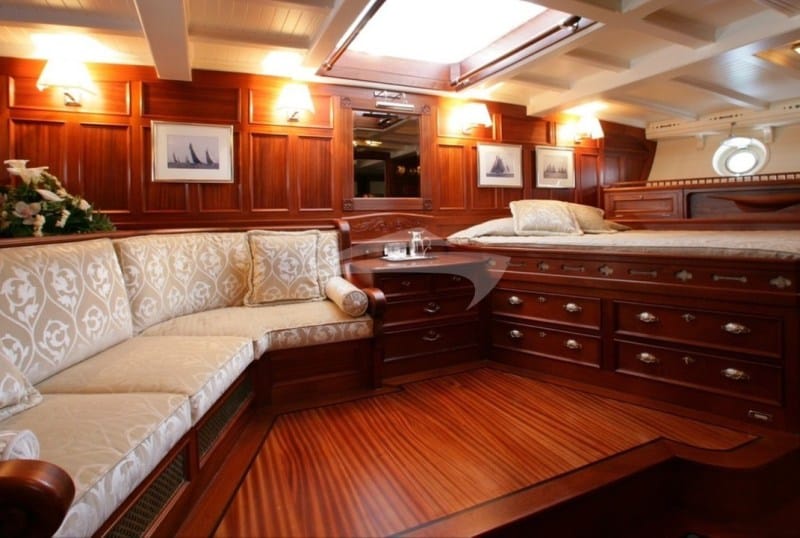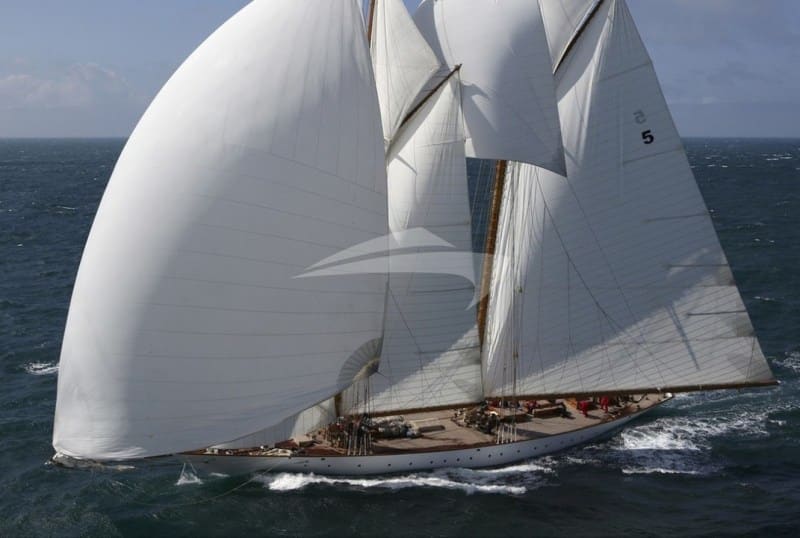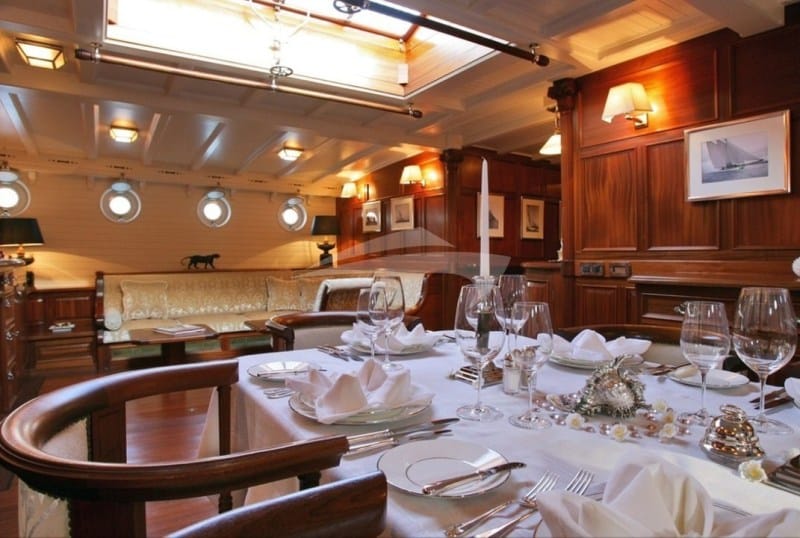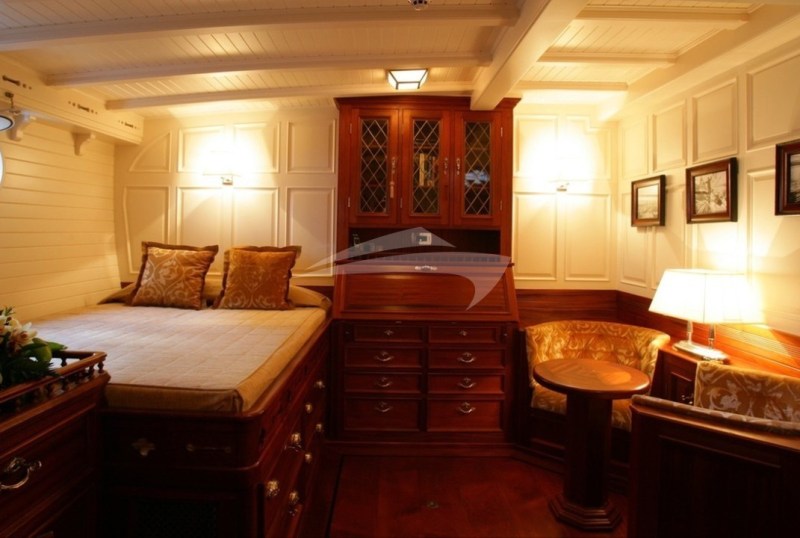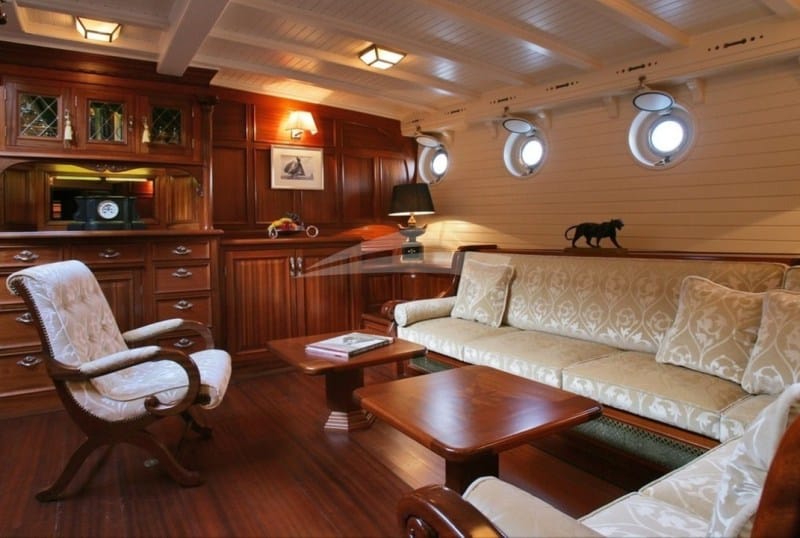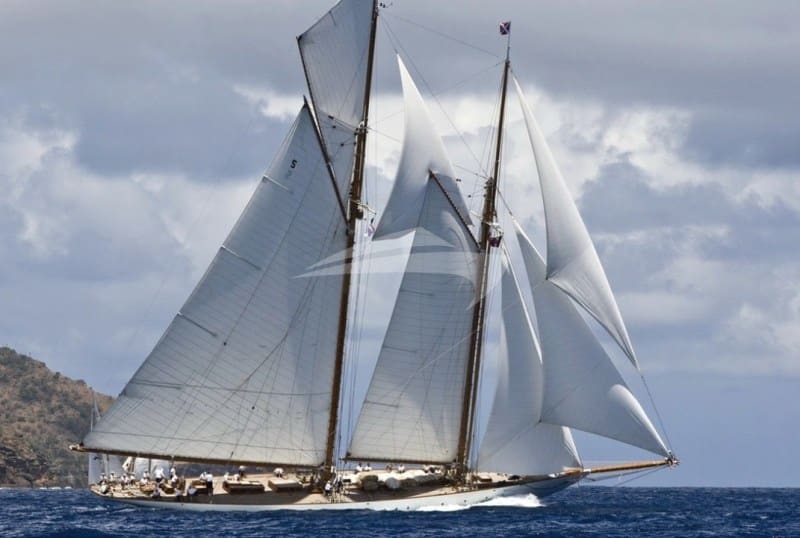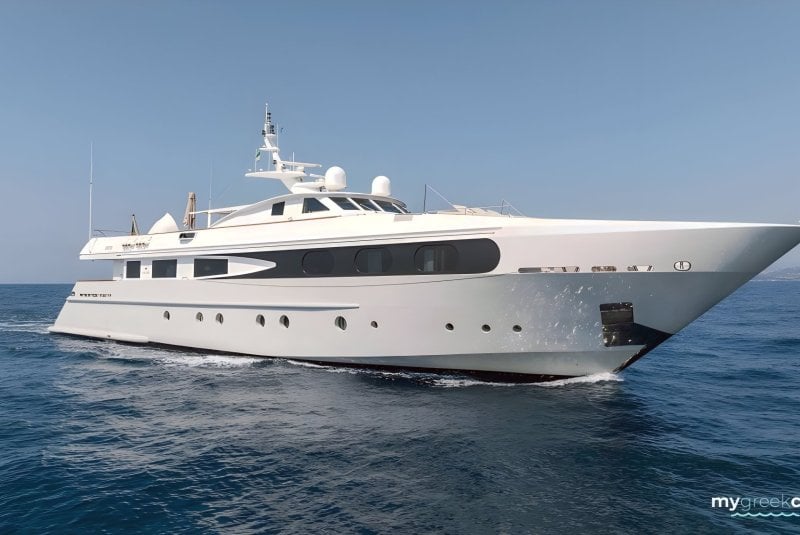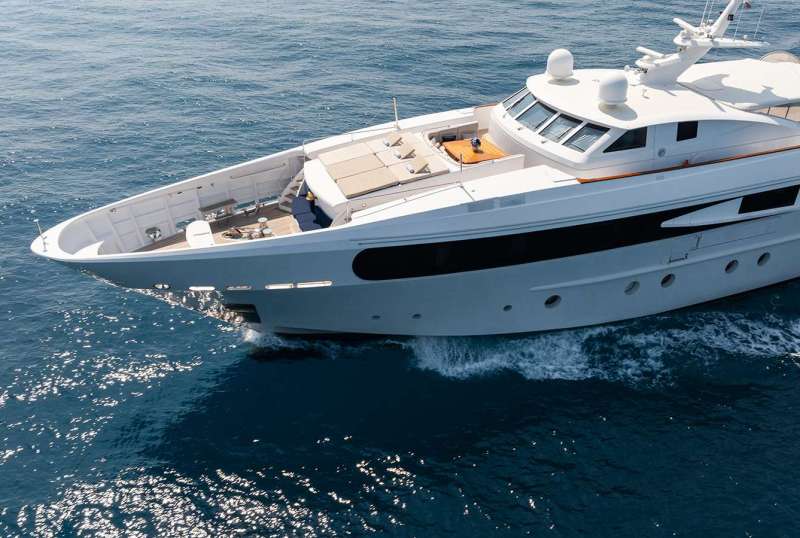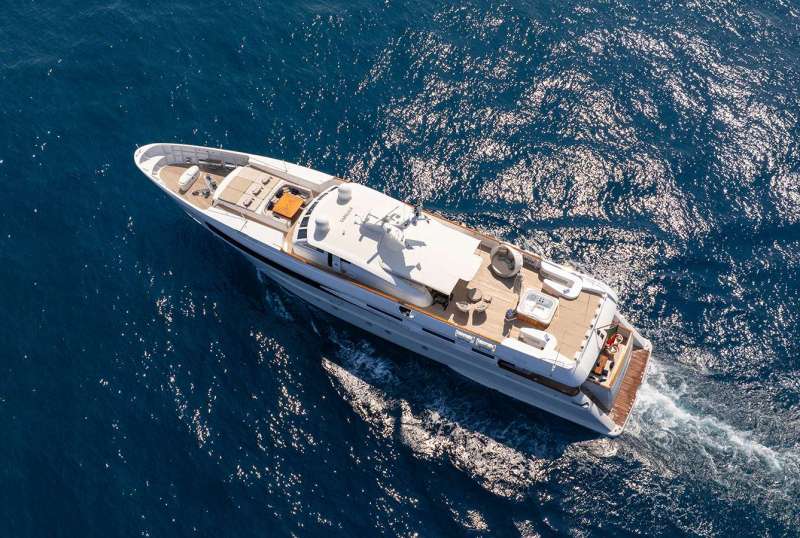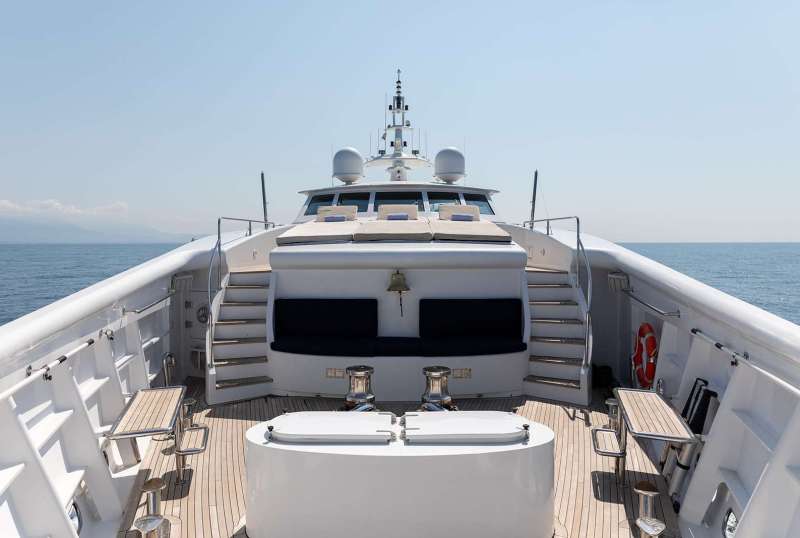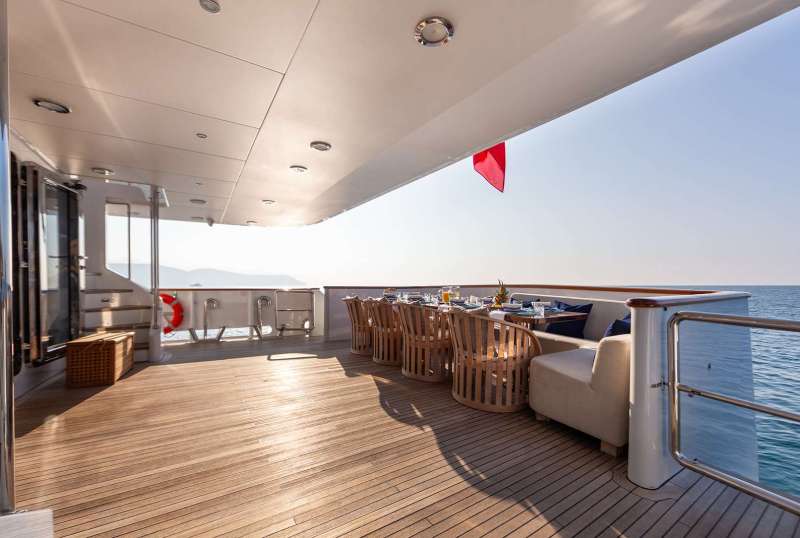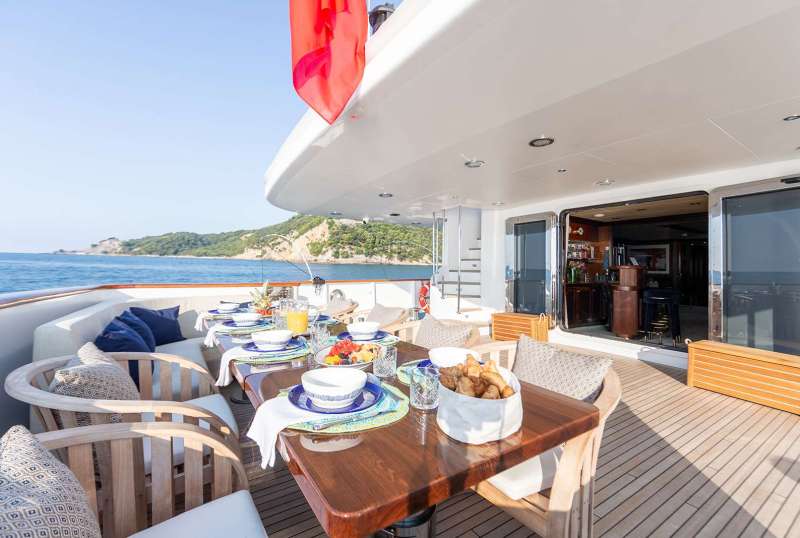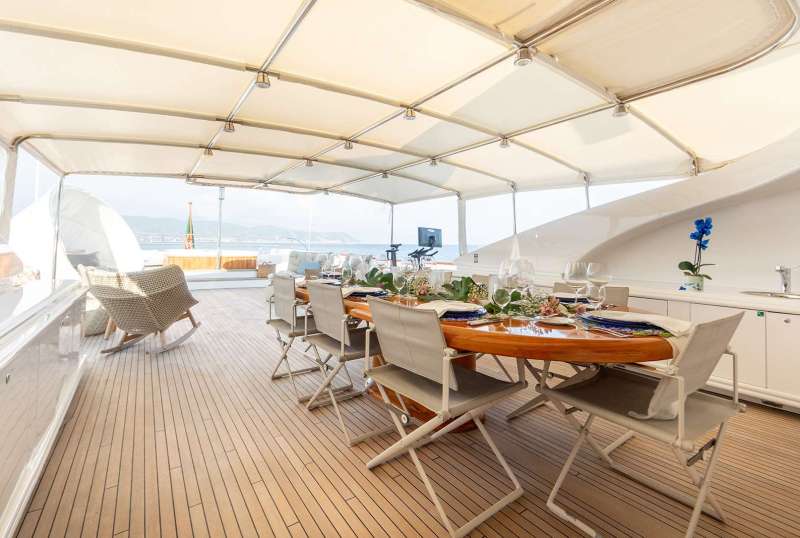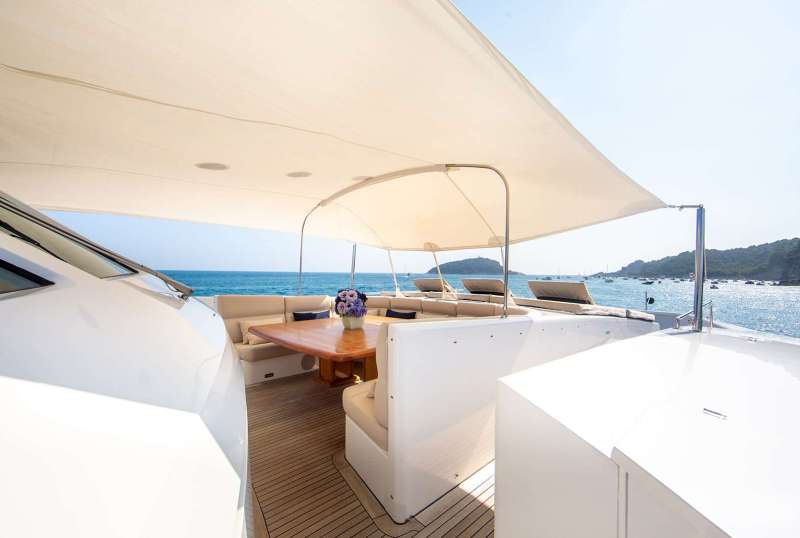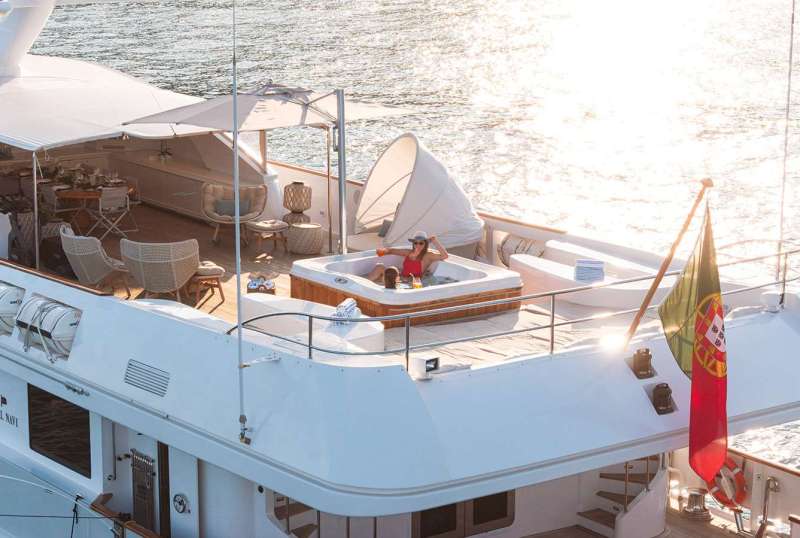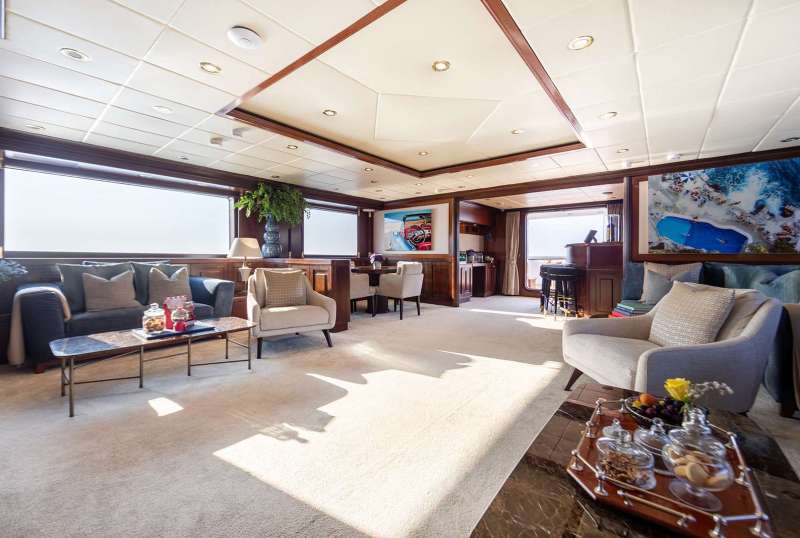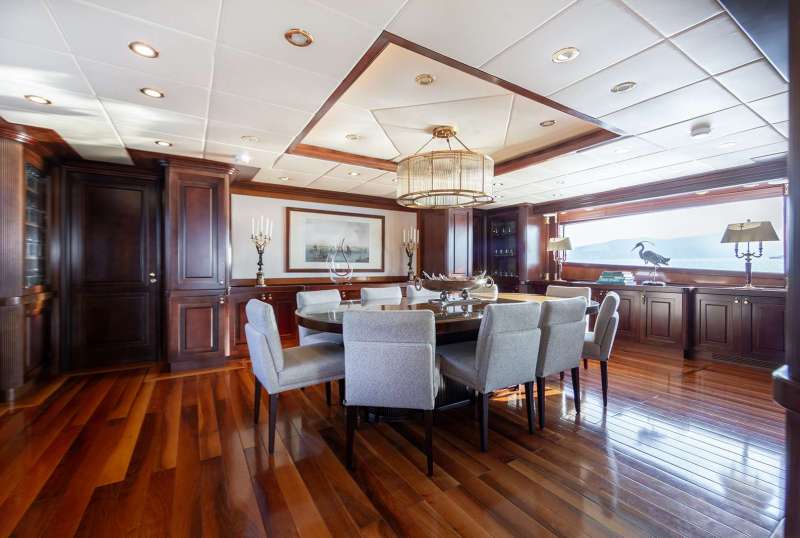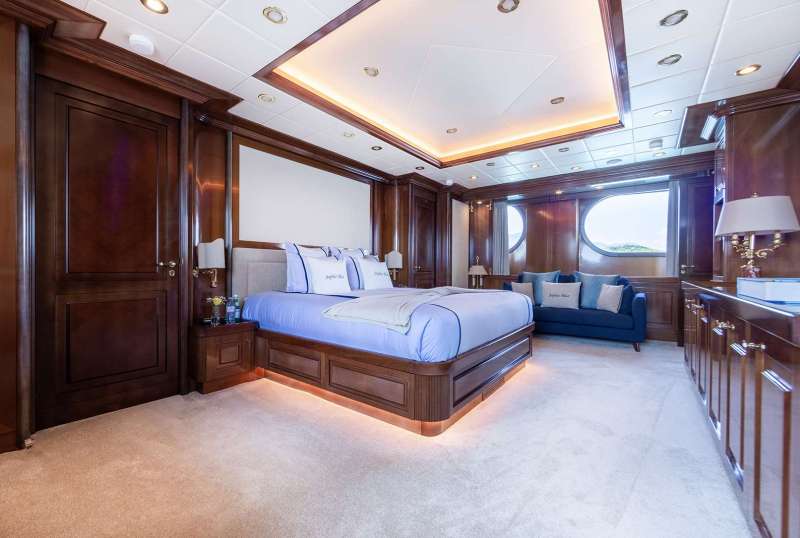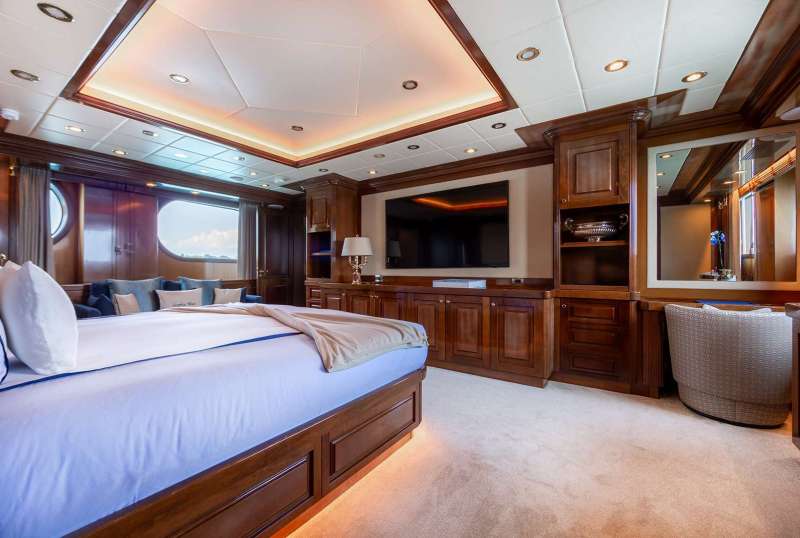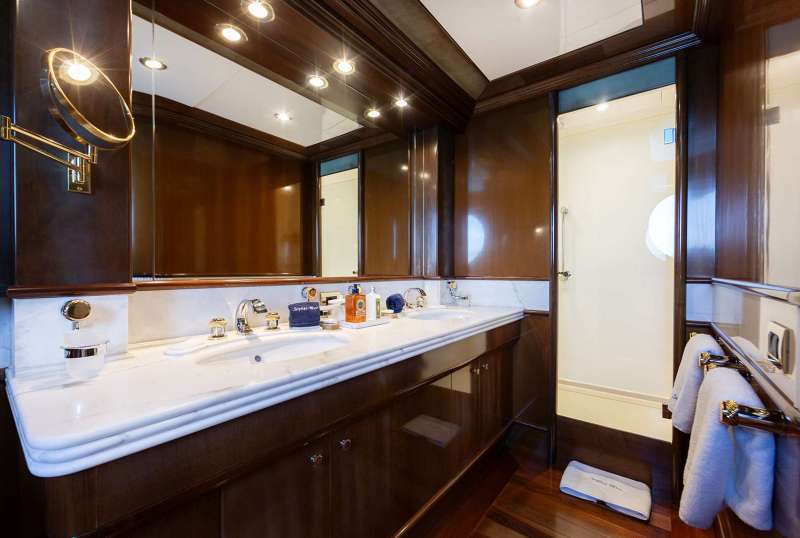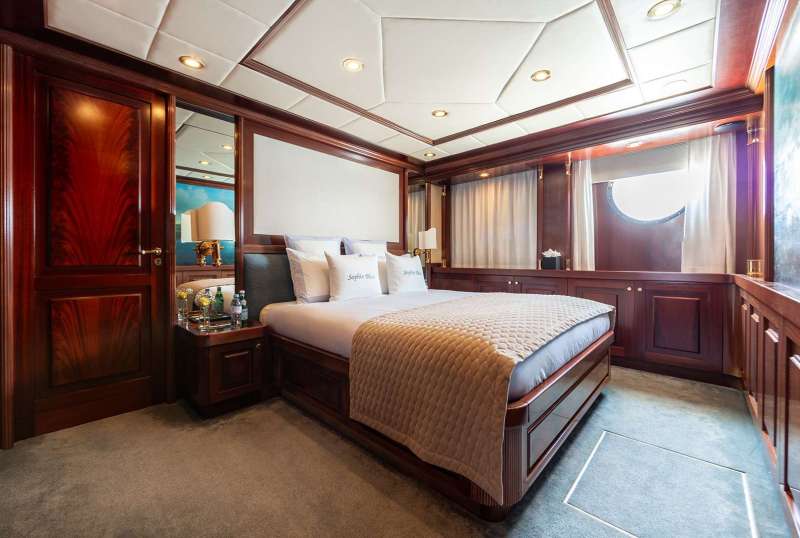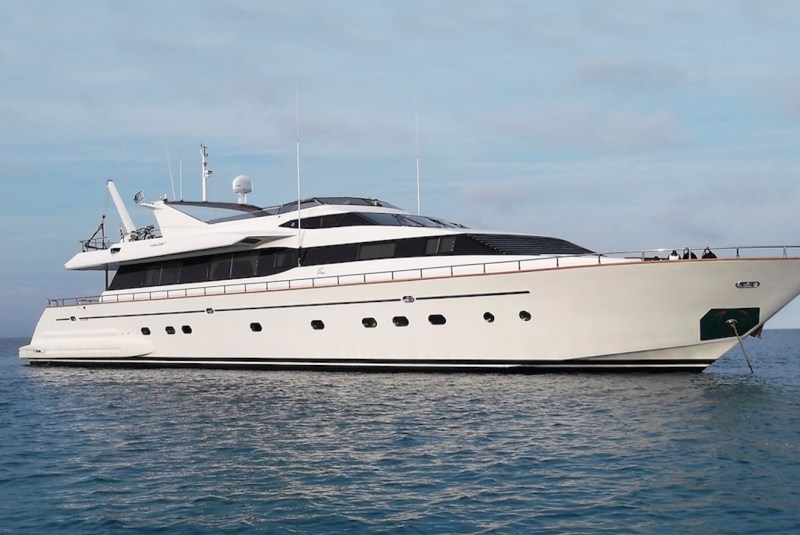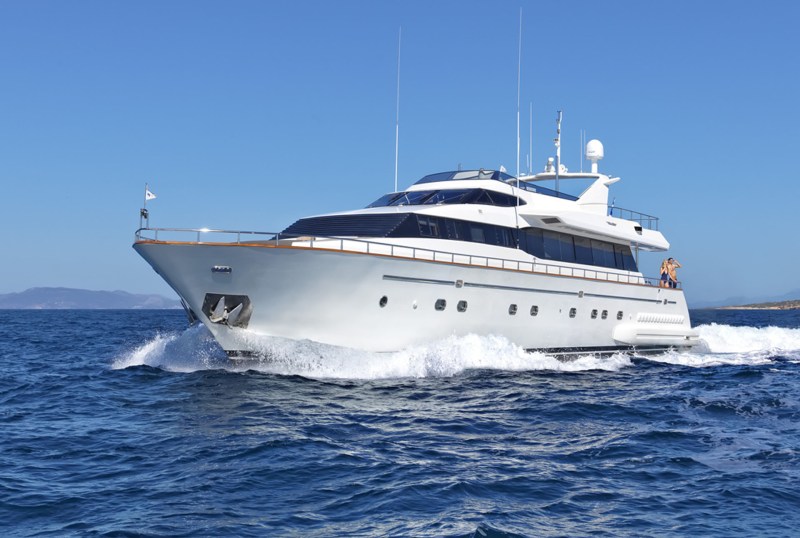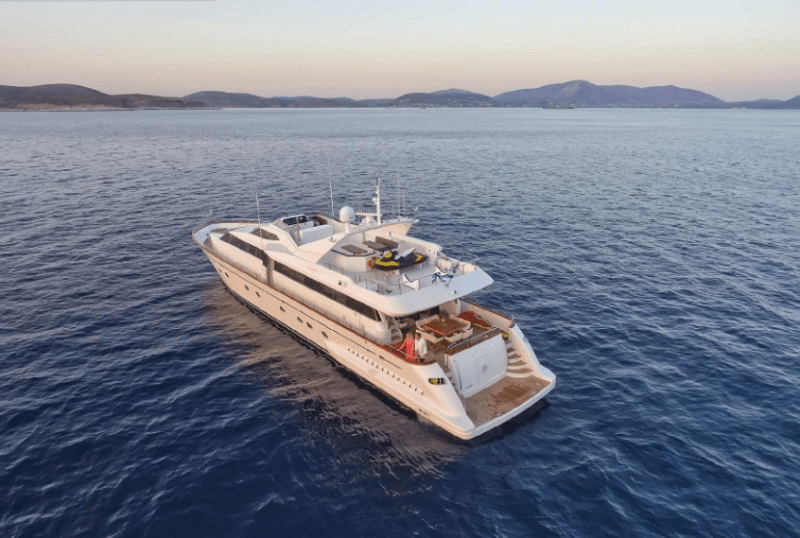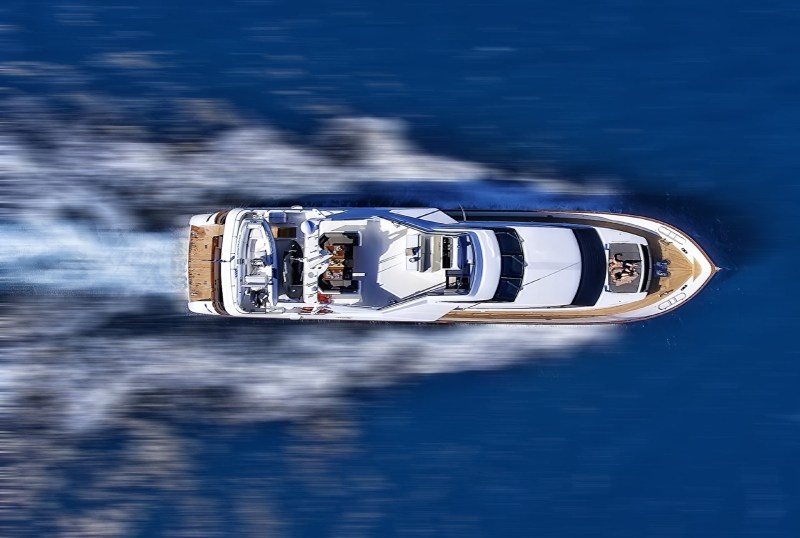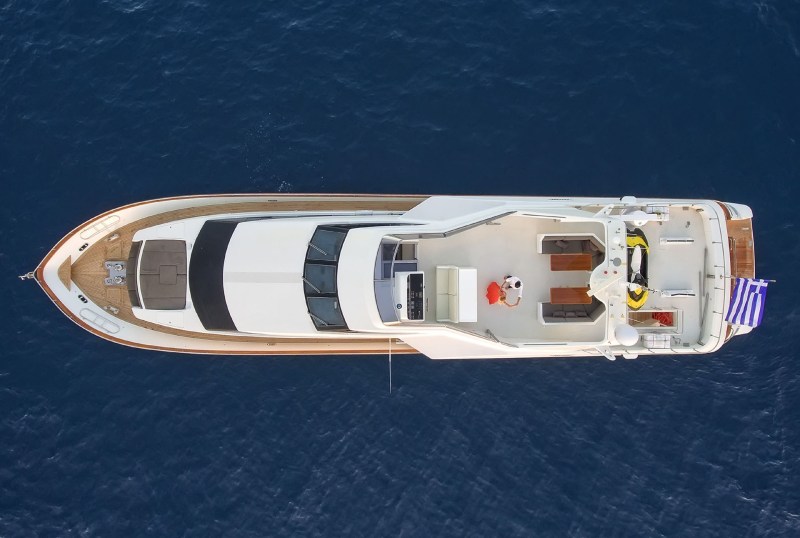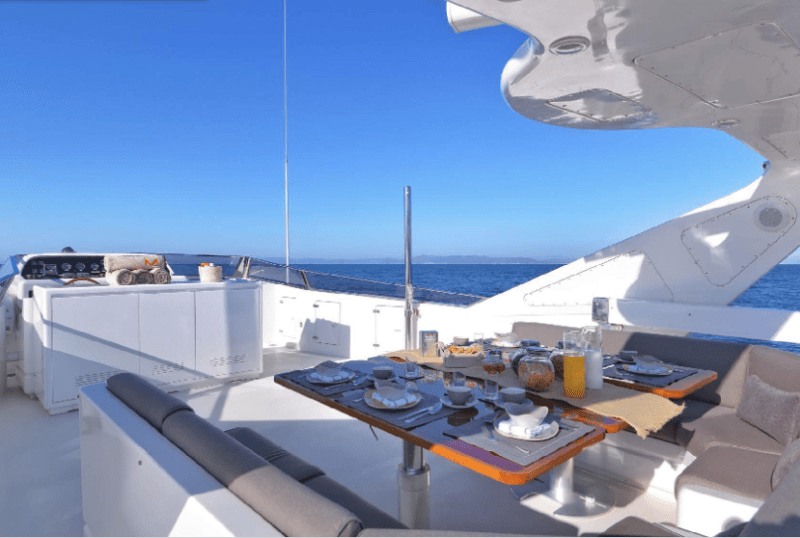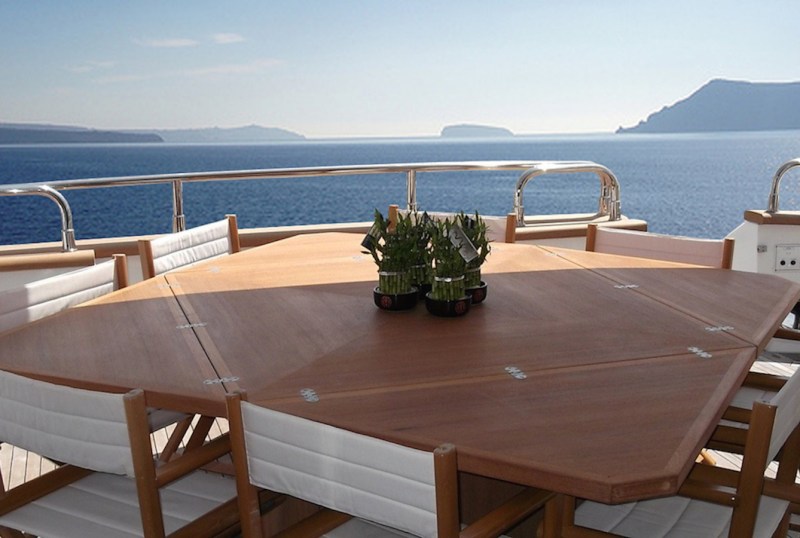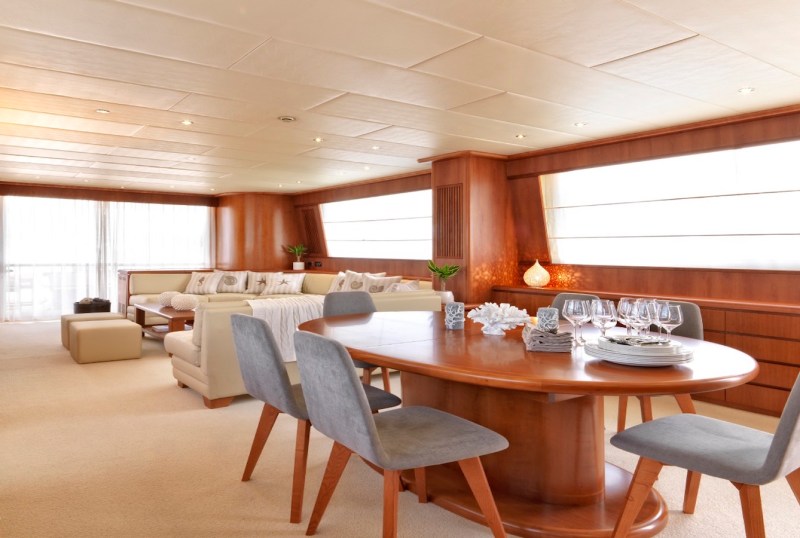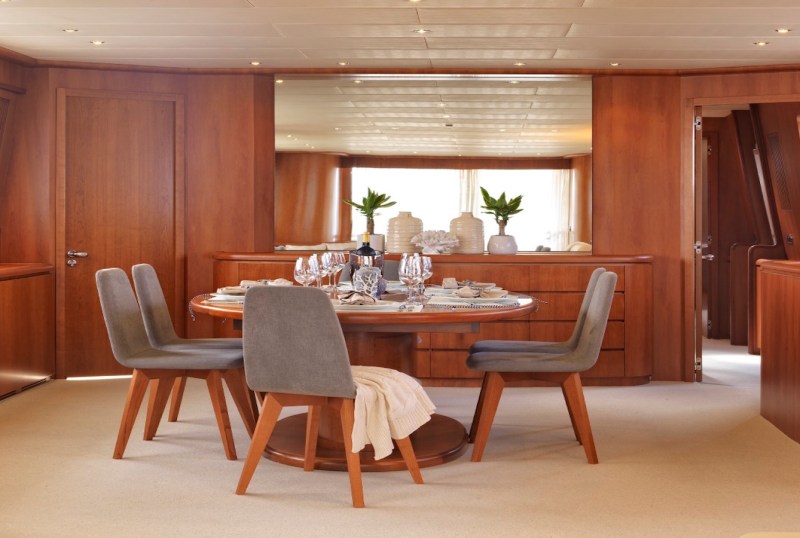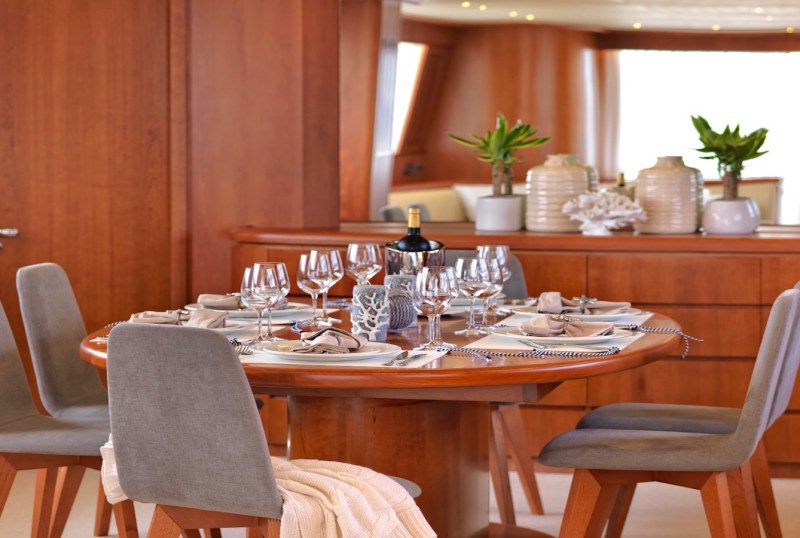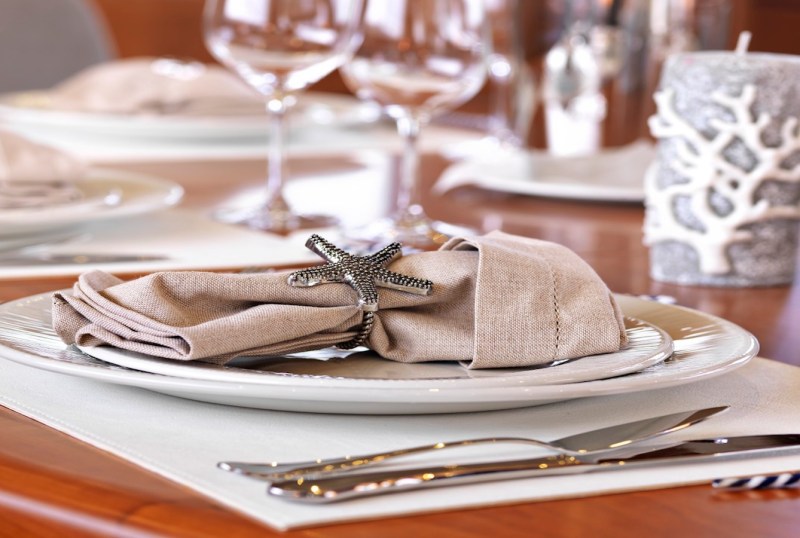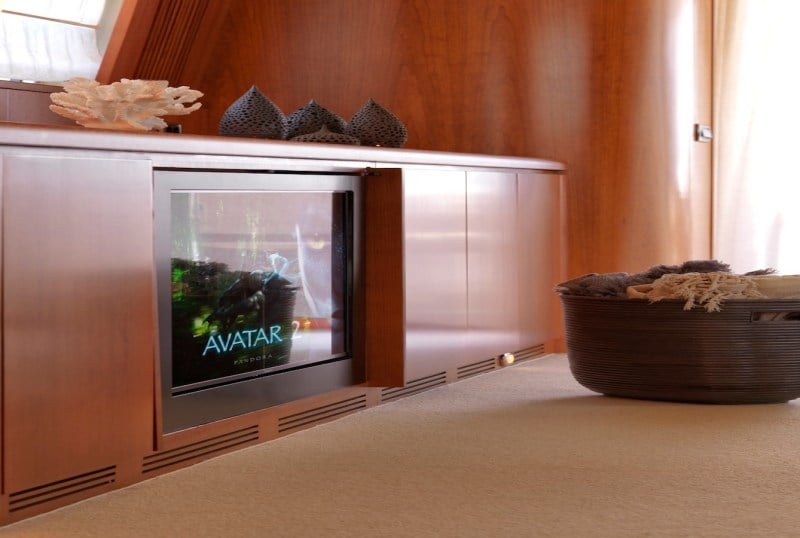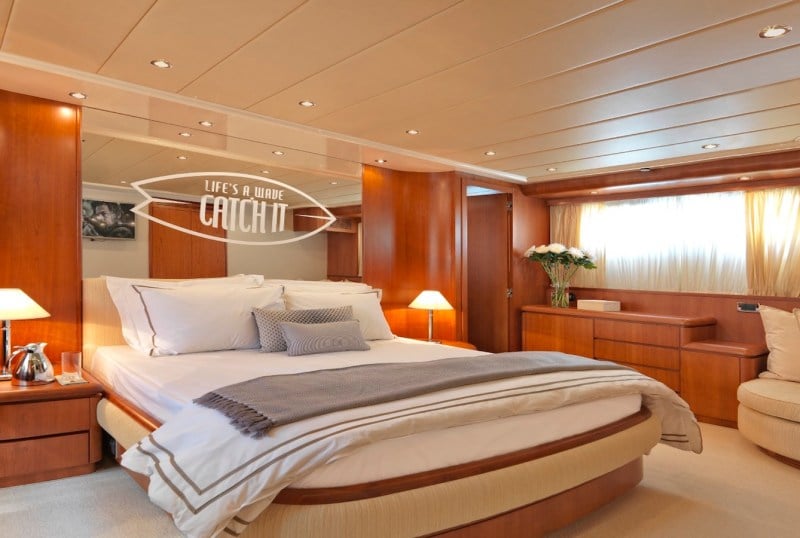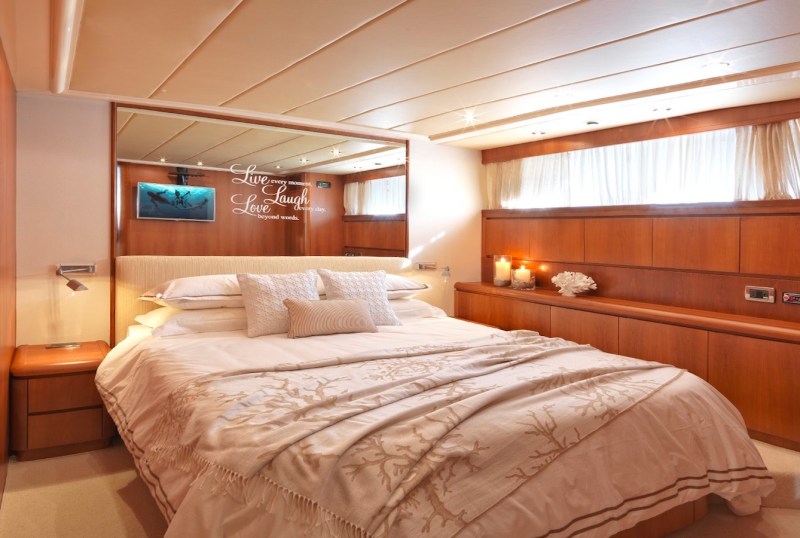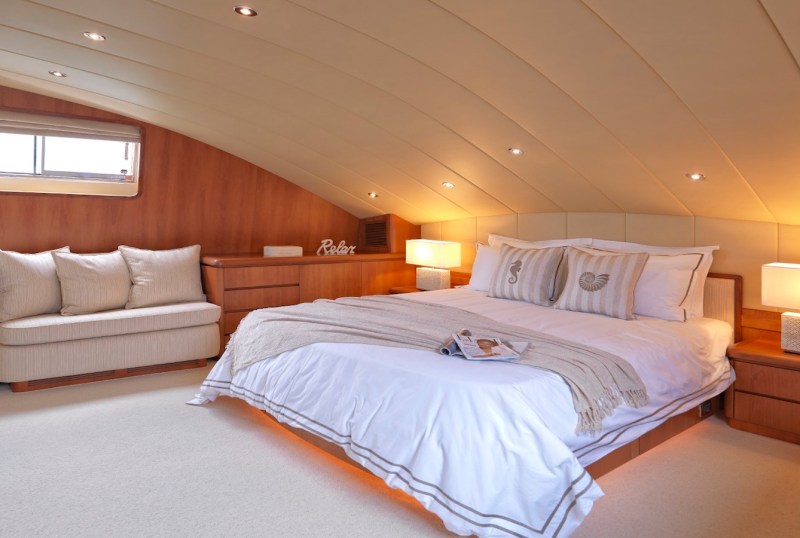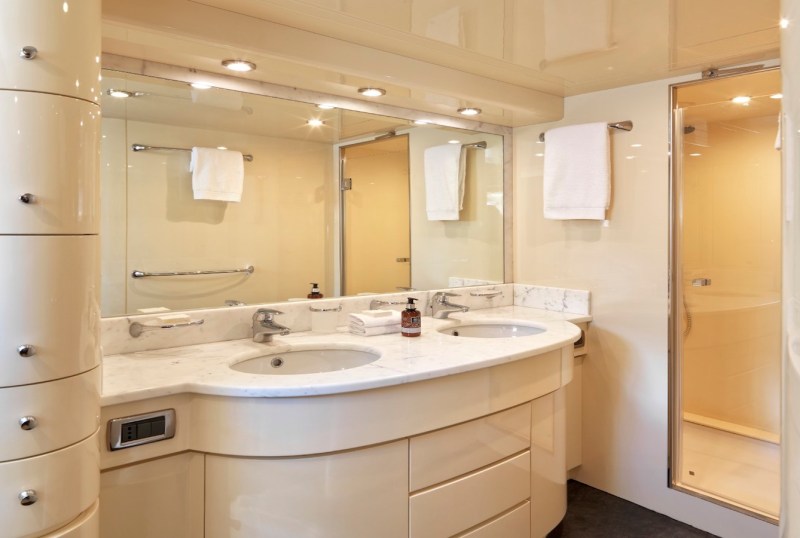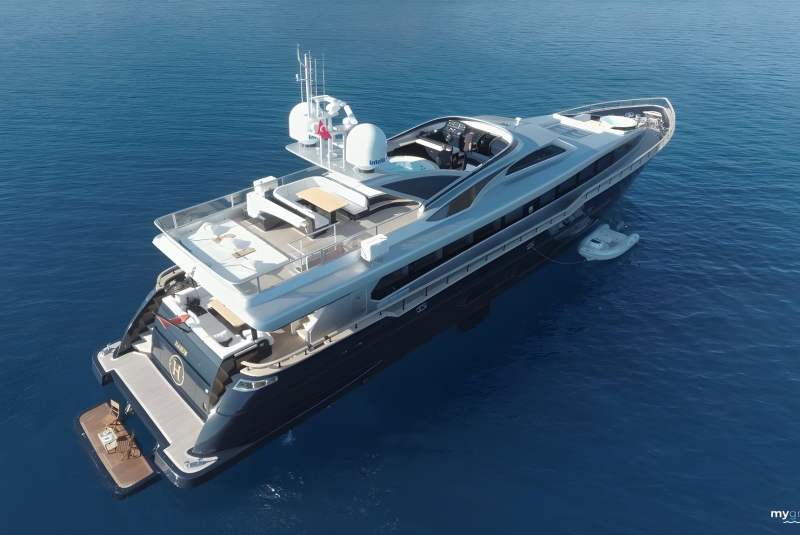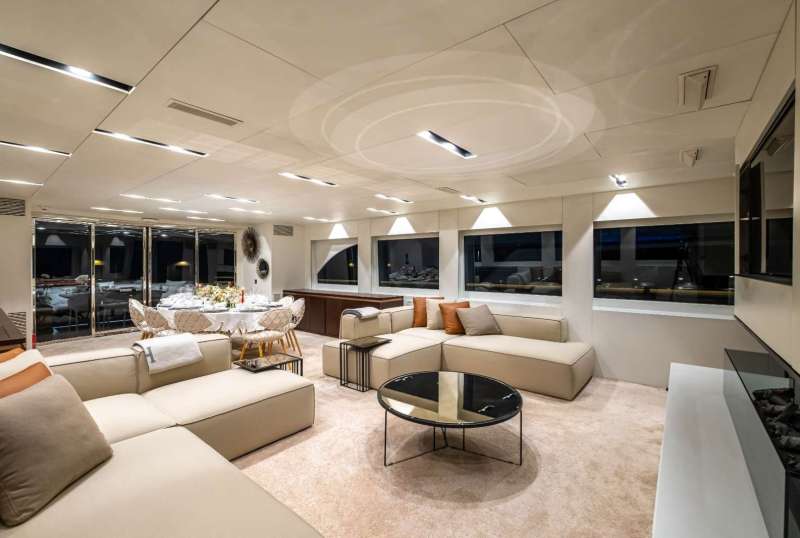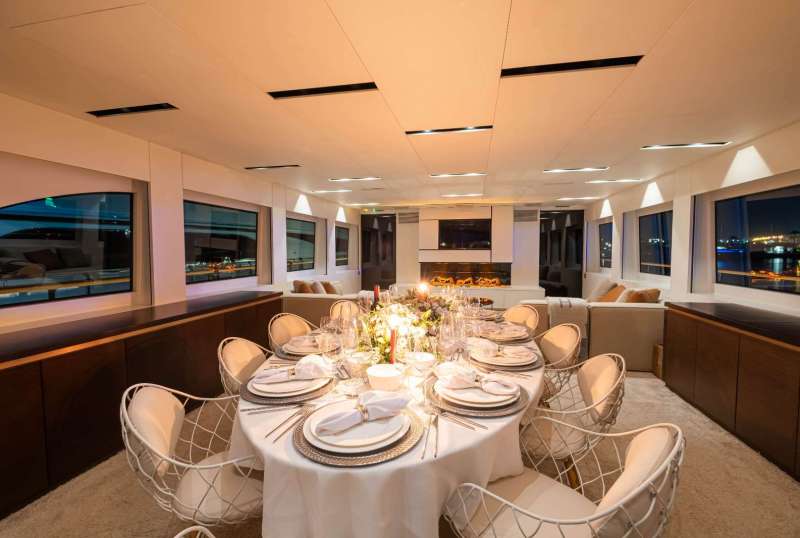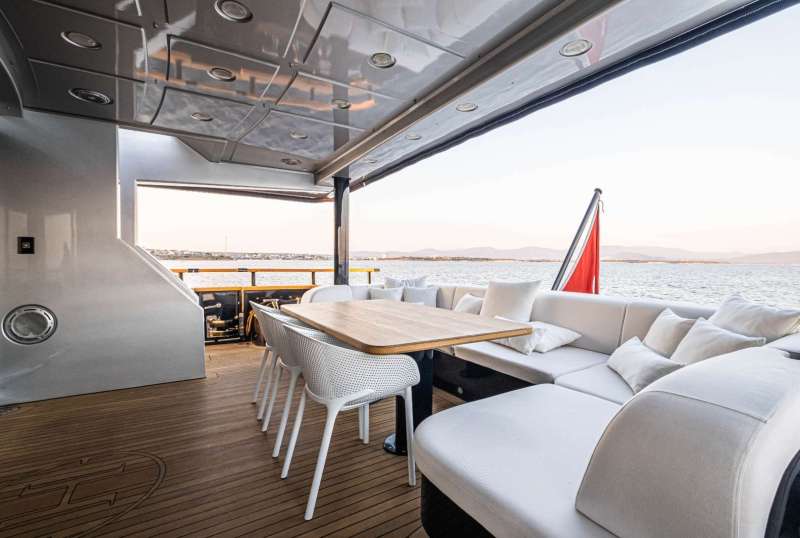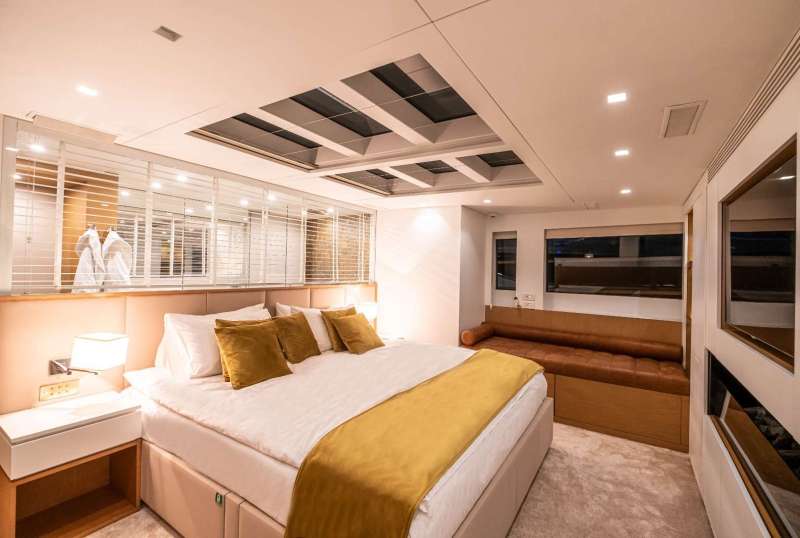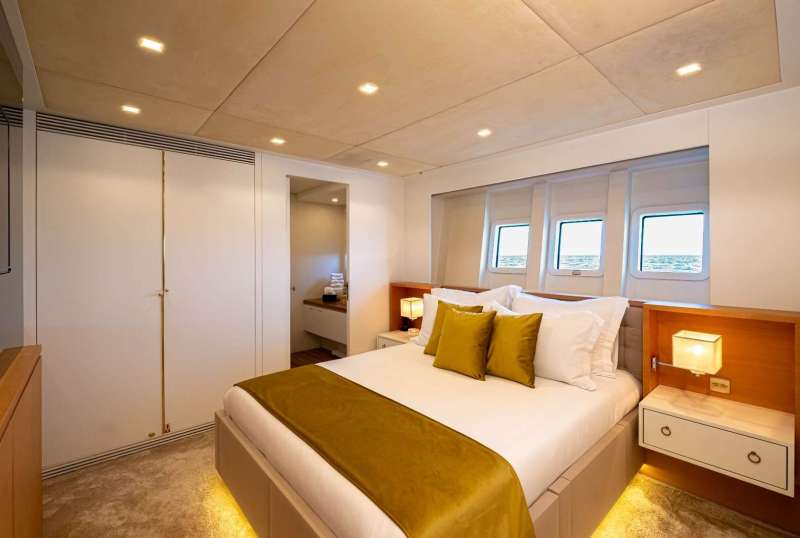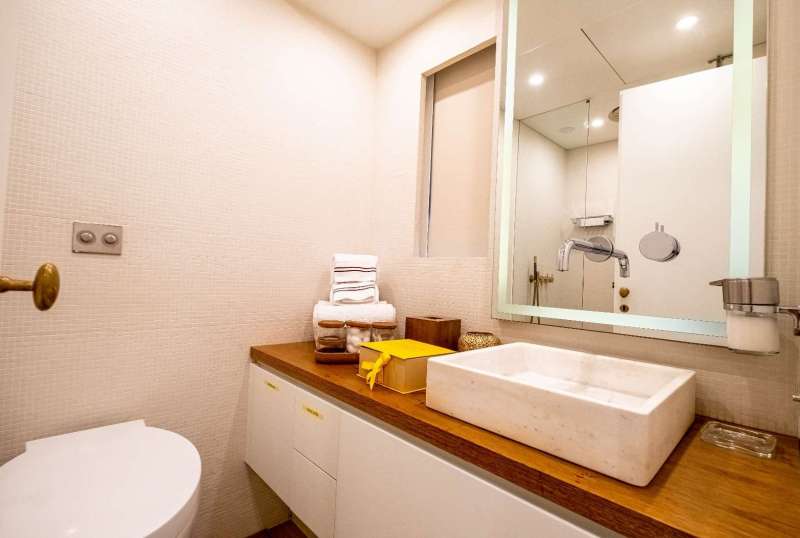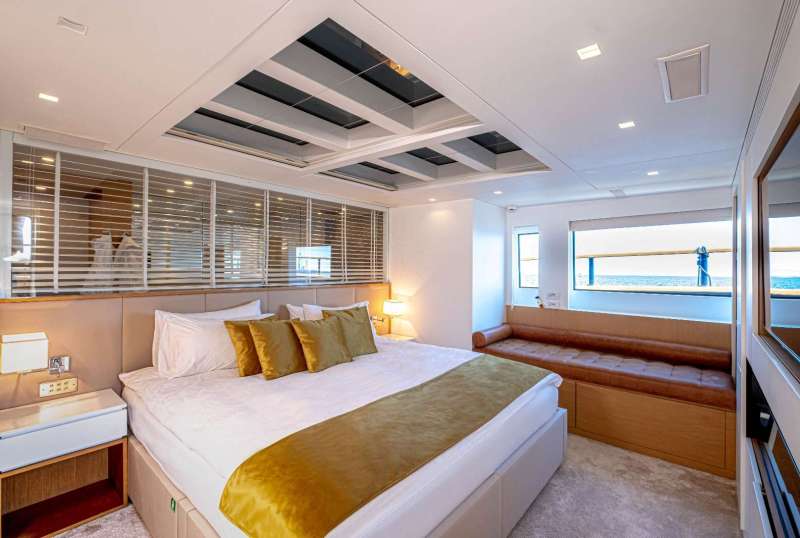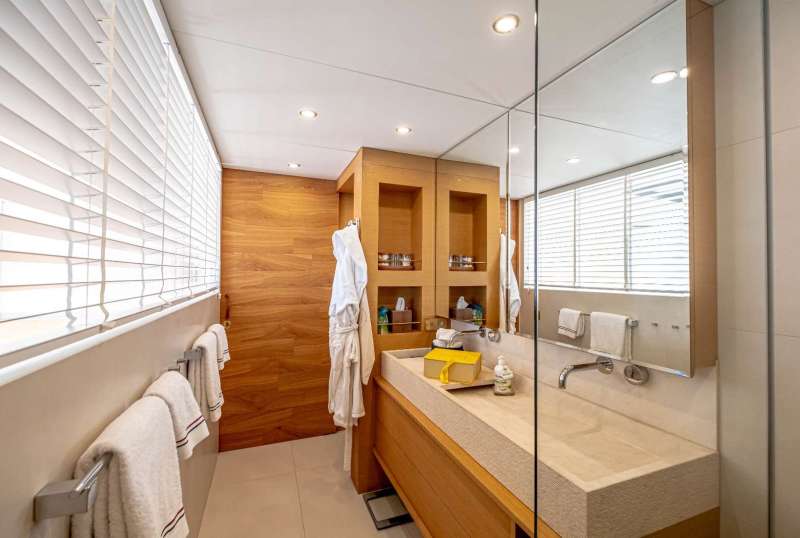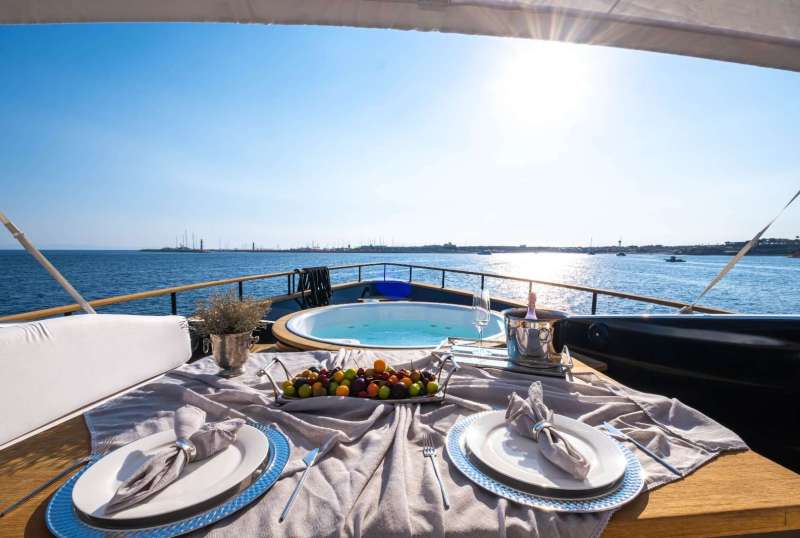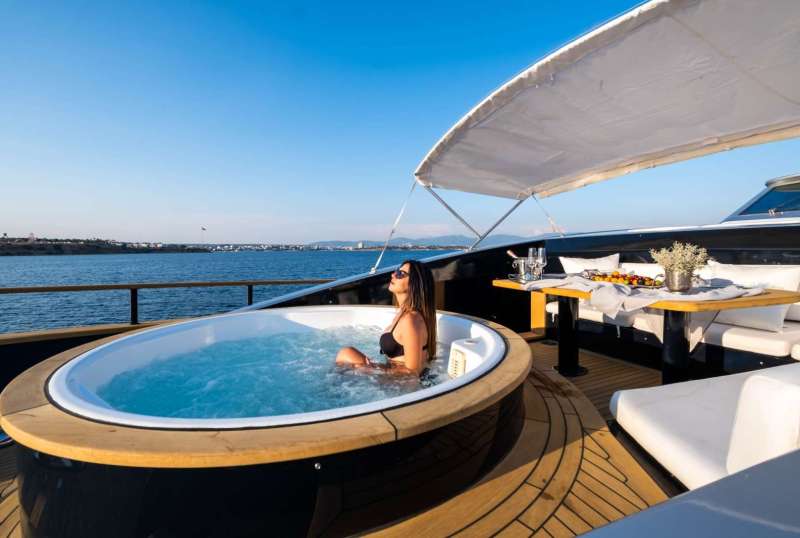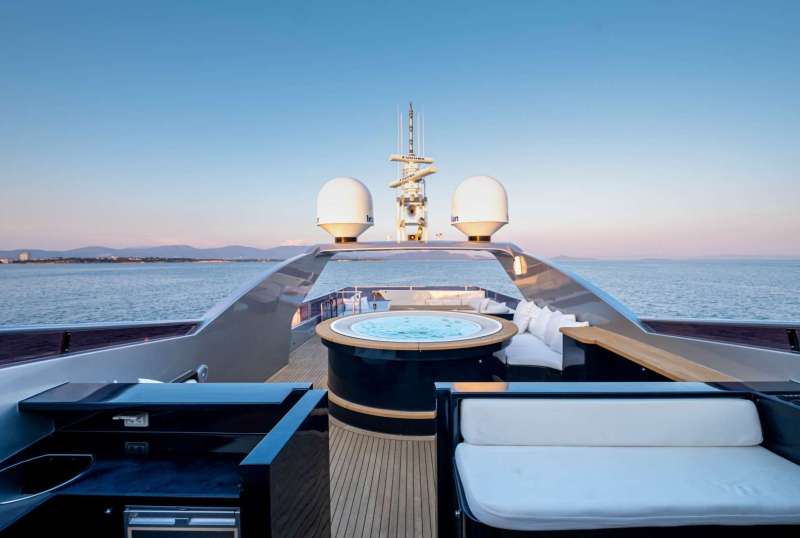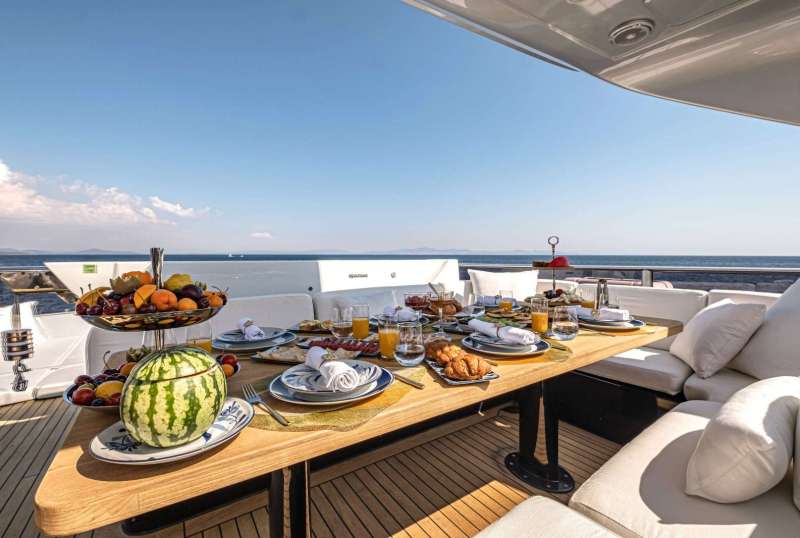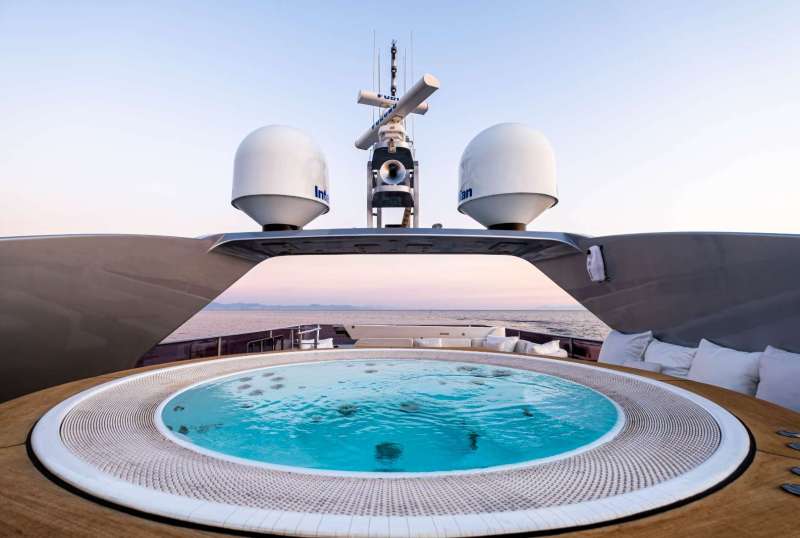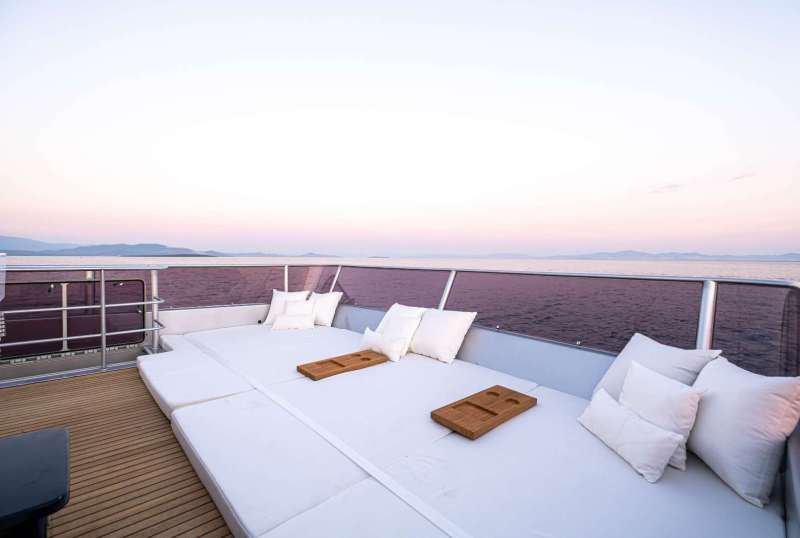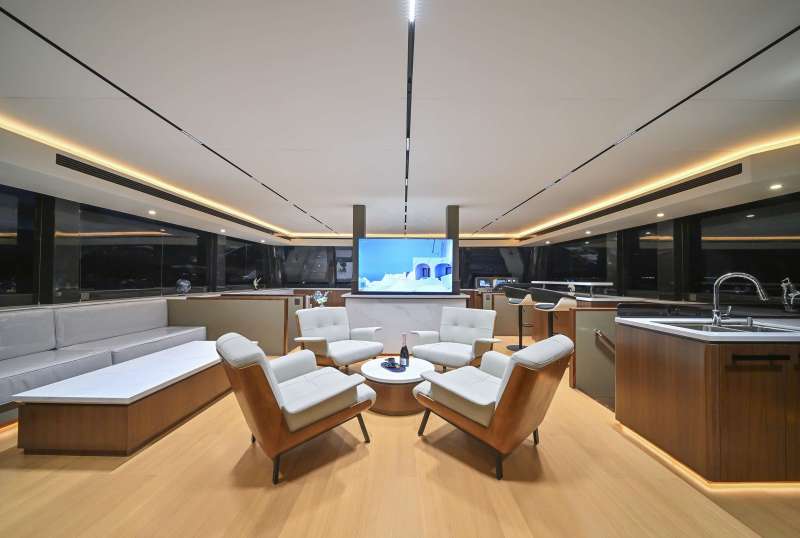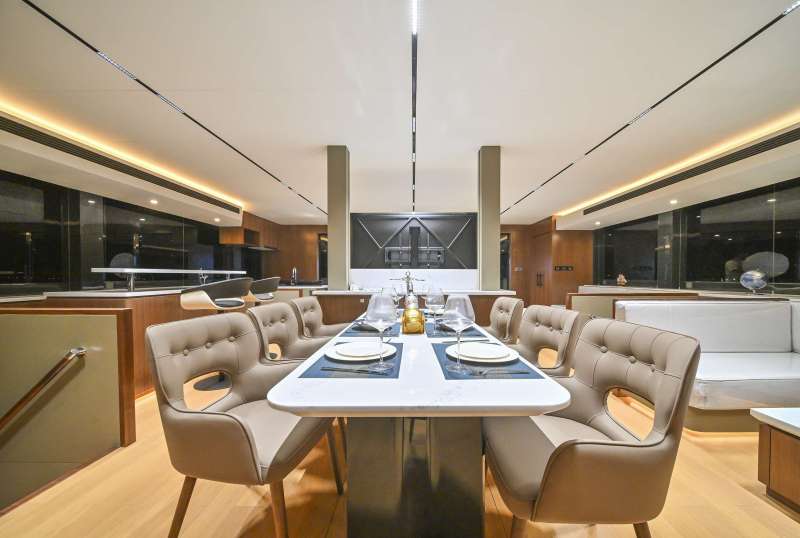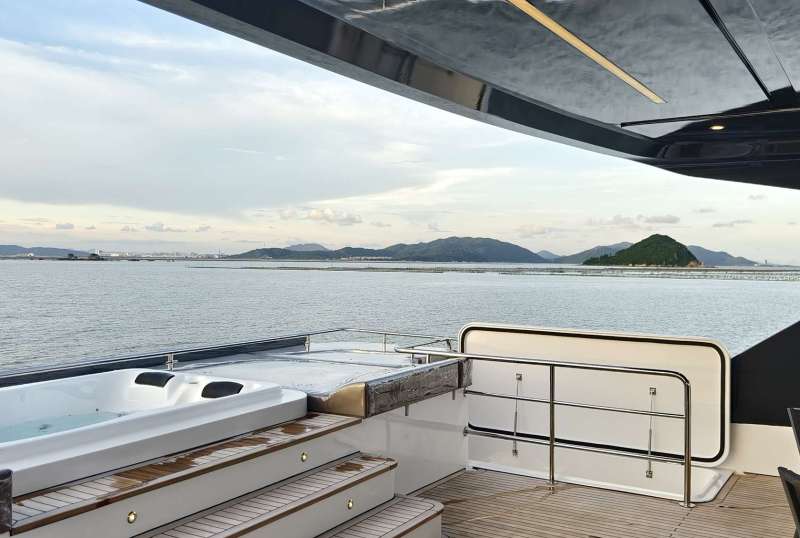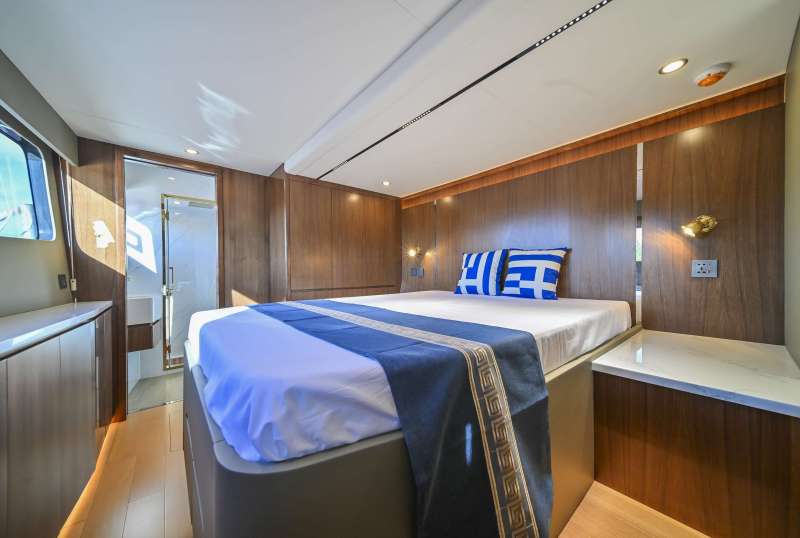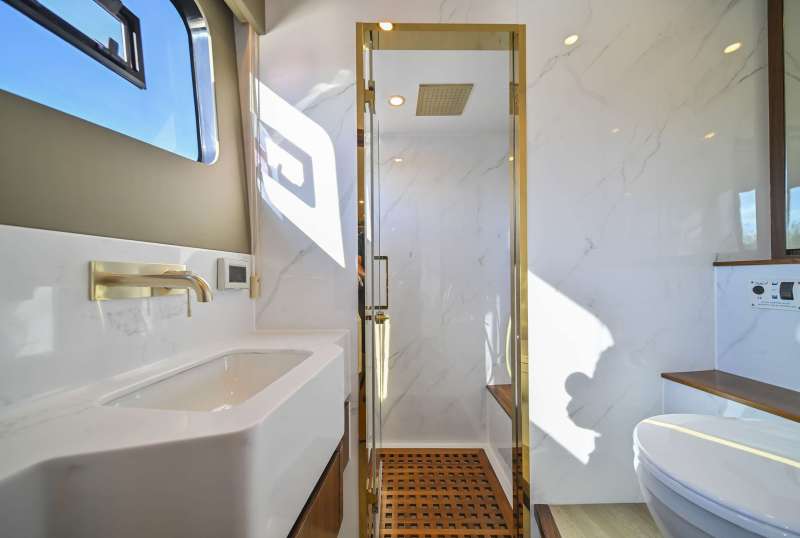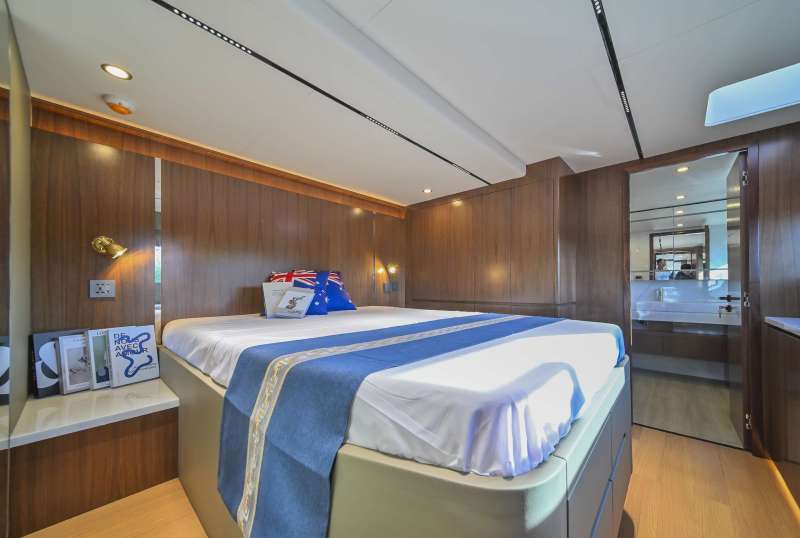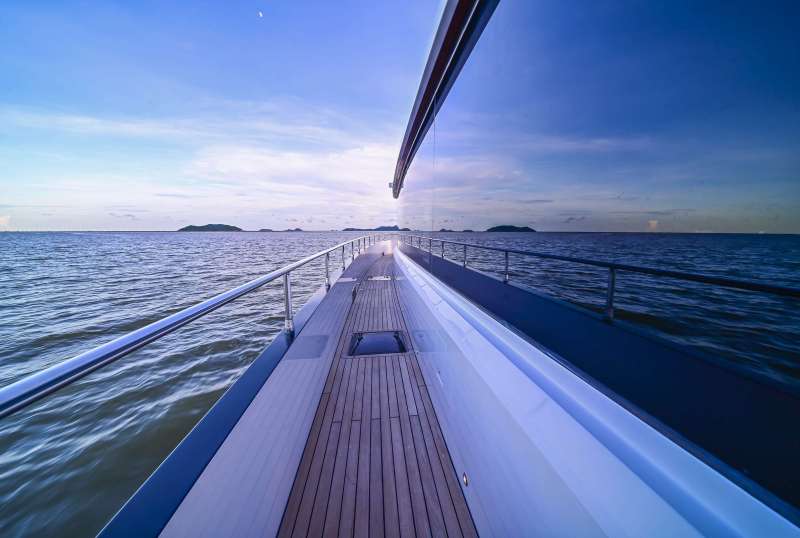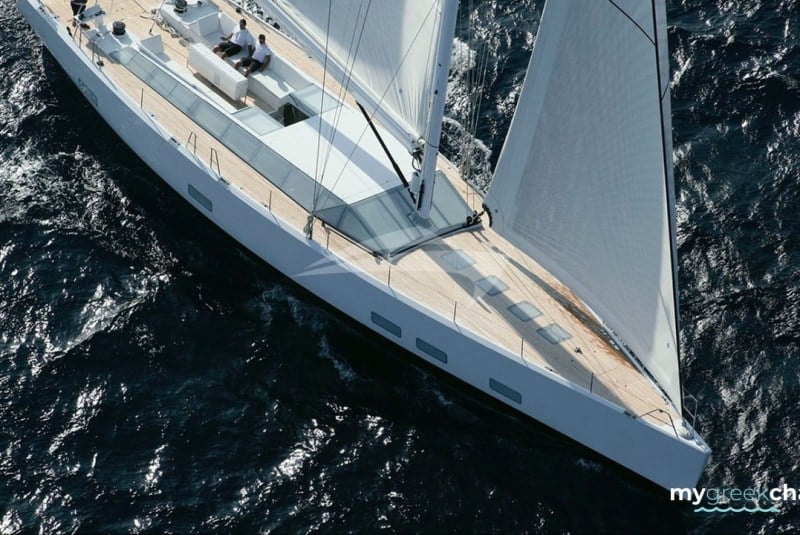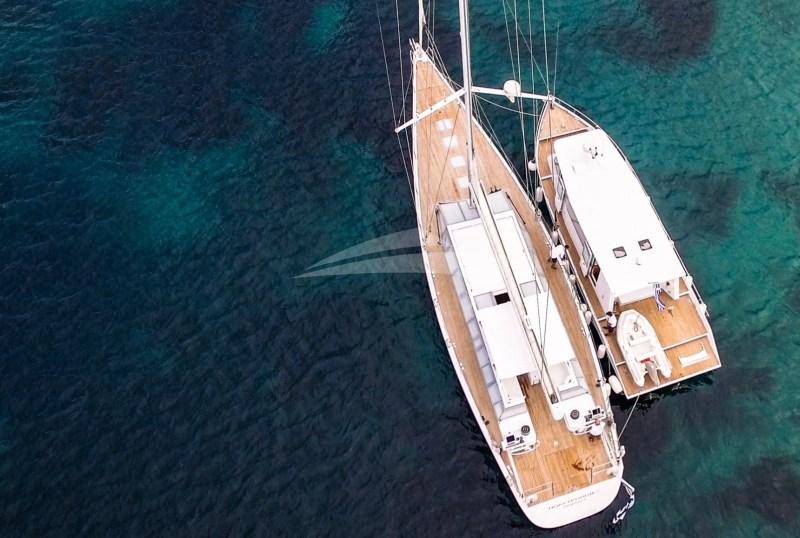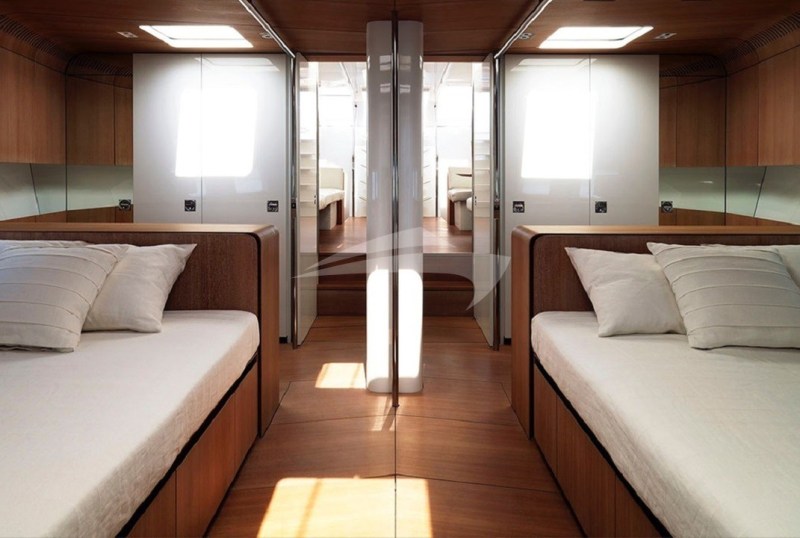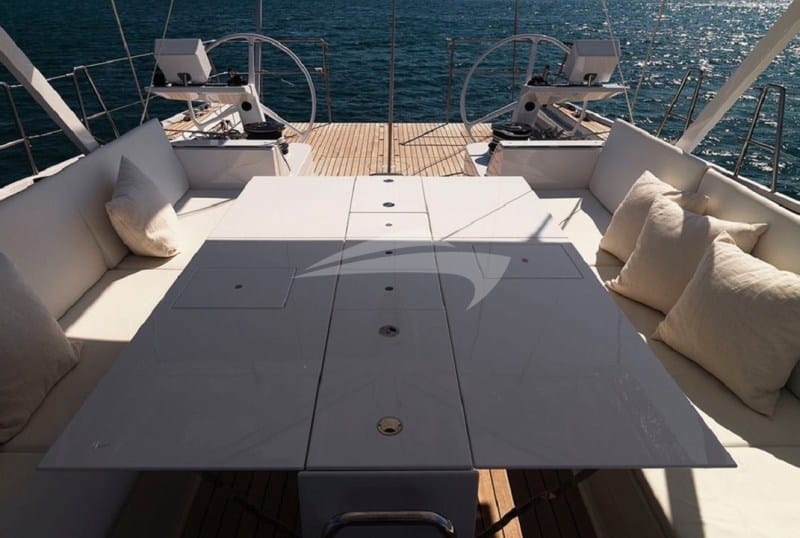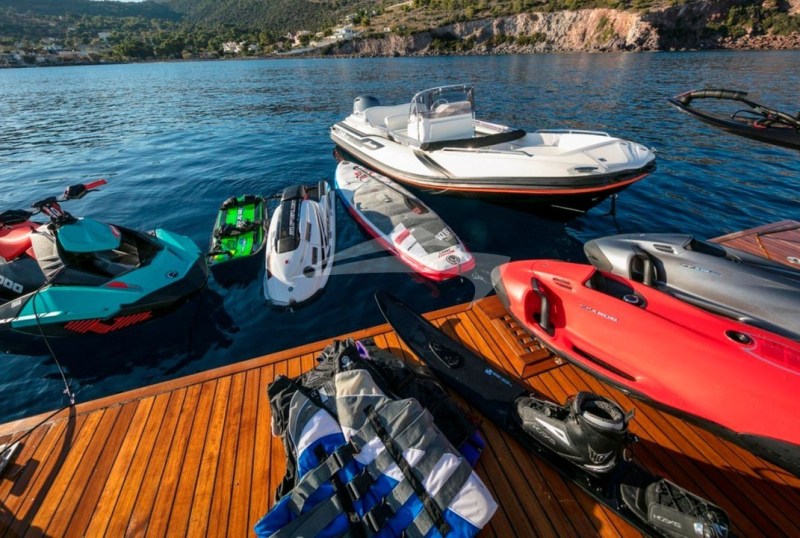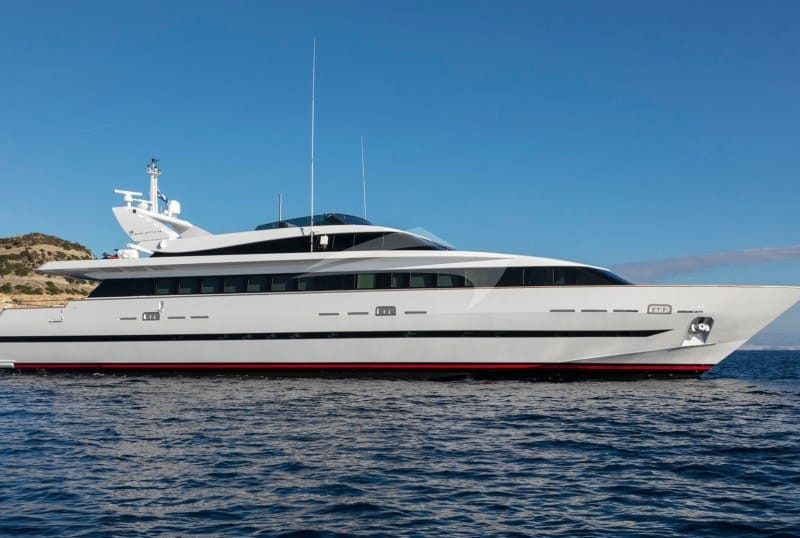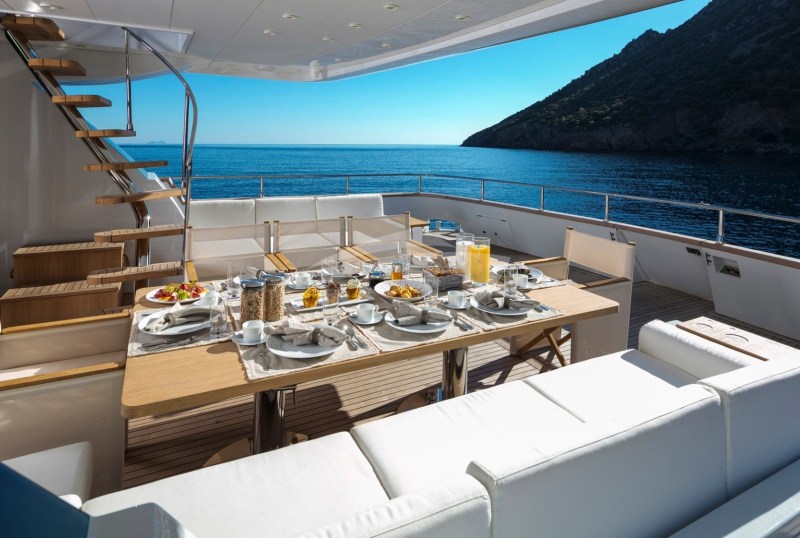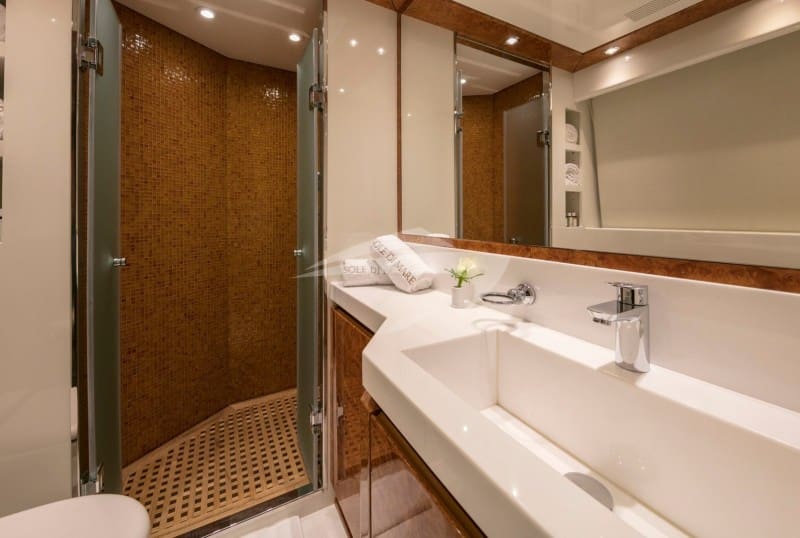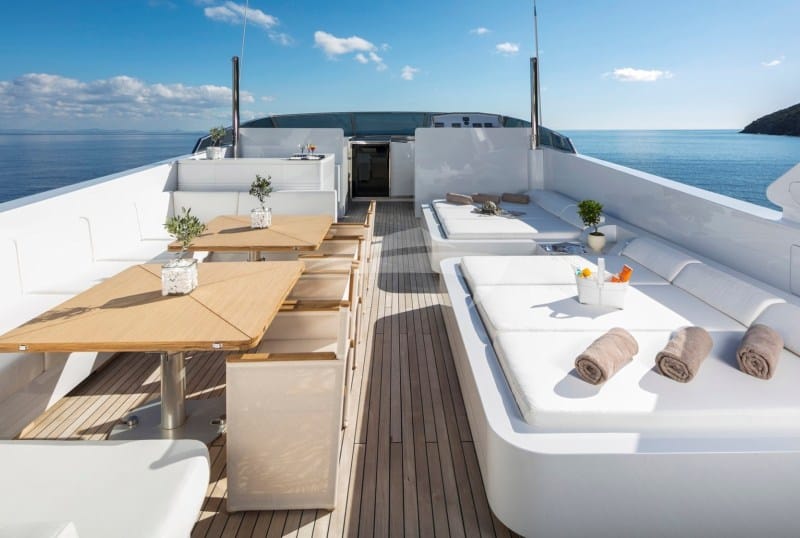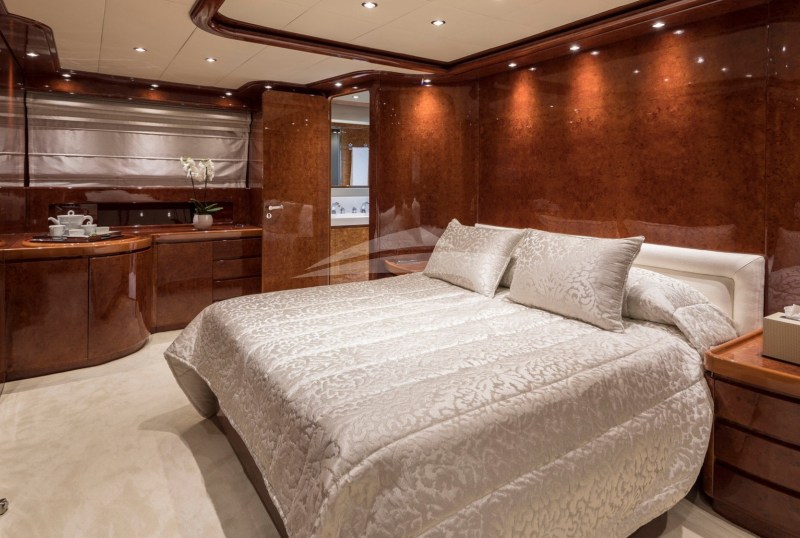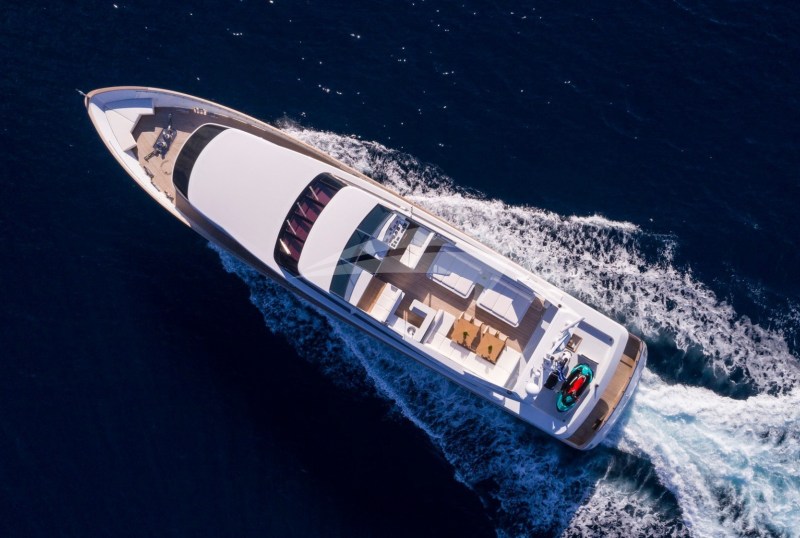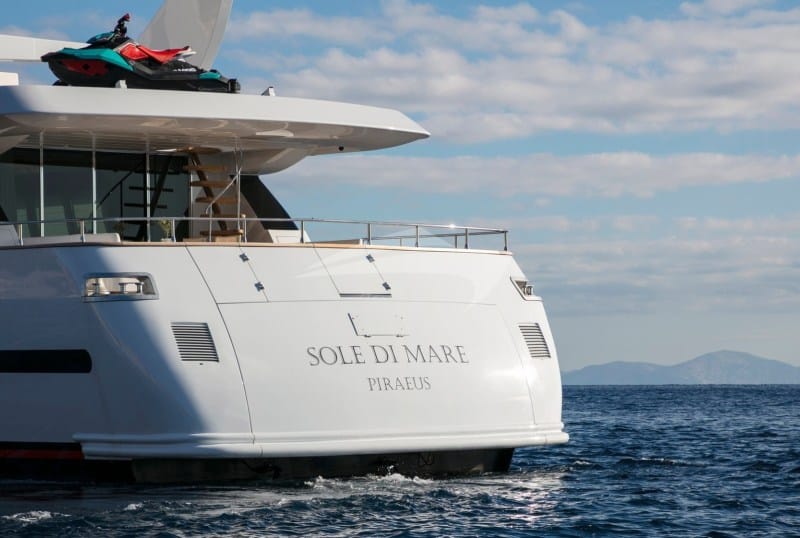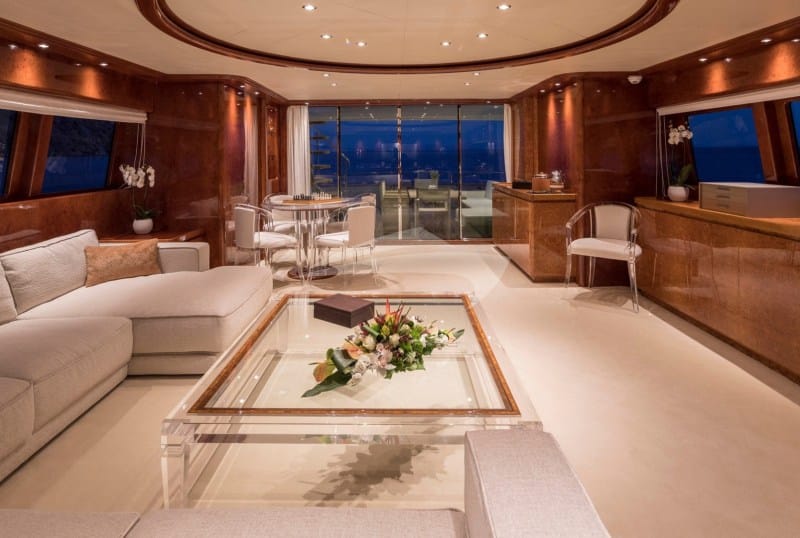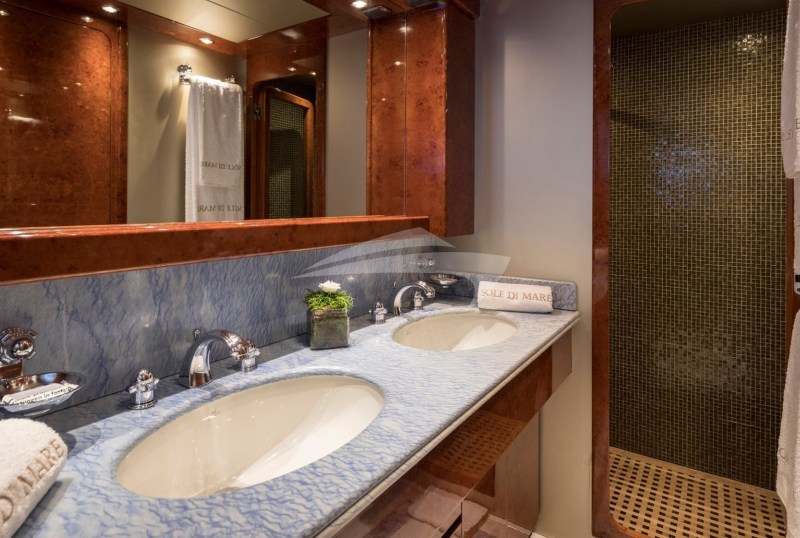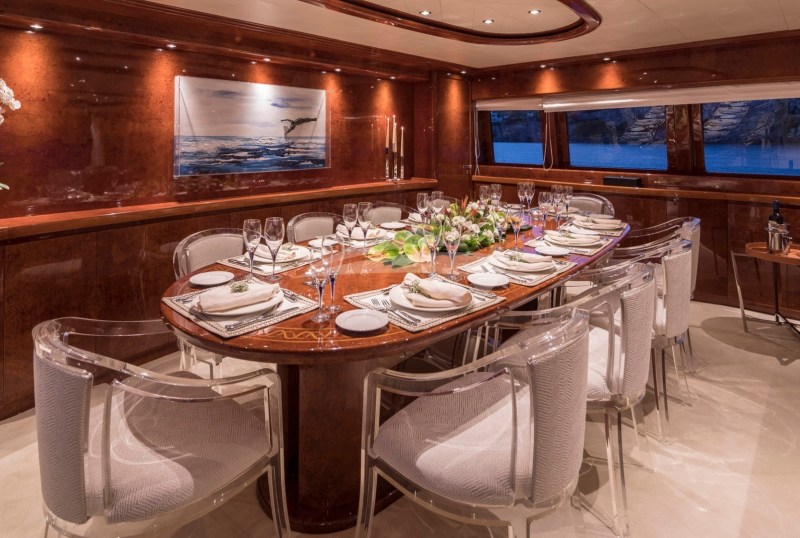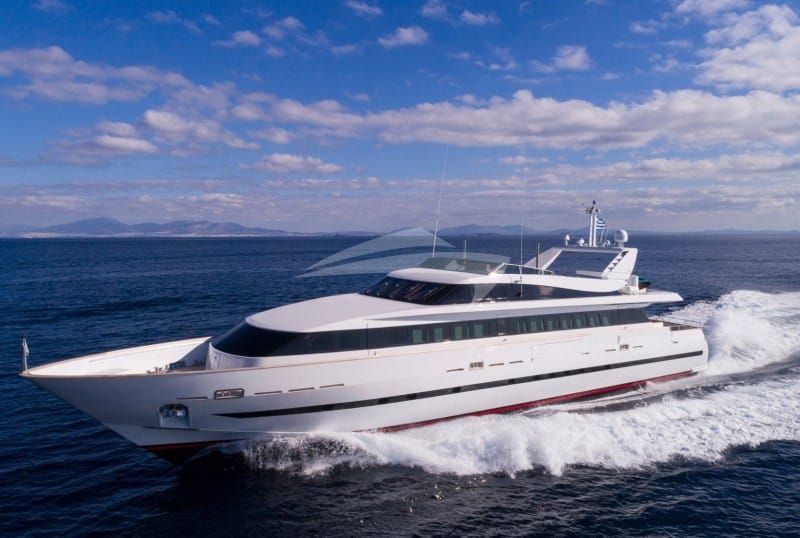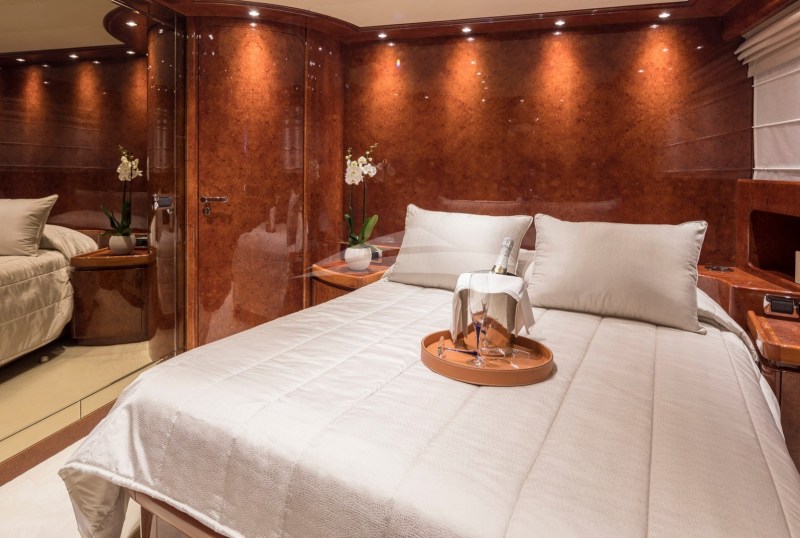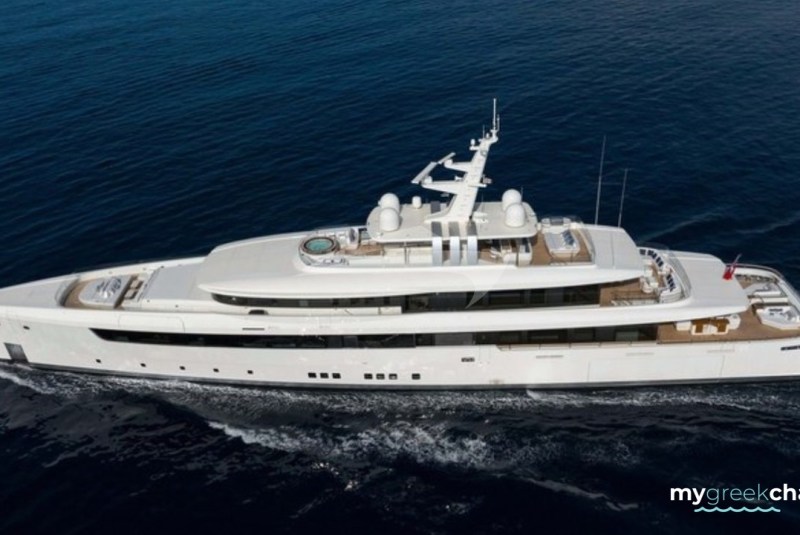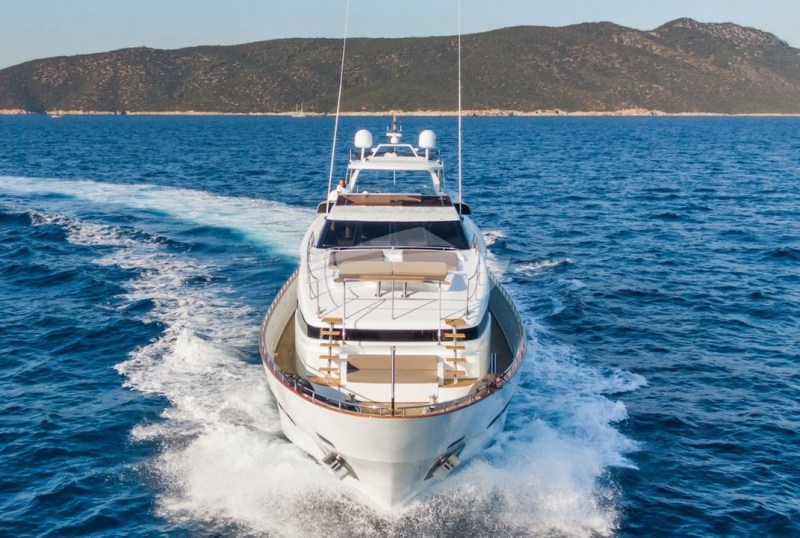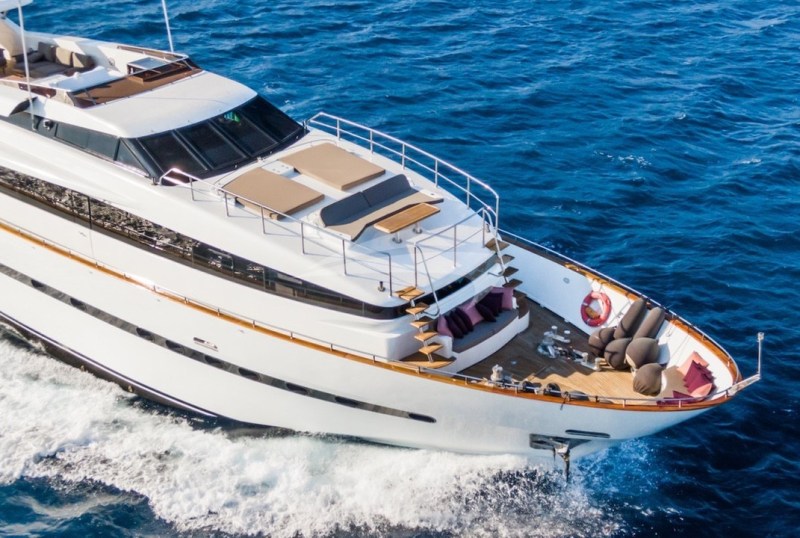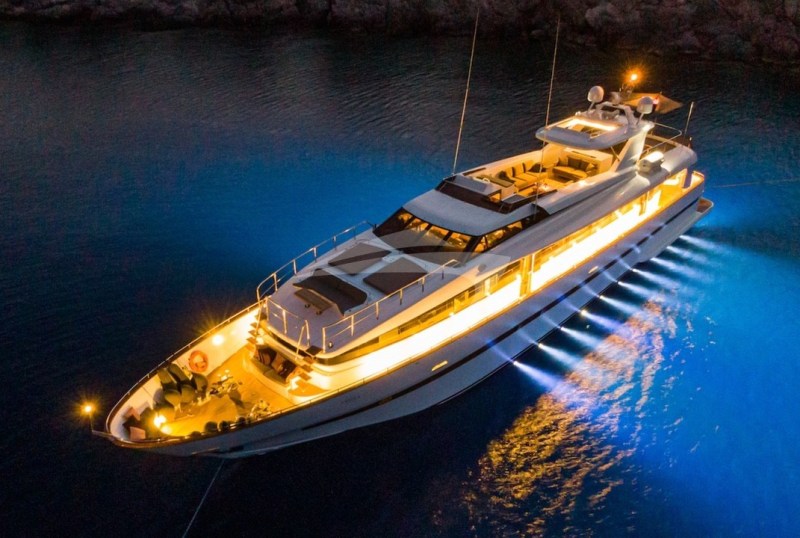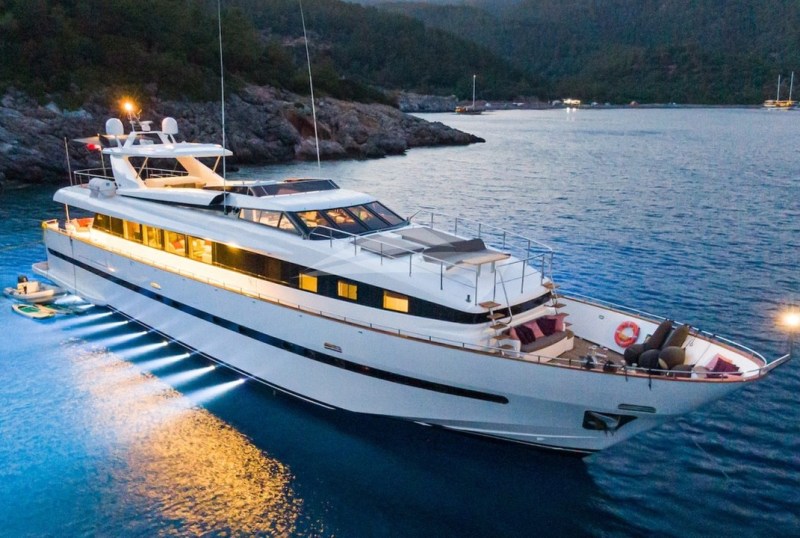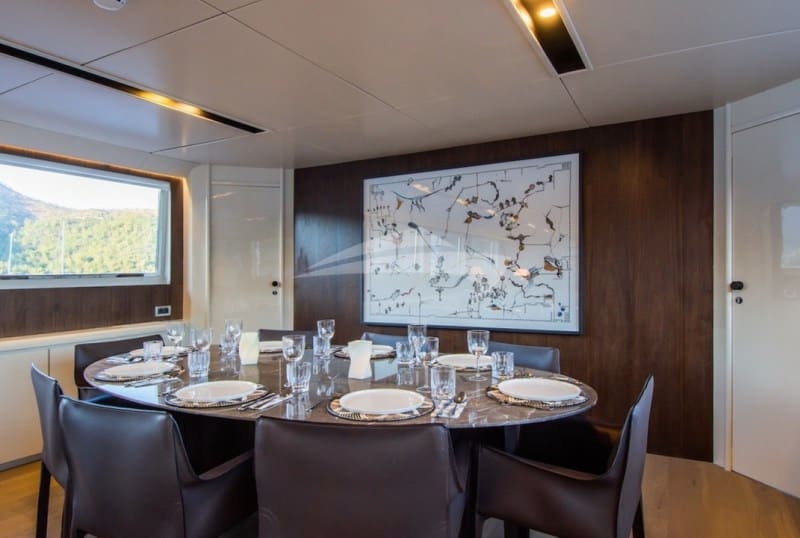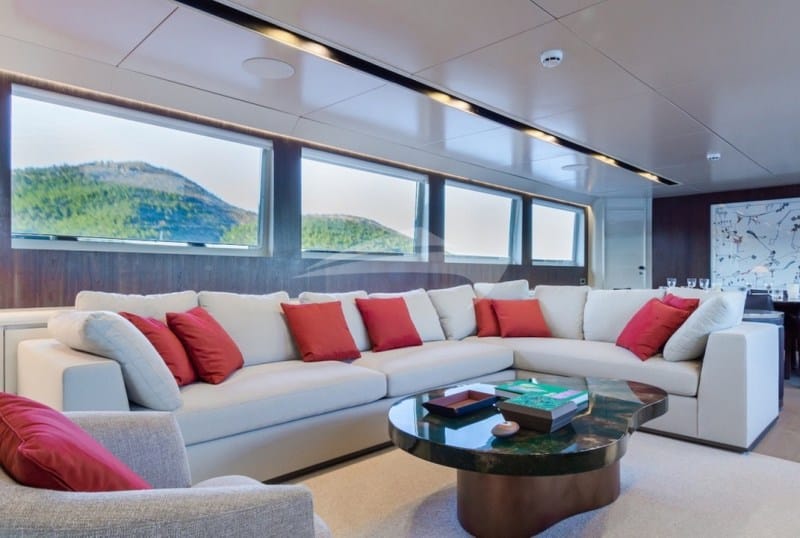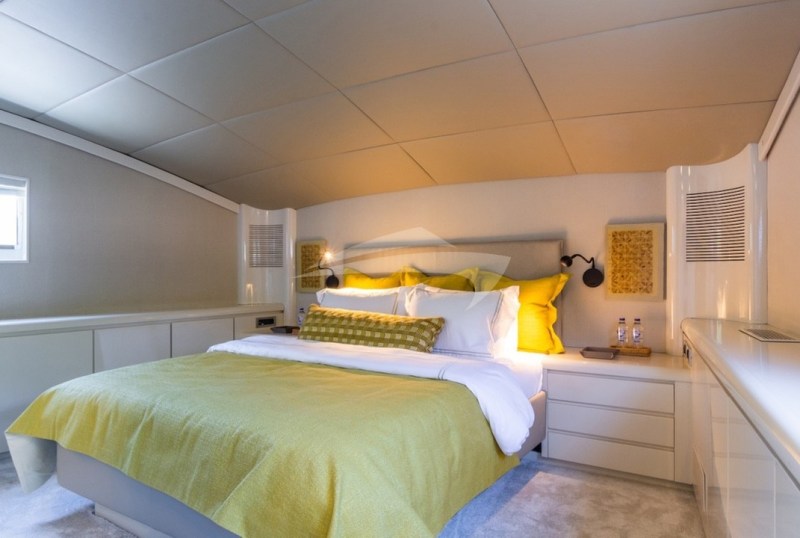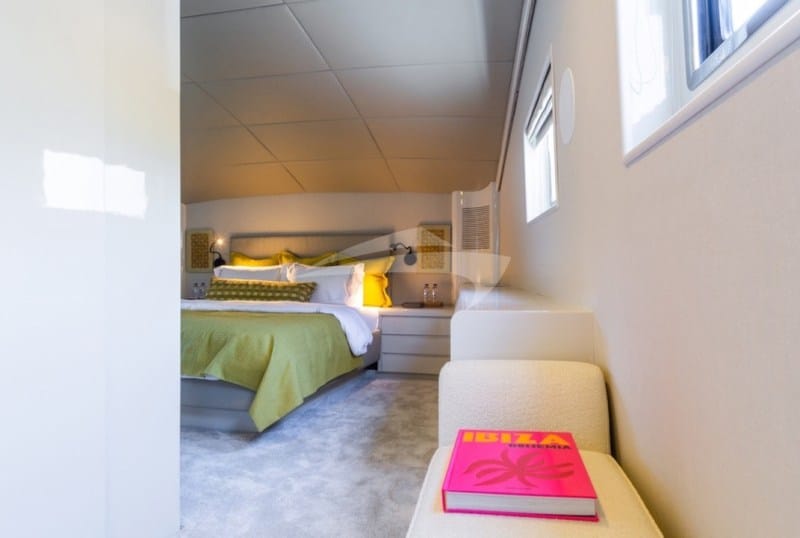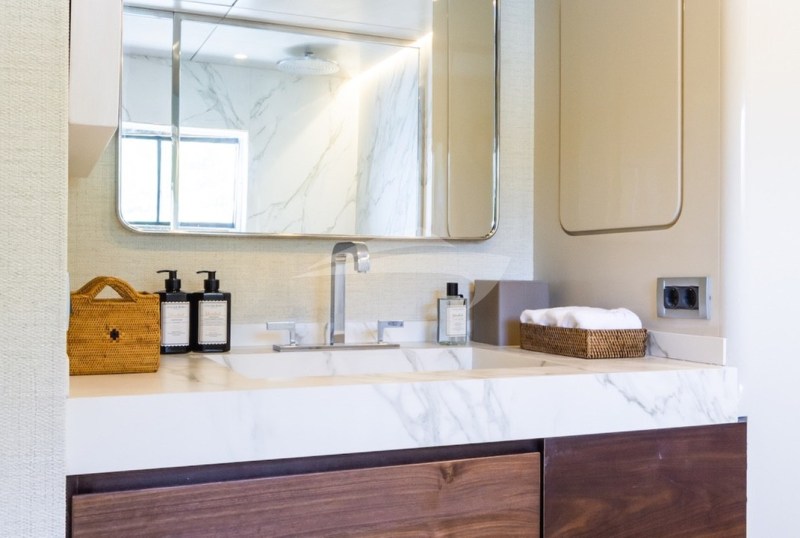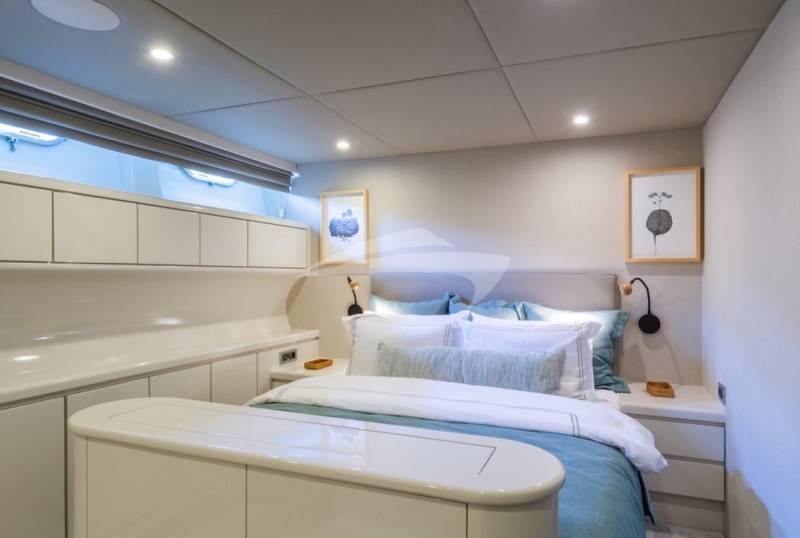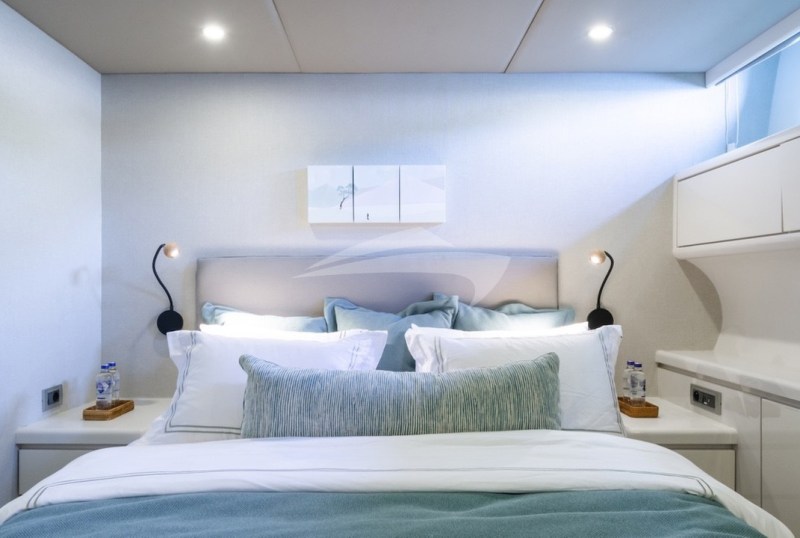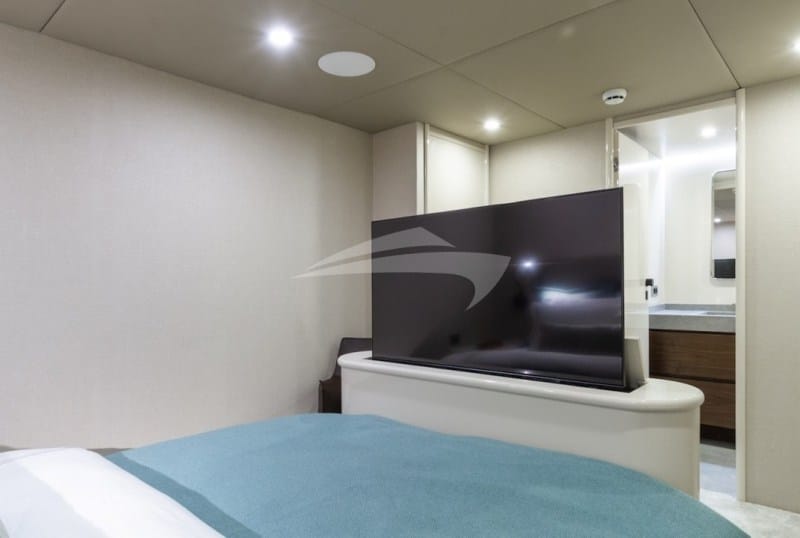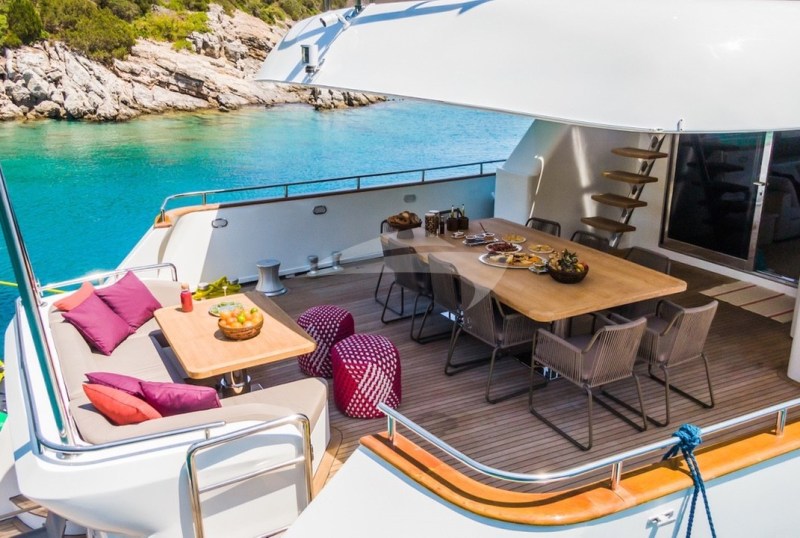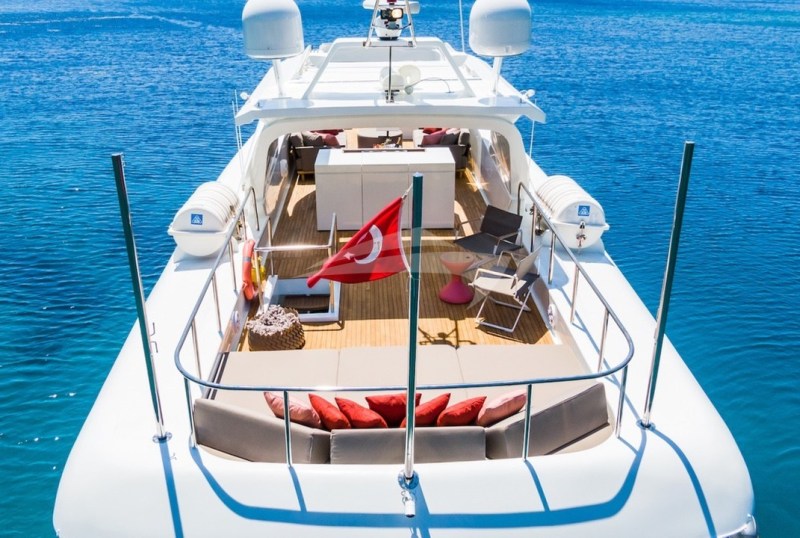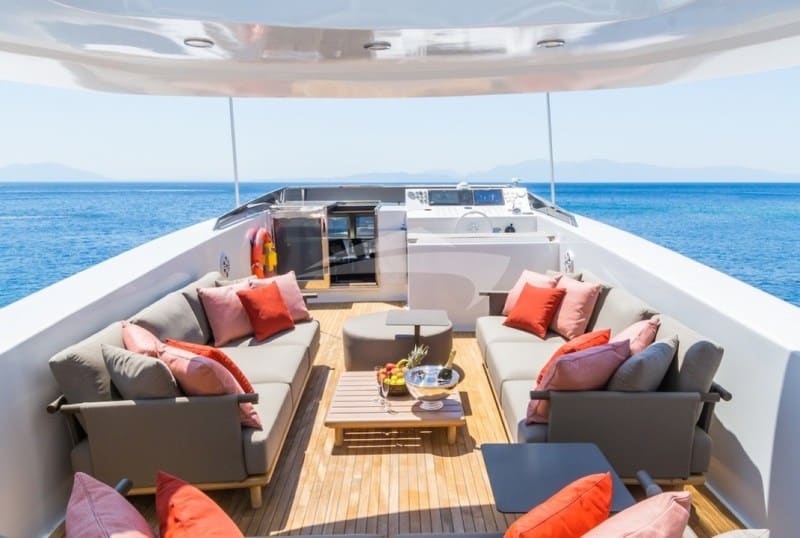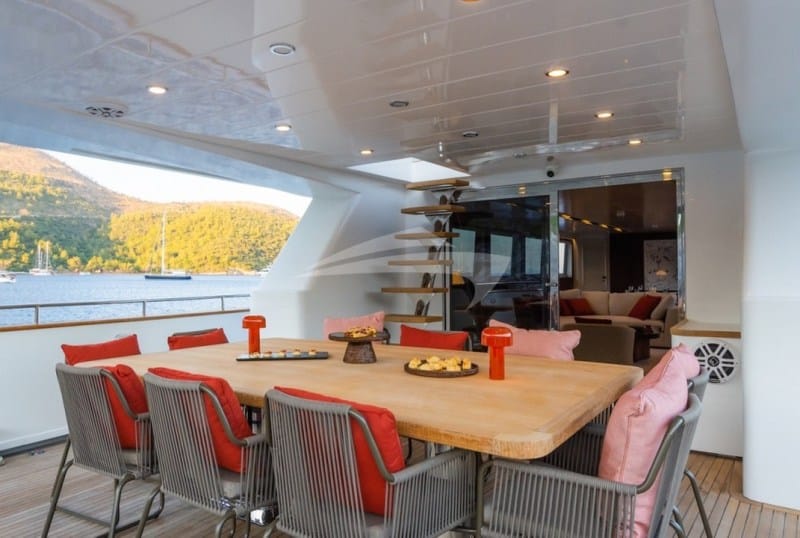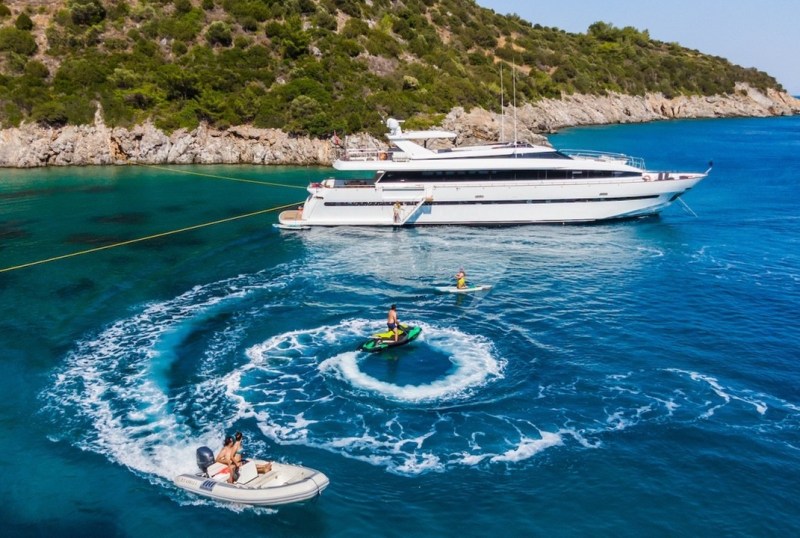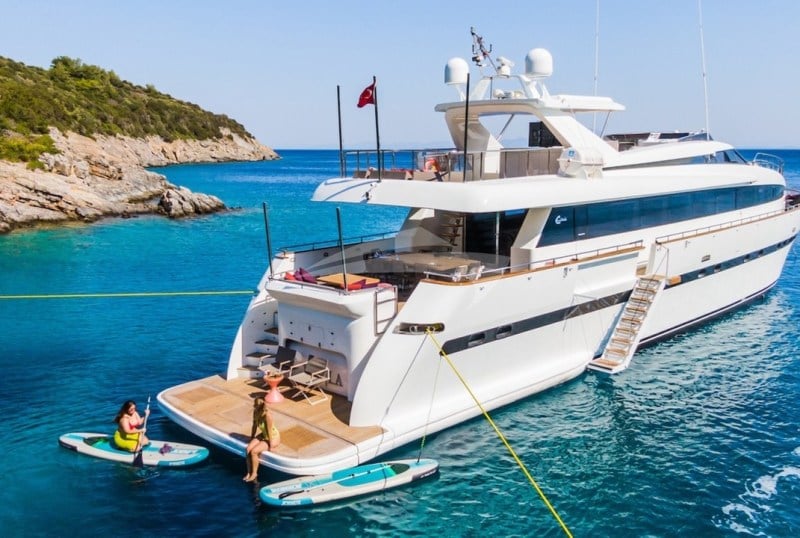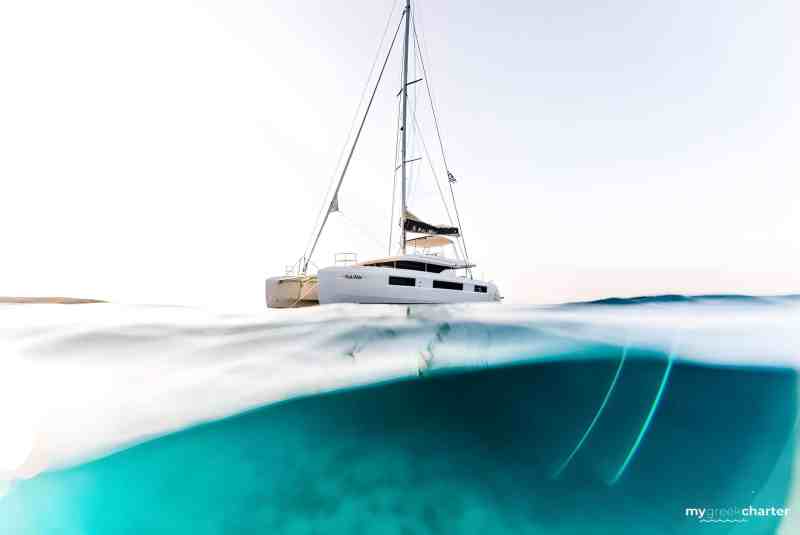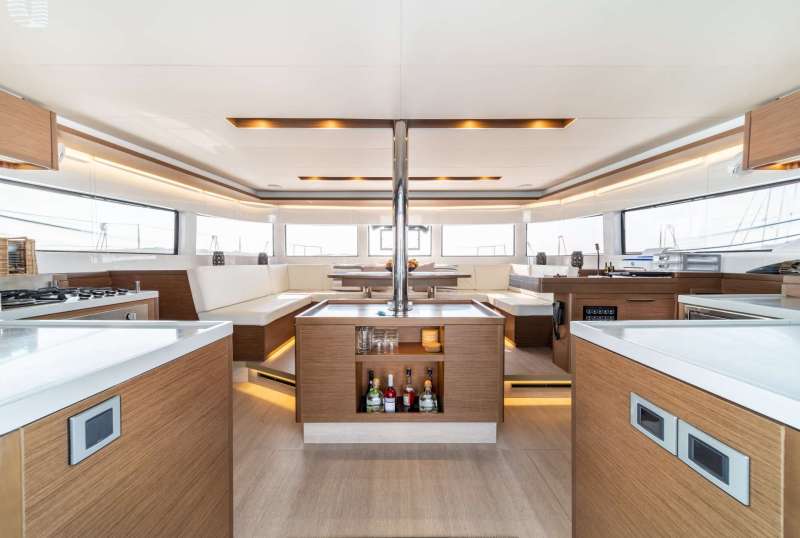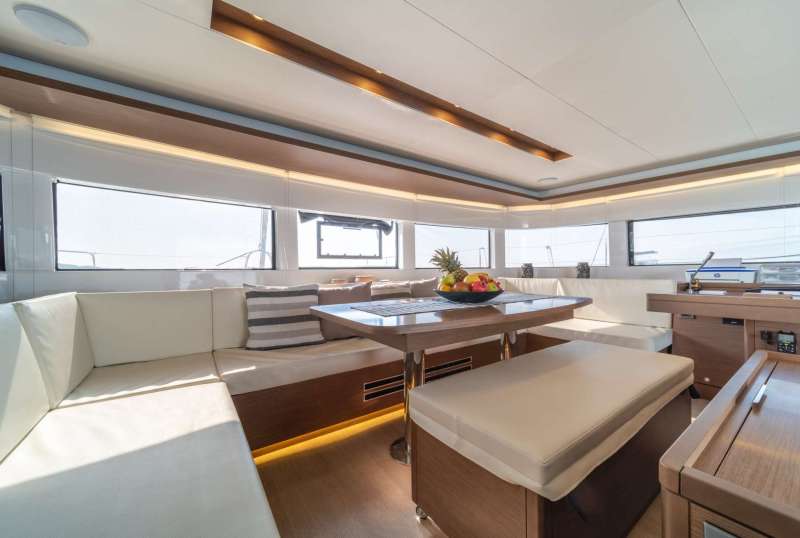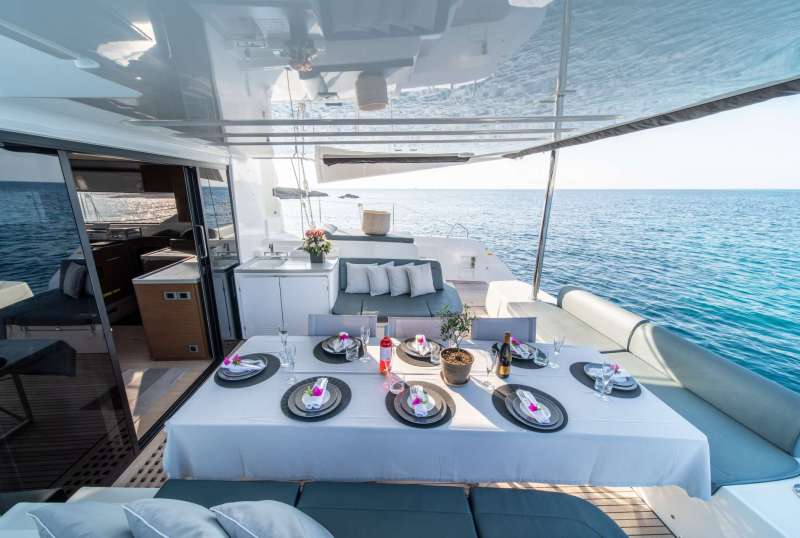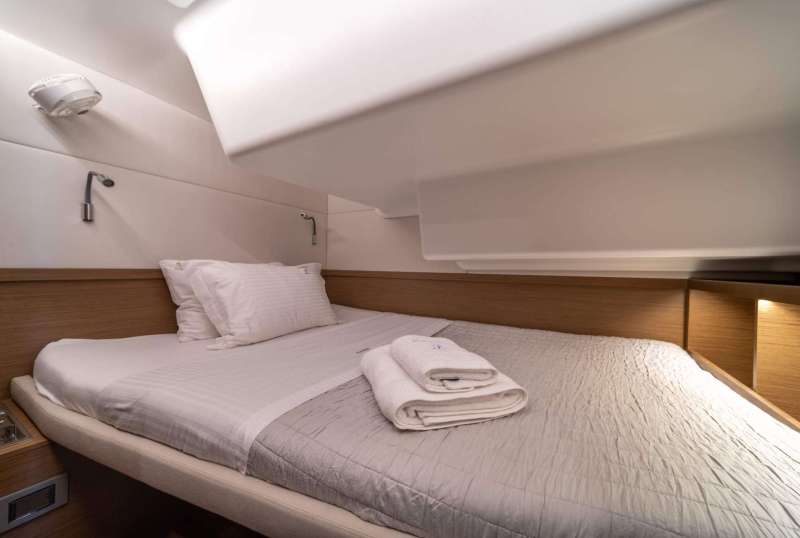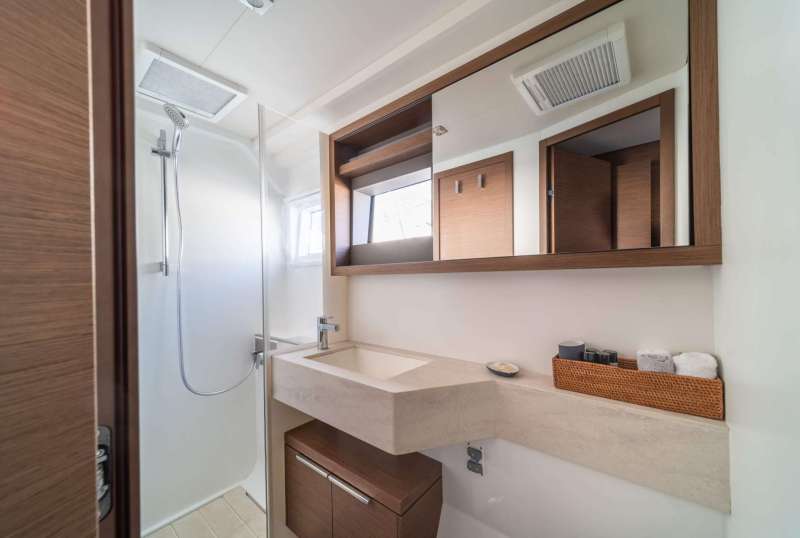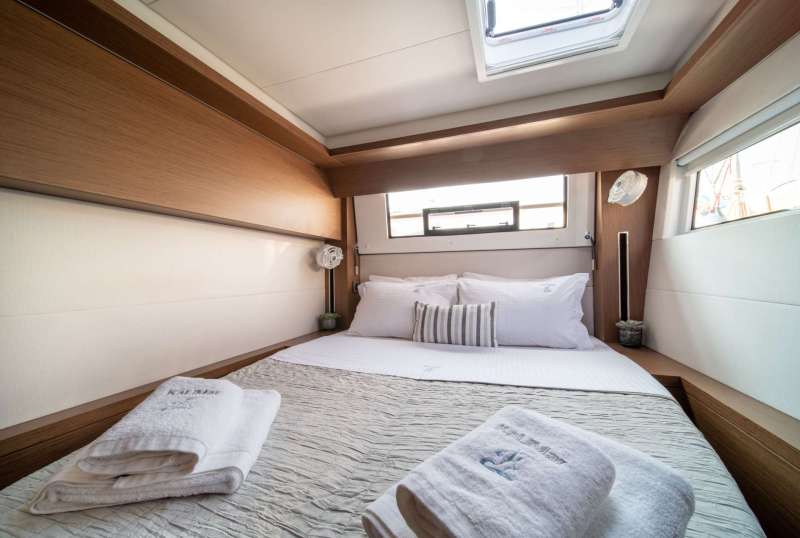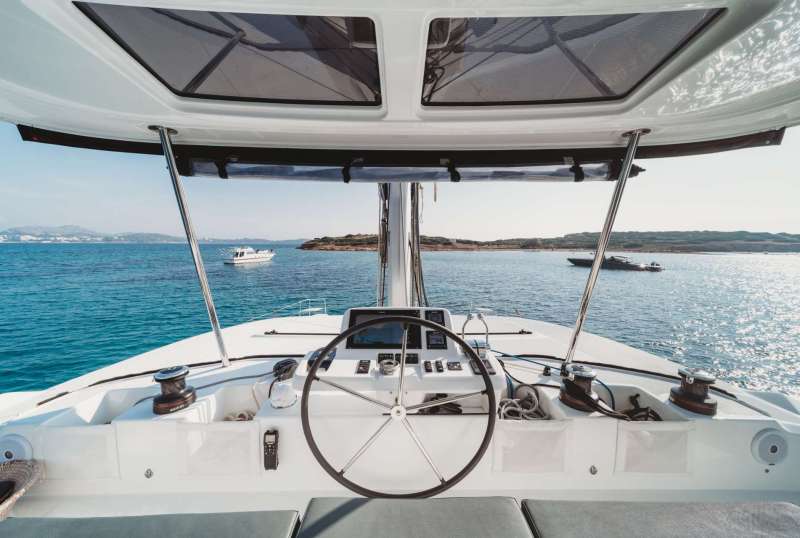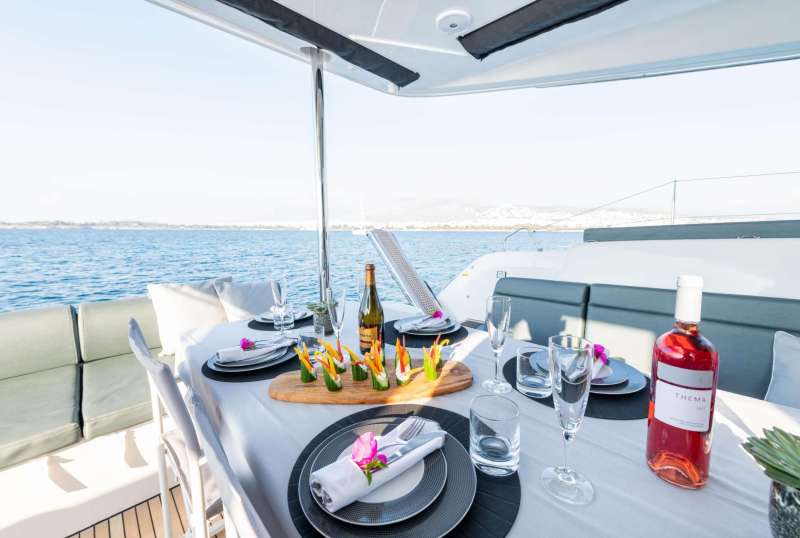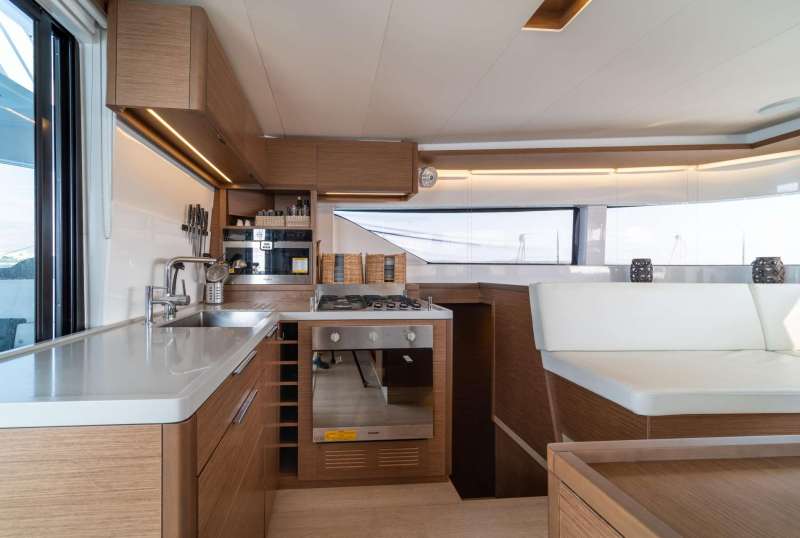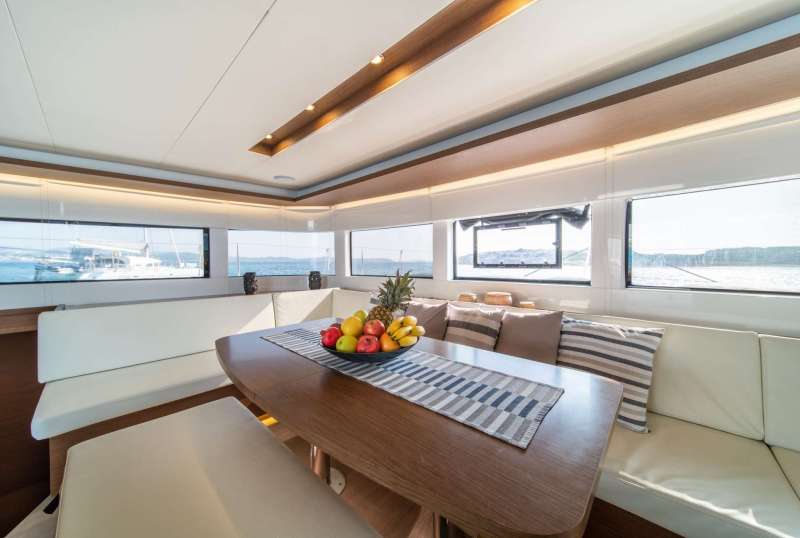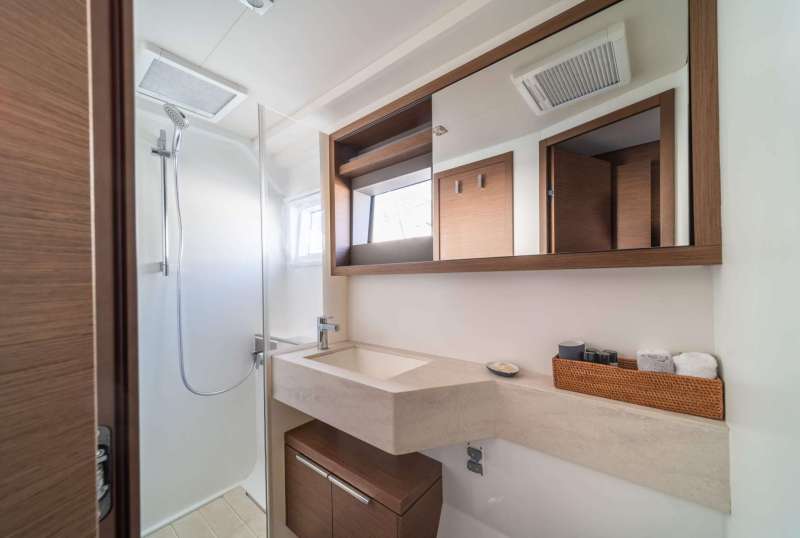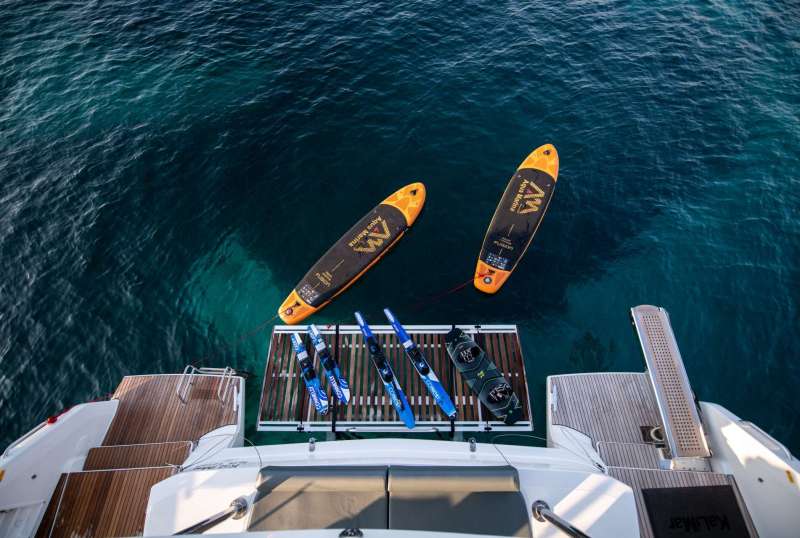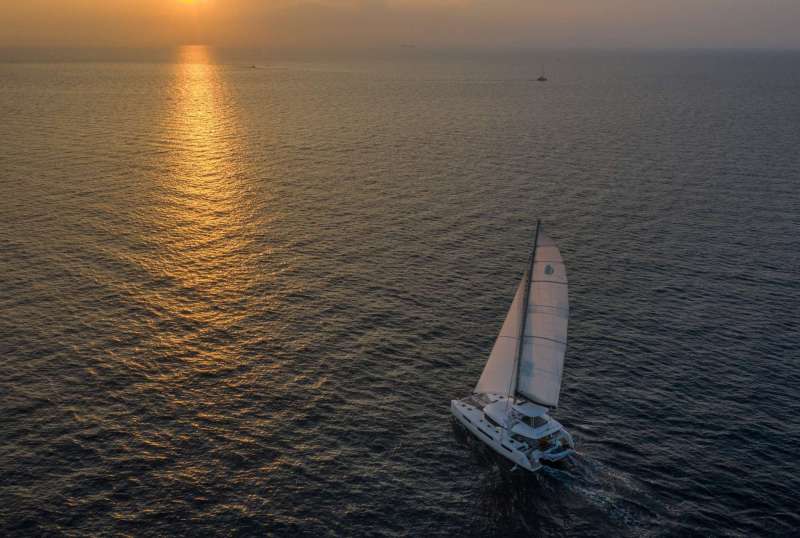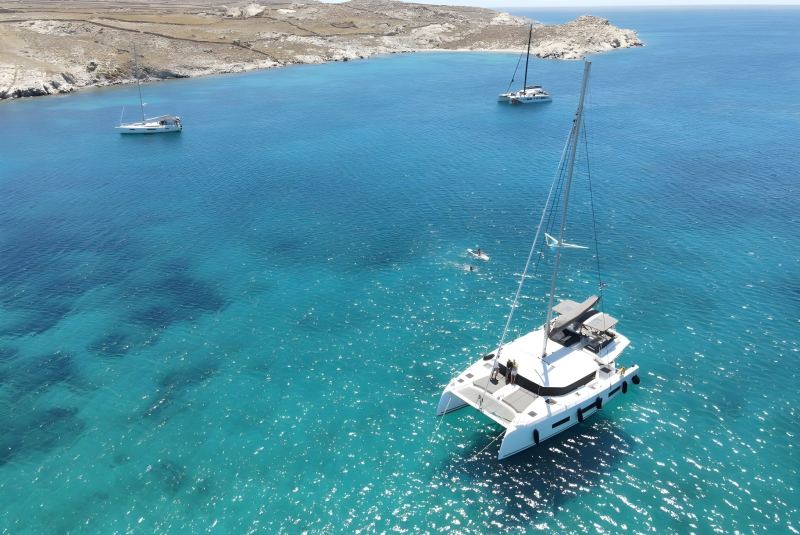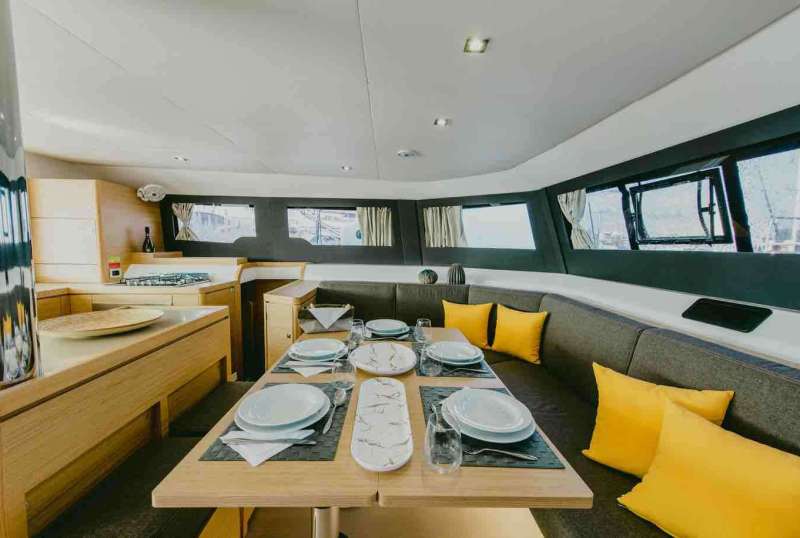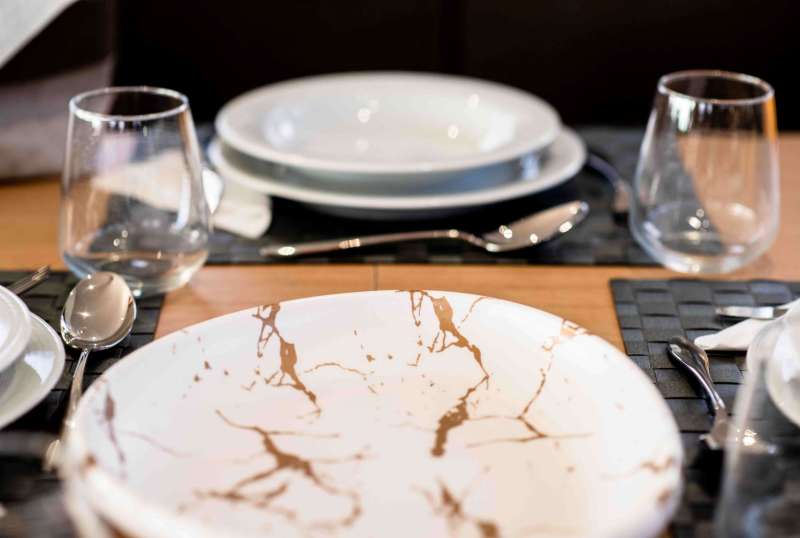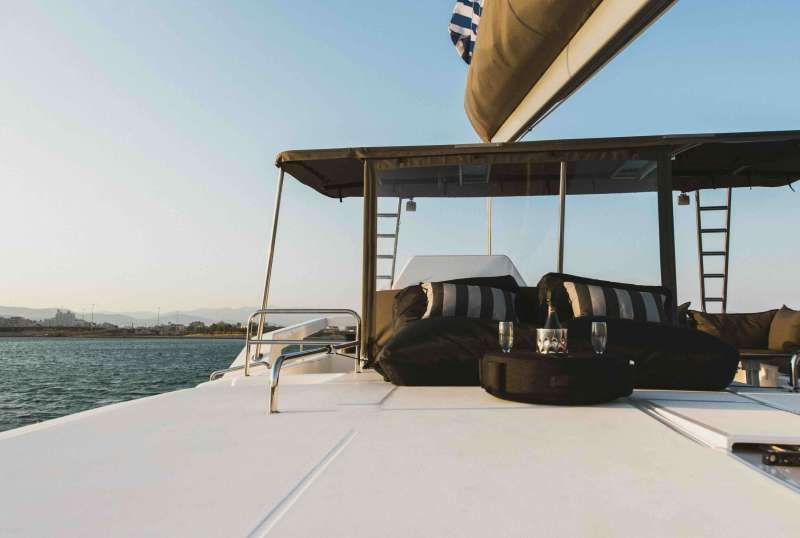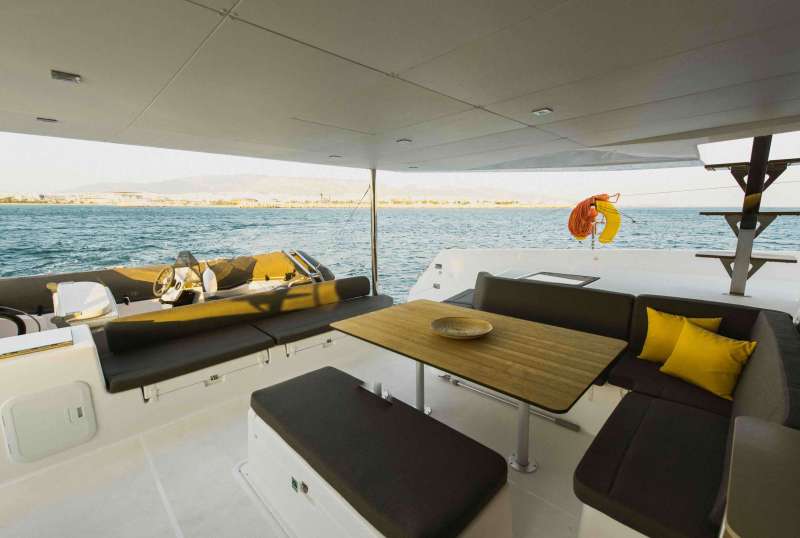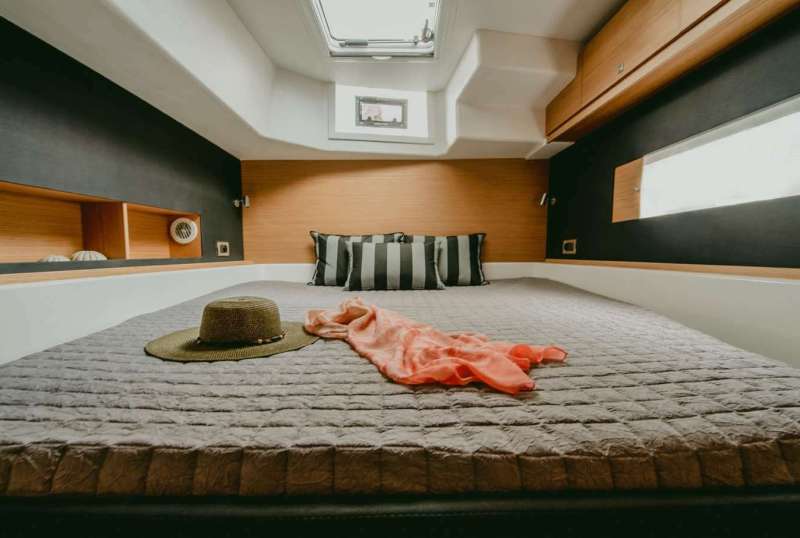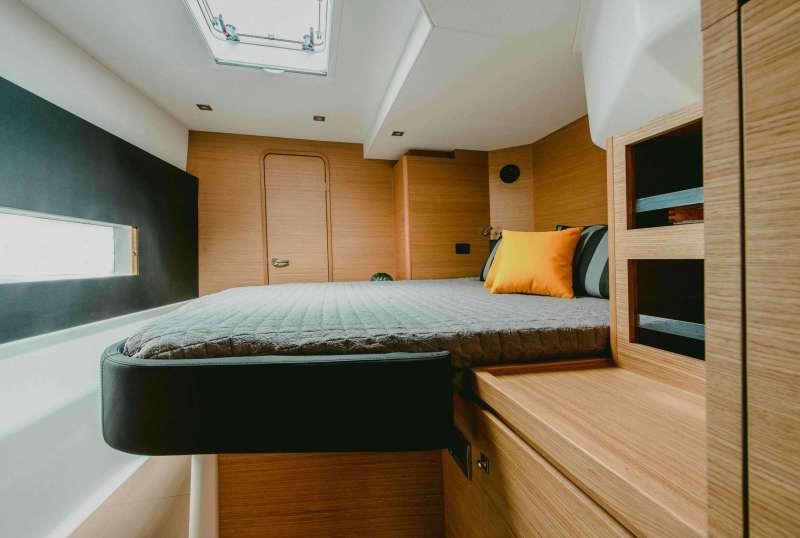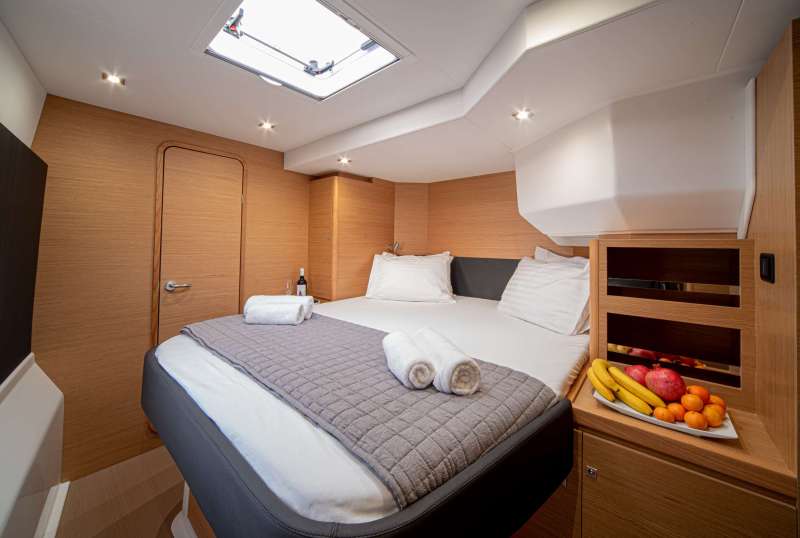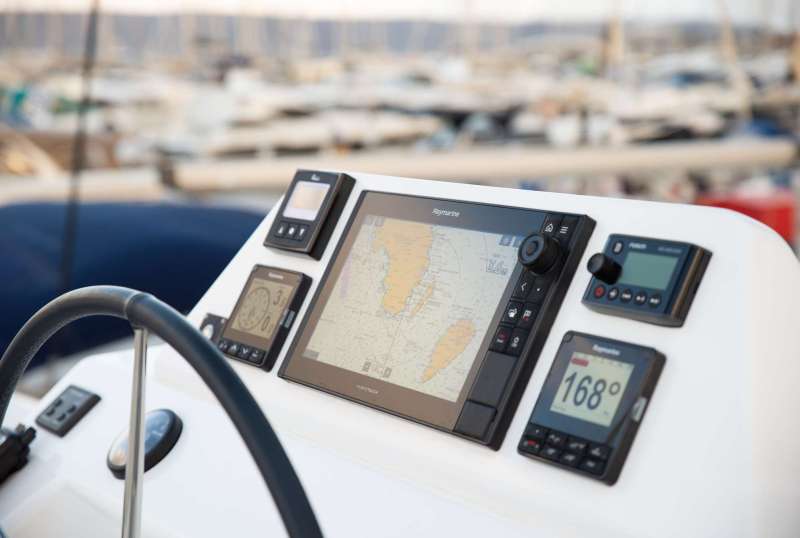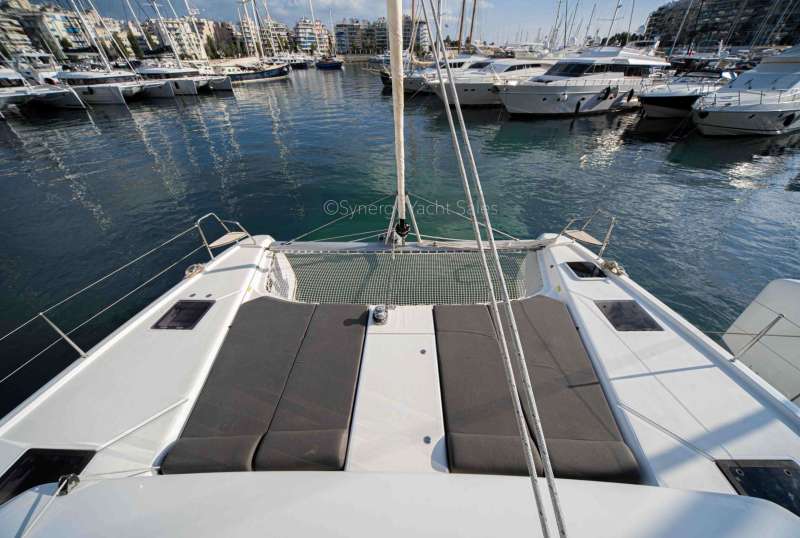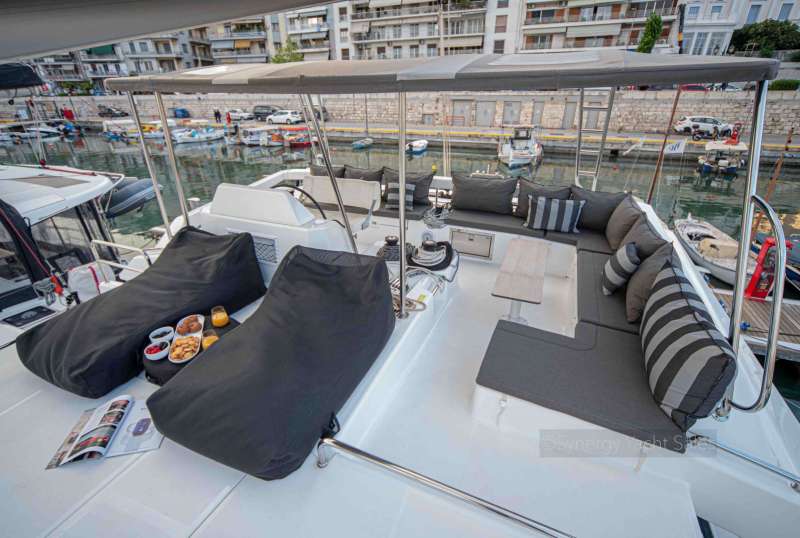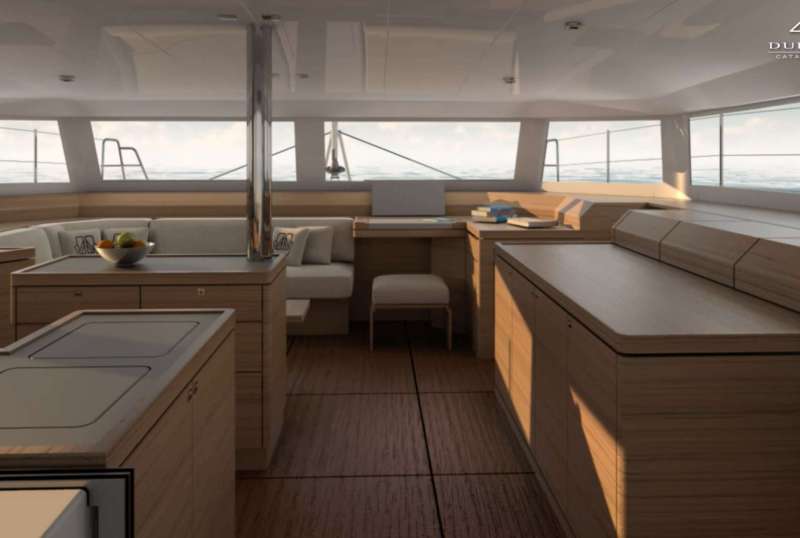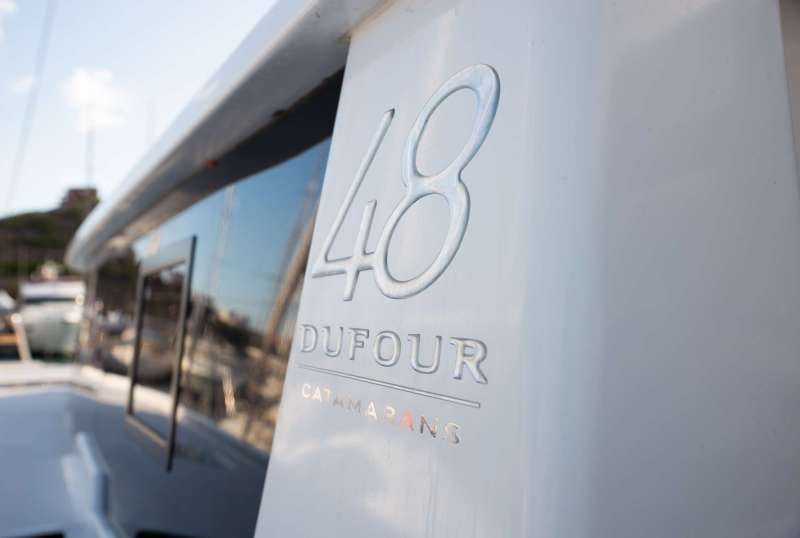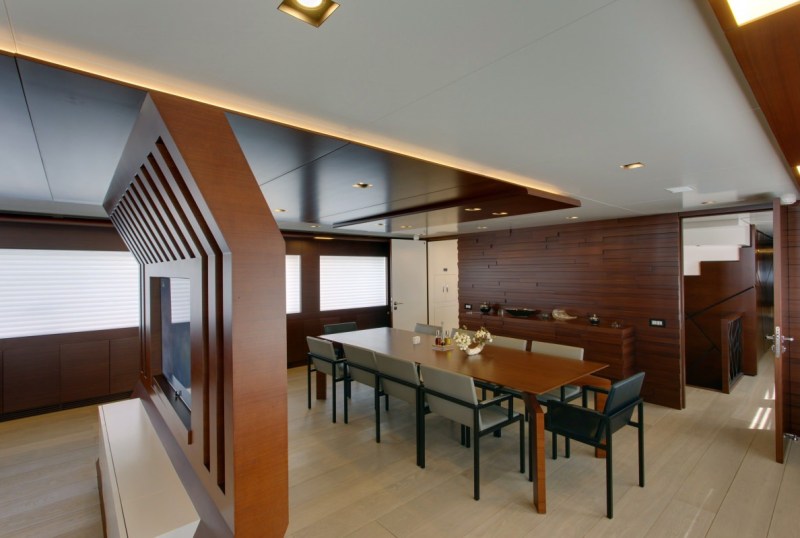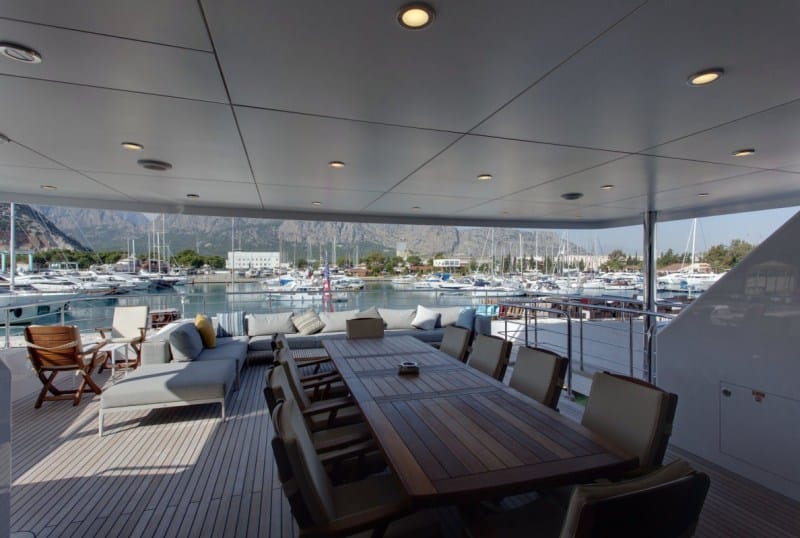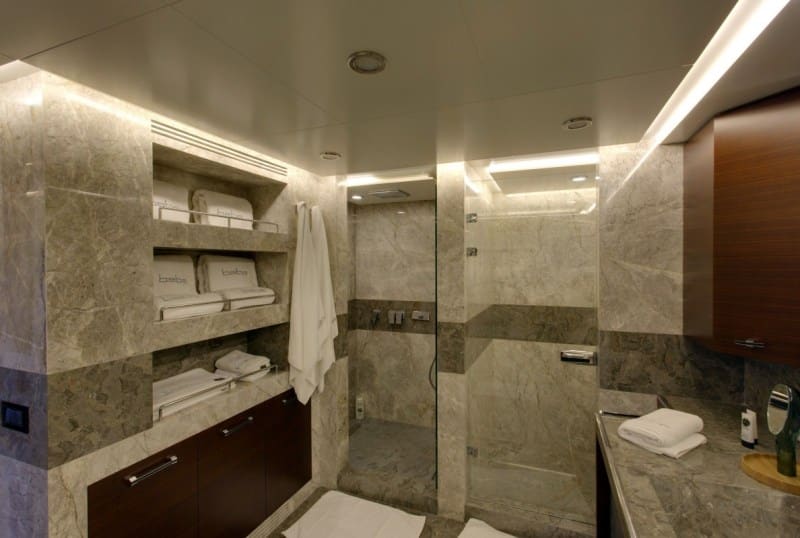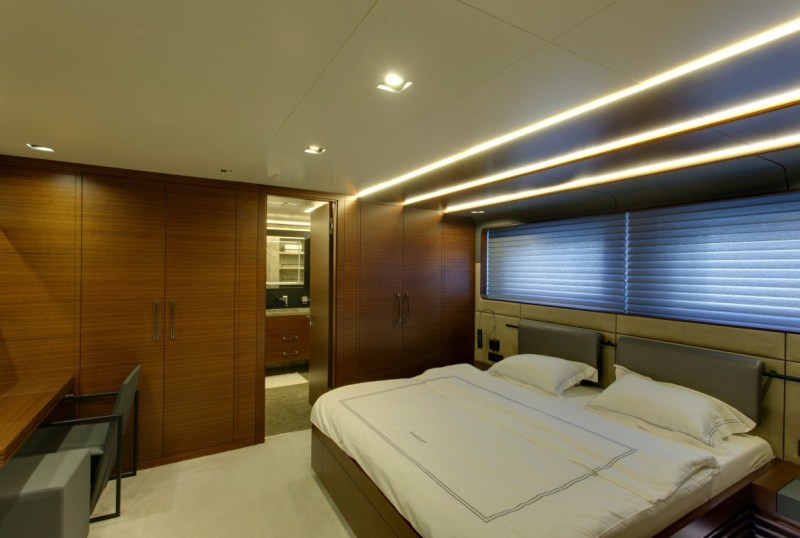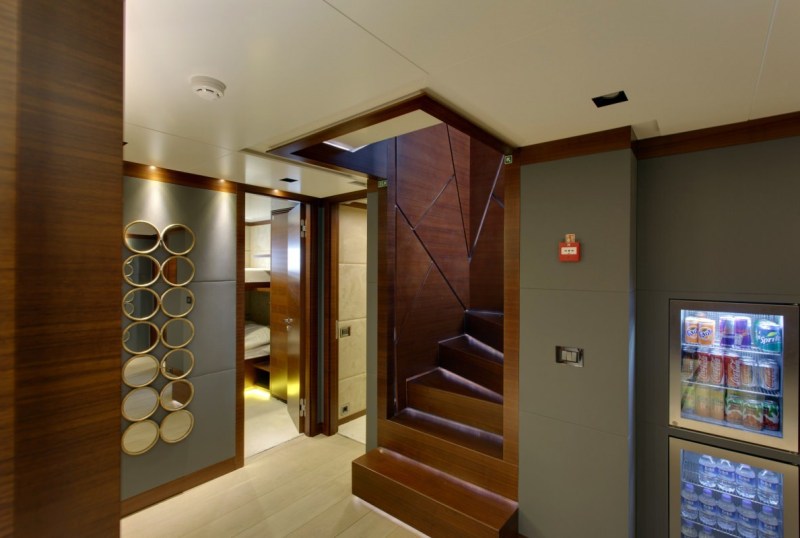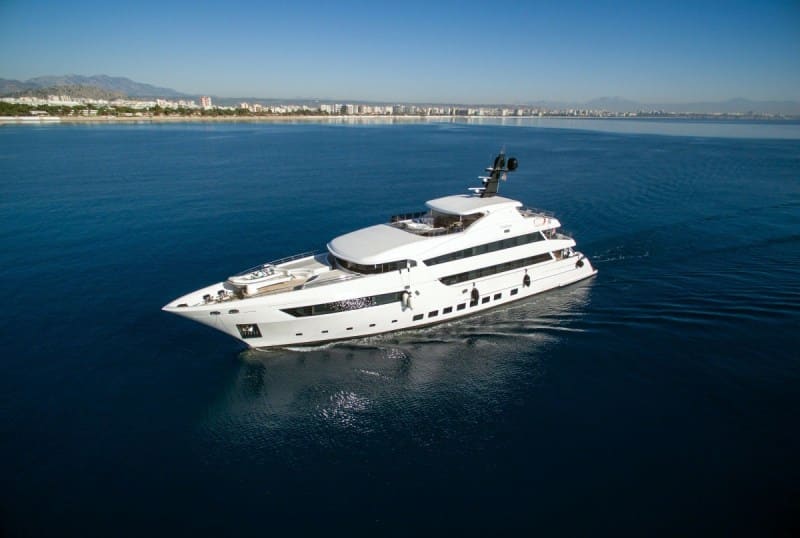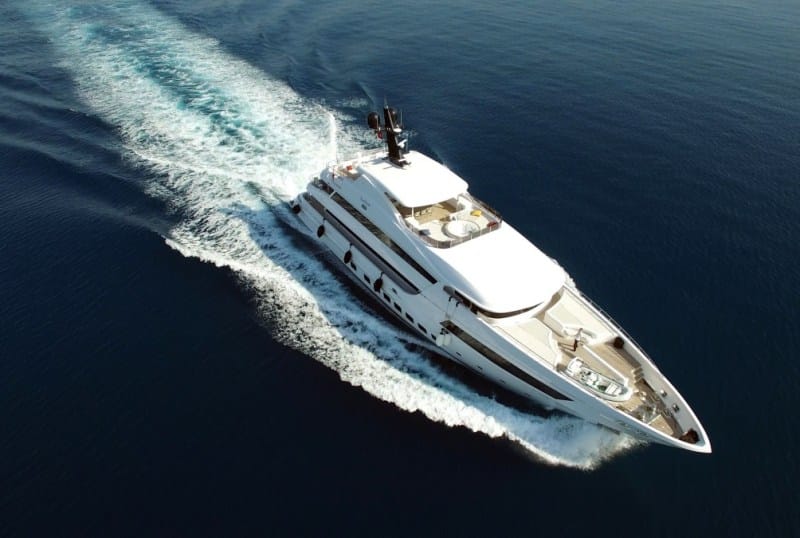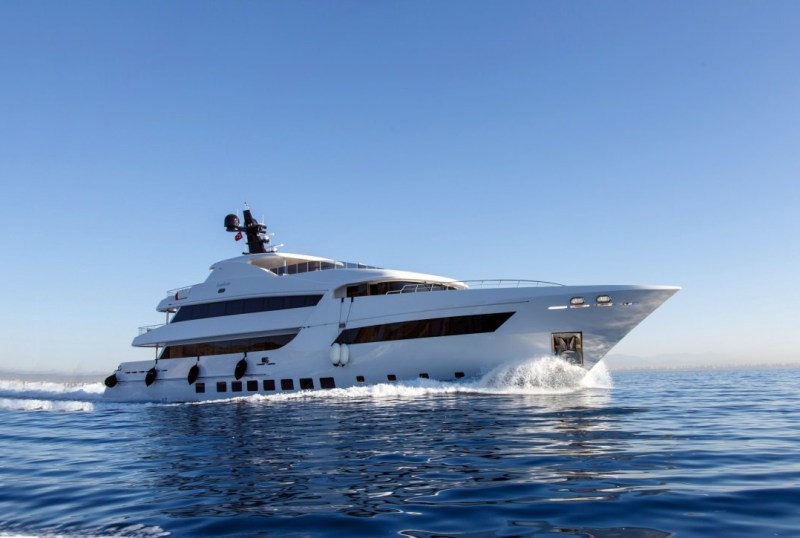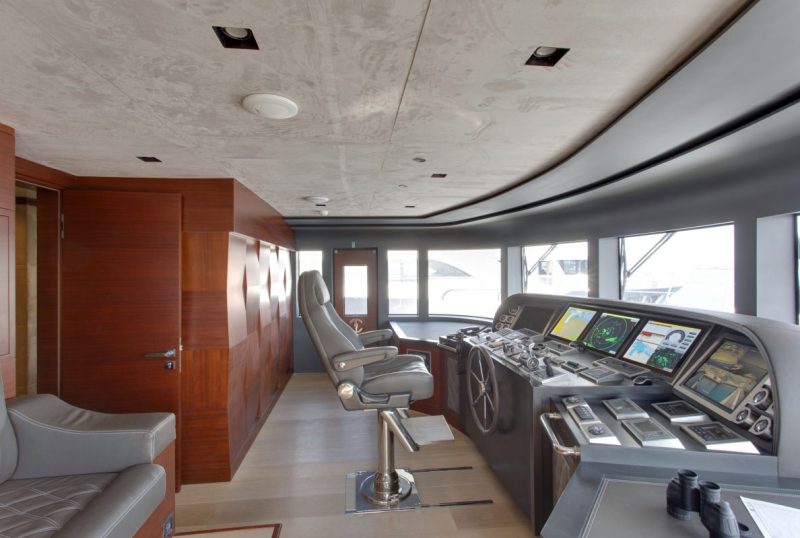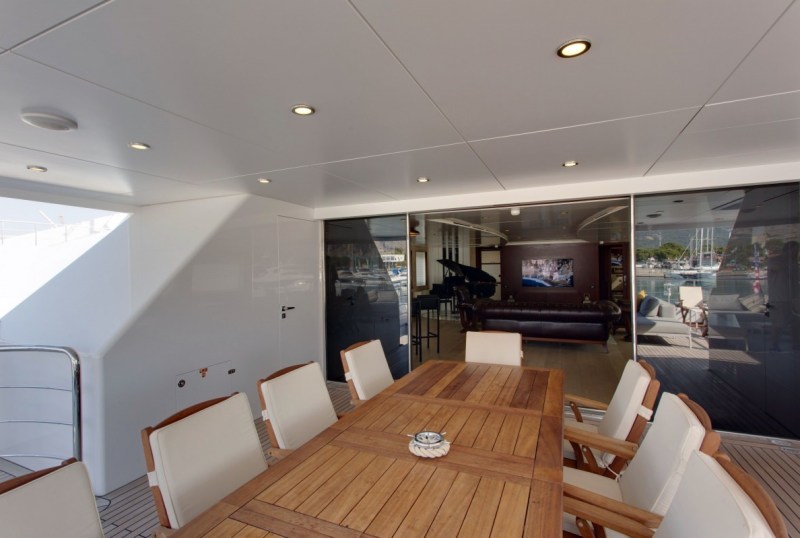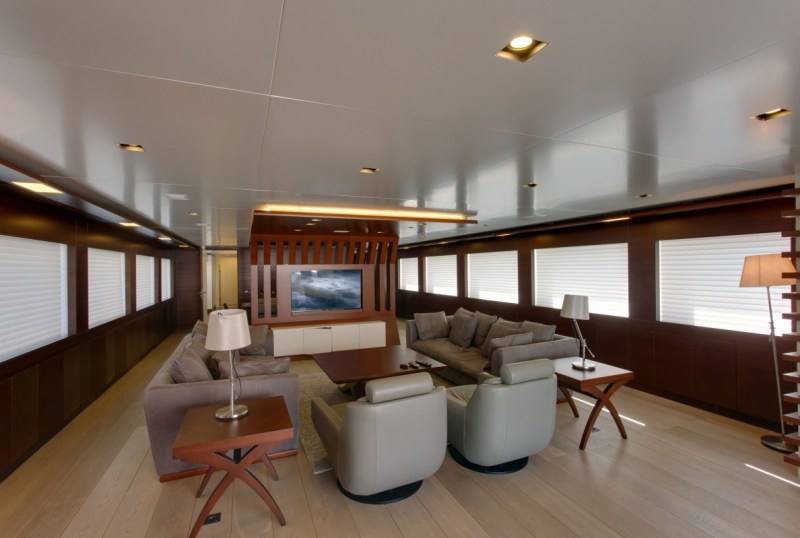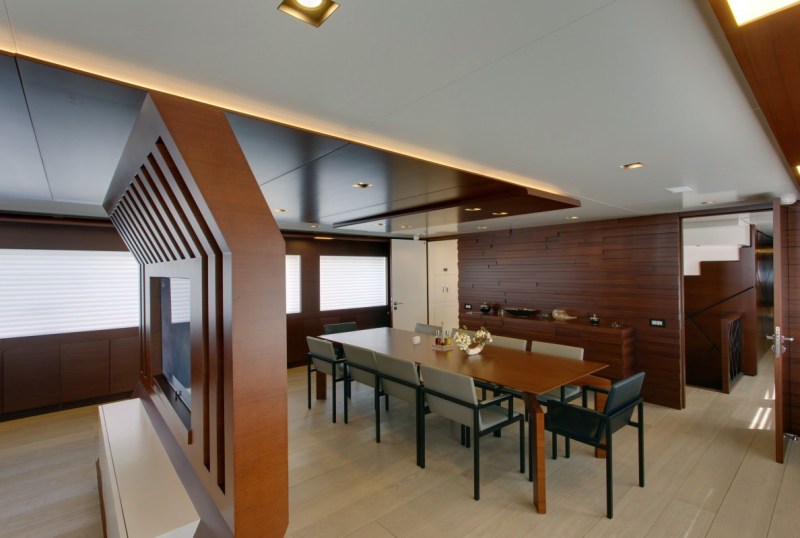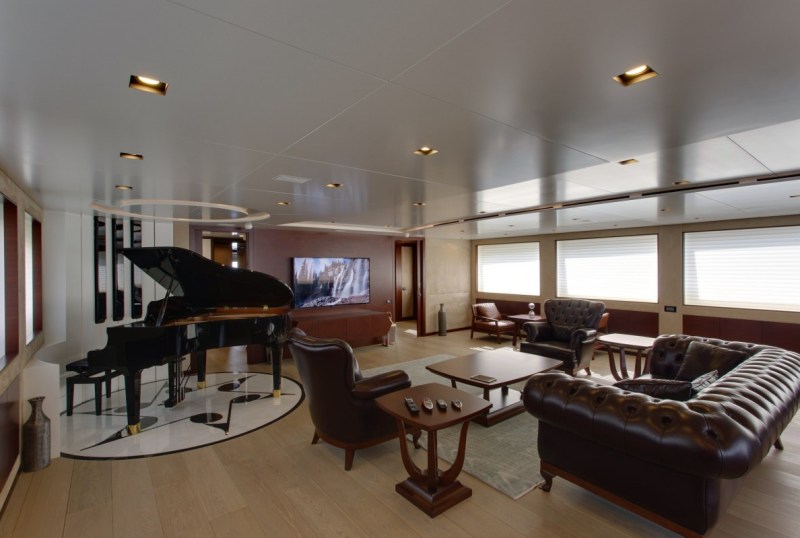ISLAND OVERVIEW
Paros, one of the most popular of the Cyclades islands is a unique mix of traditional Cycladic architecture, historical monuments, and modern – rich nightlife, amazing sand beaches stretching along 120 – km coastline, charming cliff-top villages, mountains, delicious food, and watersports.
Only a short ferry ride away from Athens, Paros is easily accessible from Rafina and Piraeus Port. Being close to other popular Cyclades islands, such as Mykonos and Santorini, makes Paros is also a perfect spot for island hopping.
In the past, Paros was known for its fine white marble found at the Marathi Quarries where the term “Parian” came from to describe marble or porcelain of similar qualities.
Now, you can spot abandoned marble quarries and mines scattered around the island, many artworks and masterpieces made of marble such as the Temple of Apollo on Delos, the Venus of Milos, the statue of Hermes (Praxiteles) at Olympia, and many others but Paros remains mostly a popular tourist spot.
Whether you’re into exploring Cycladic traditional, historical gems or after a relaxing vacation with sunbathing and vivid nightlife, Paros is the best choice for you!
HISTORY OF PAROS
Due to the findings on the islet of Saliagos, located between Paros and Antiparos, we know that the island has been inhabited since 3200 BC. According to mythology, the first king of Paros, Cretan Alkaios built a city on the site of the present capital of Parikia. Back then, Crete was trading with Egypt, the Balkans and Assyria.
Thanks to its central of the Cyclades location and fertile land, Paros became a perfect strategic spot where the Cretans built a naval station, calling it Minoa, a title in honor to Royal Cretan cities. In 1100 BC, the Ionians came to conquer the island and destroyed Minoans’ civilization becoming rulers of Paros.
Paros carries traces of Macedonian empire domination which was the prosperous period for the great discoveries like the ancient pottery workshop in Tholos, with its beautiful artworks, and the ancient cemetery of Parikia. Other influences come from Byzantine Empire rule when Paros’s inhabitants converted to Christianity, building many churches, chapels, and monasteries. Among those, the most famous is the Church of Ekatontapiliani in Parikia, considered the most important Byzantine monument in Greece.
Venetians and the Turkish rule also left marks in historical monuments, buildings, and churches. After the Greek Revolution in 1821, Paros gained Independence and became part of the modern Greek State.
REASONS TO VISIT
Paros is a quite popular island among the Cyclades and due to its cosmopolitan feel mixed with its Cycladic traditions it has many different faces and creates an unforgettable sightseeing atmosphere. If you’re a party animal, dive into Paros’s vivid nightlife with its many clubs, relax at the most popular sandy beaches like Santa Maria, Golden Beach Paros, Punta, and Kolymbithres or try watersports such as windsurfing and kitesurfing. If you’re more into chill-out vibes, wander around in rural villages and choose secluded beaches and simply have a great Greek vacation experience!
THINGS TO DO
Take a stroll through iconic Naoussa and Parikia
Parikia and Naoussa are the two main, beautifully developed villages of Paros and the heart of the island’s nightlife. Full of traditional taverns, chic restaurants, and posh bars, they welcome young crowds every night. In addition to its cosmopolitan vibes, both towns preserve their Cycladic identity and traditions, with their architecture of cubic, whitewashed buildings that are mainly low-ceiling with blue accents – typically doors, window frames, and balconies. Stroll down cobblestone streets, and enjoy an exciting culinary scene and various cultural events to grasp the island’s balance between tradition and modernity.
Grab a bite at the traditional tavern
Summer vacation on the island without tasting delicious Parian delicacies doesn’t count! Paros values its Greek identity and flavors in its gastronomic scene. The various seafood taverns, modern, luxurious Greek restaurants embrace their guests to taste the finest, fresh local products and typical regional delicacies like famous octopus grilled on charcoal and gouna (mackerel dried in the sun with herbs and then grilled).
Sunbathe, dive into crystal clear waters and enjoy watersports at the beaches
The island’s beautiful seashores and crystal clear waters will surely make any vacation in Paros relaxing and enjoyable. You can choose from the unique Kolymbithres beach featuring amazing rock formations and little coves to the long, gold sandy bays with a party scene of Santa Maria, Chryssi Akti, Aliki, Pounda, Livadia, and lesser-known quiet ones like Farangas and Boudari. Paros is also blessed with meltemi wind which makes it a great windsurfing and kitesurfing spot with professional sports centers for both beginners and more advanced.
Hike in Paros Park
The Paros Environmental and Cultural Park, situated on the Agios Ioannis Detis peninsula, is an area of approximately 80 hectares of astonishing caves, rock formations, hidden coves, and seashores with crystal clear waters in an authentic Cycladic landscape. The main, organized beach of Monastiri is a well-protected and secluded shore located within Agios Ioannis Detis’ rocky bay. It’s a big beach with white sand and shallow waters perfect for swimming, water sports, and seaside activities. You can also experience the wonderful scenery of the Park by hiking along the 3 existing charted Walking Paths, spanning over 7km and varying from easy to moderate. Admiring the captivating sunset at Cape Corakas Lighthouse will be worth the long hike!
Explore Cycladic monuments
If you’re more into sightseeing, Paros offers a plethora of monuments, churches, and museums to visit. Located near Parikia, the Monastery of Panagia Ekatontapiliani (Virgin Mary of the Hundred Doors) is one of the oldest churches in Paros. Tradition says that the church has 99 doors and a secret door will open when the church of Hagia Sofia in Constantinople will be Orthodox again. The small Venetian Castle in the old port of Naoussa was built in the 15th century and served as a watchtower. Only a part of this fortress survived and now it’s the most characteristic place of the town.
The anchorages on Paros:

